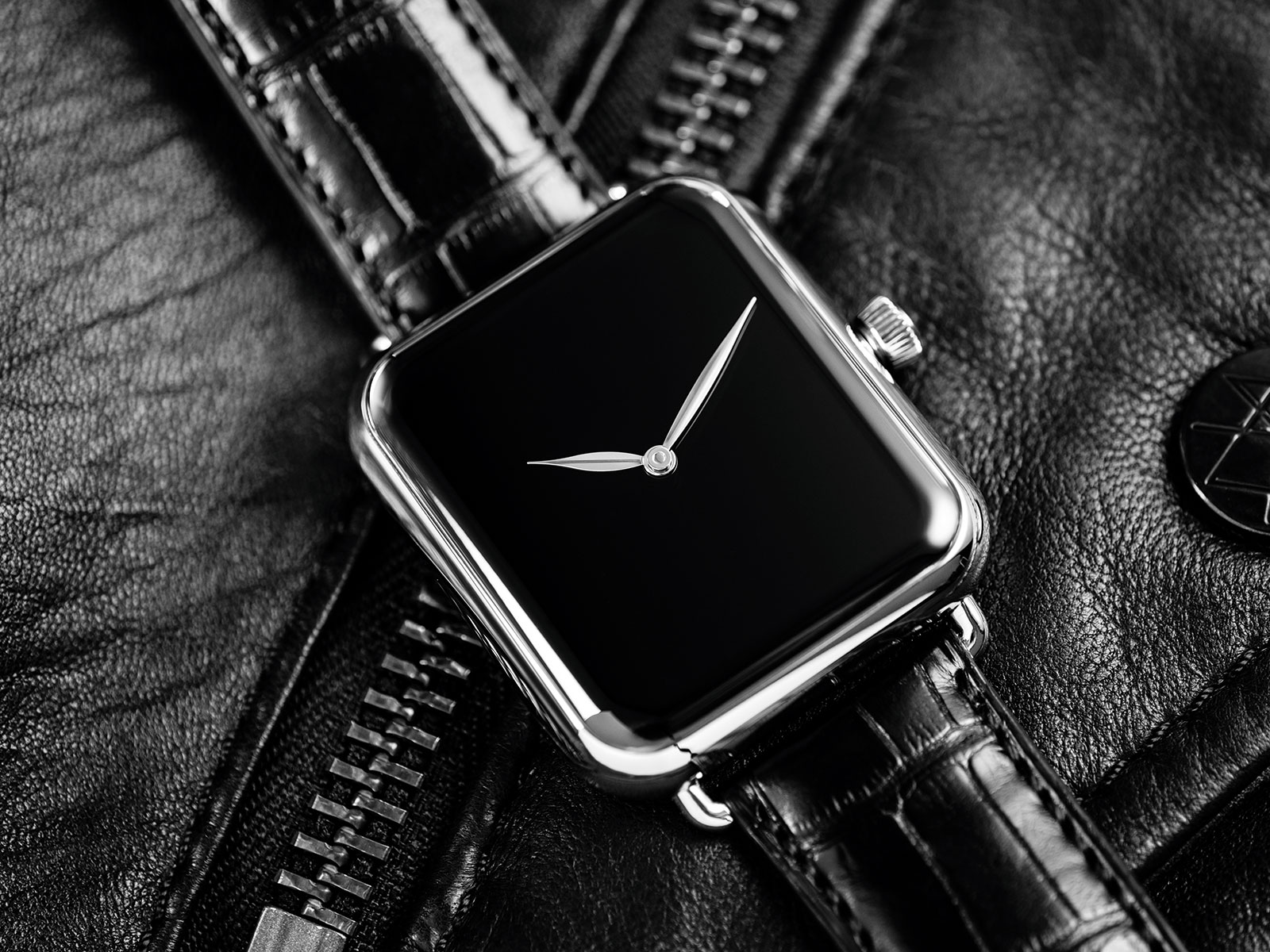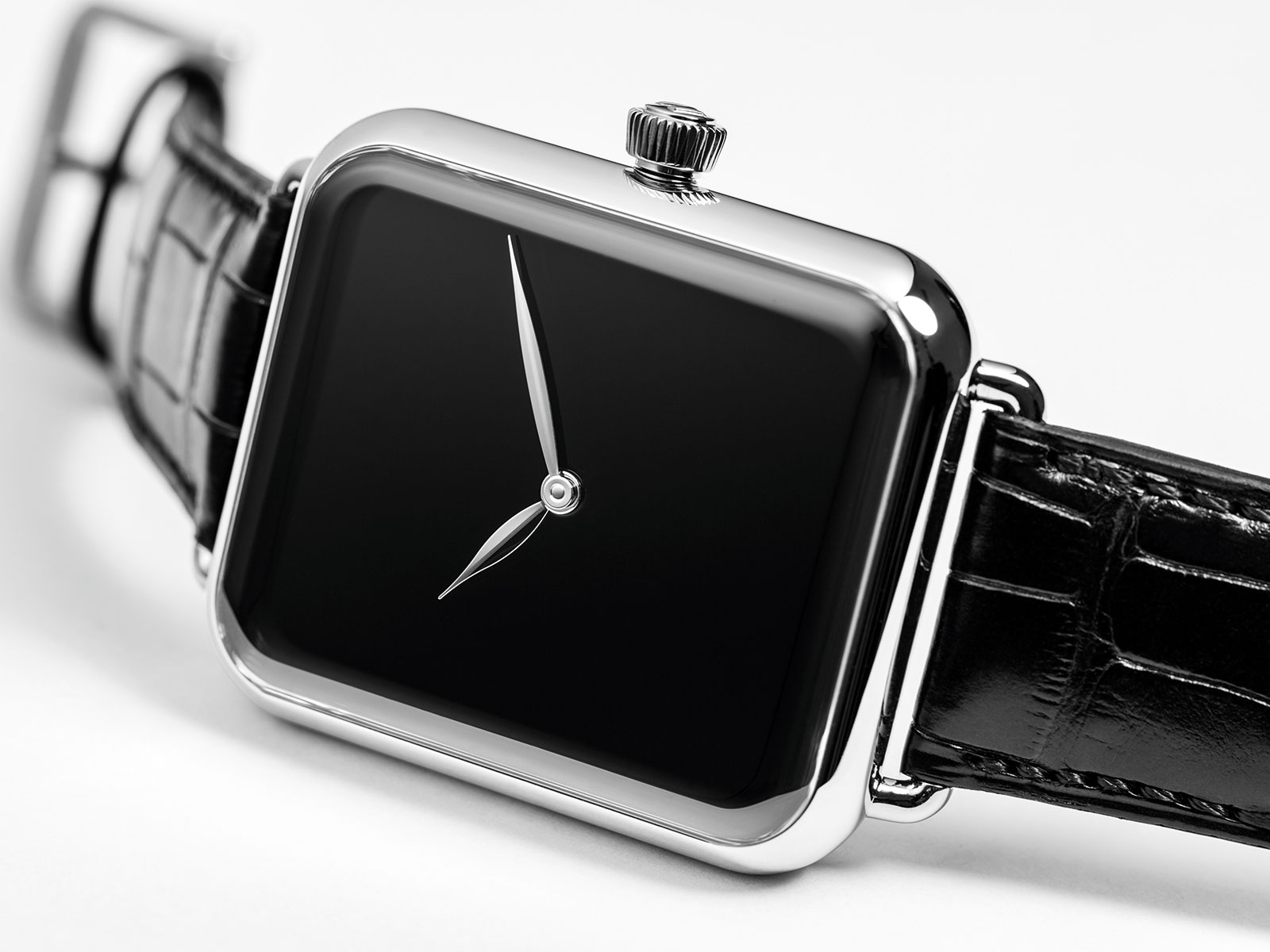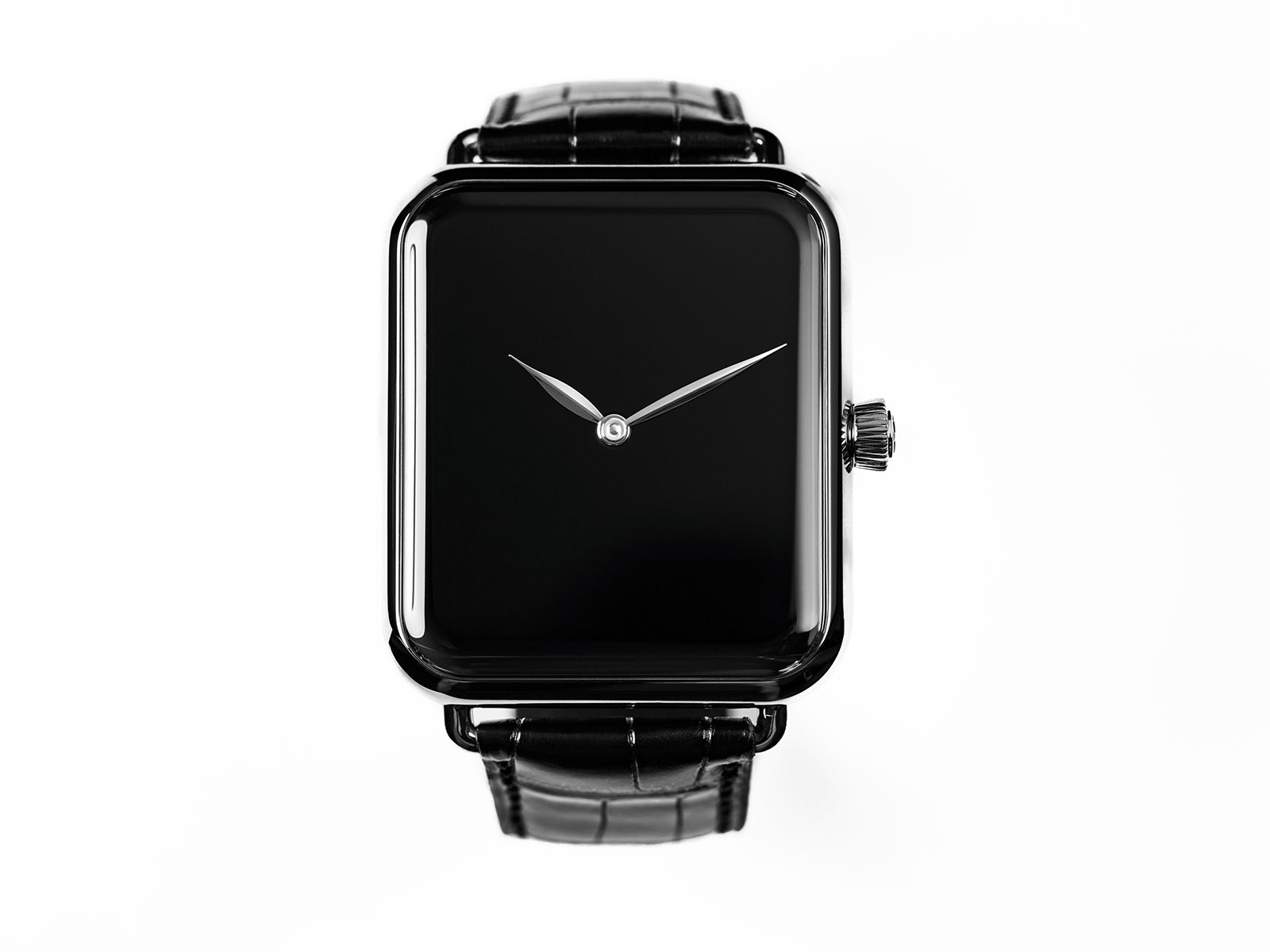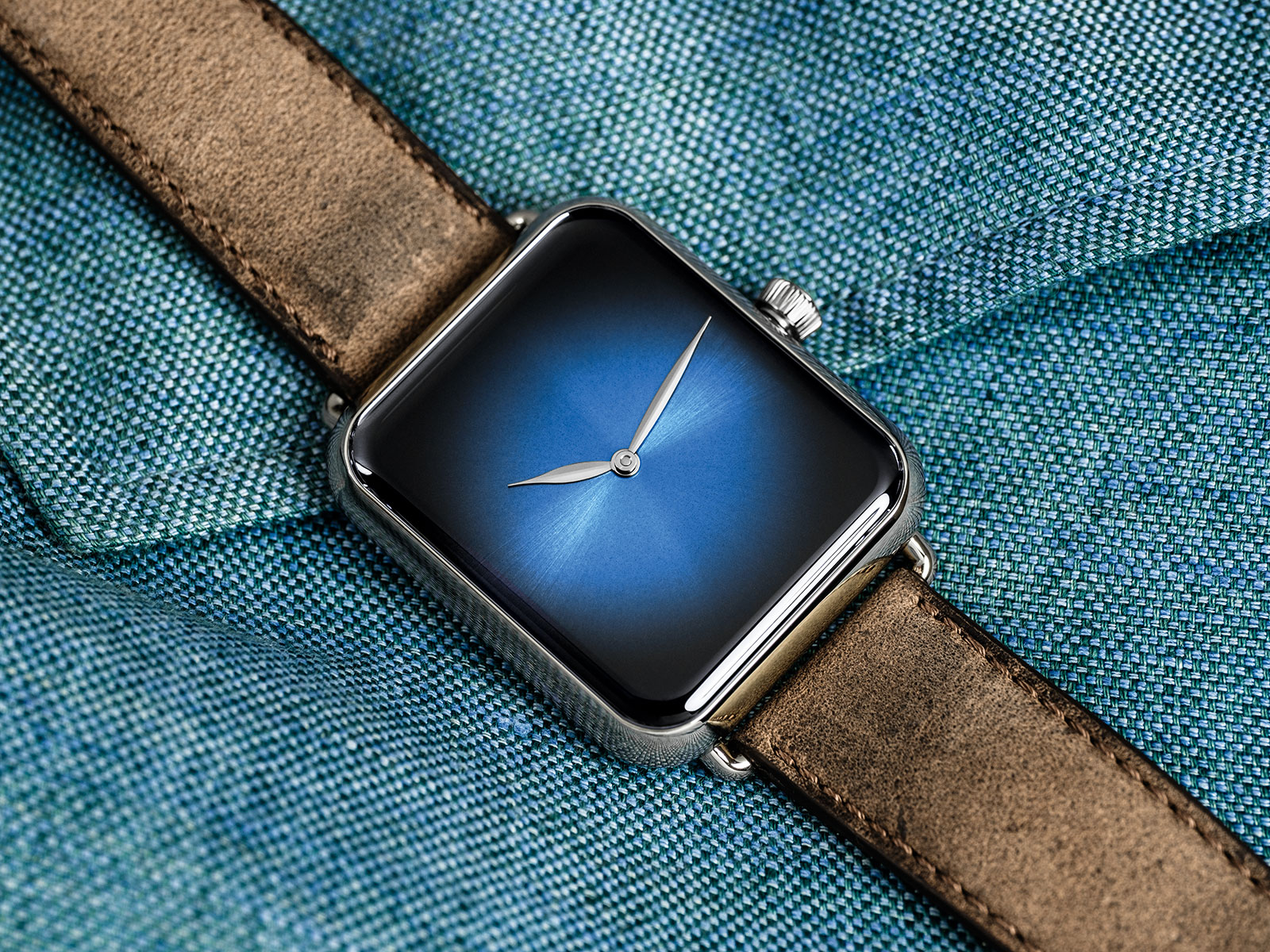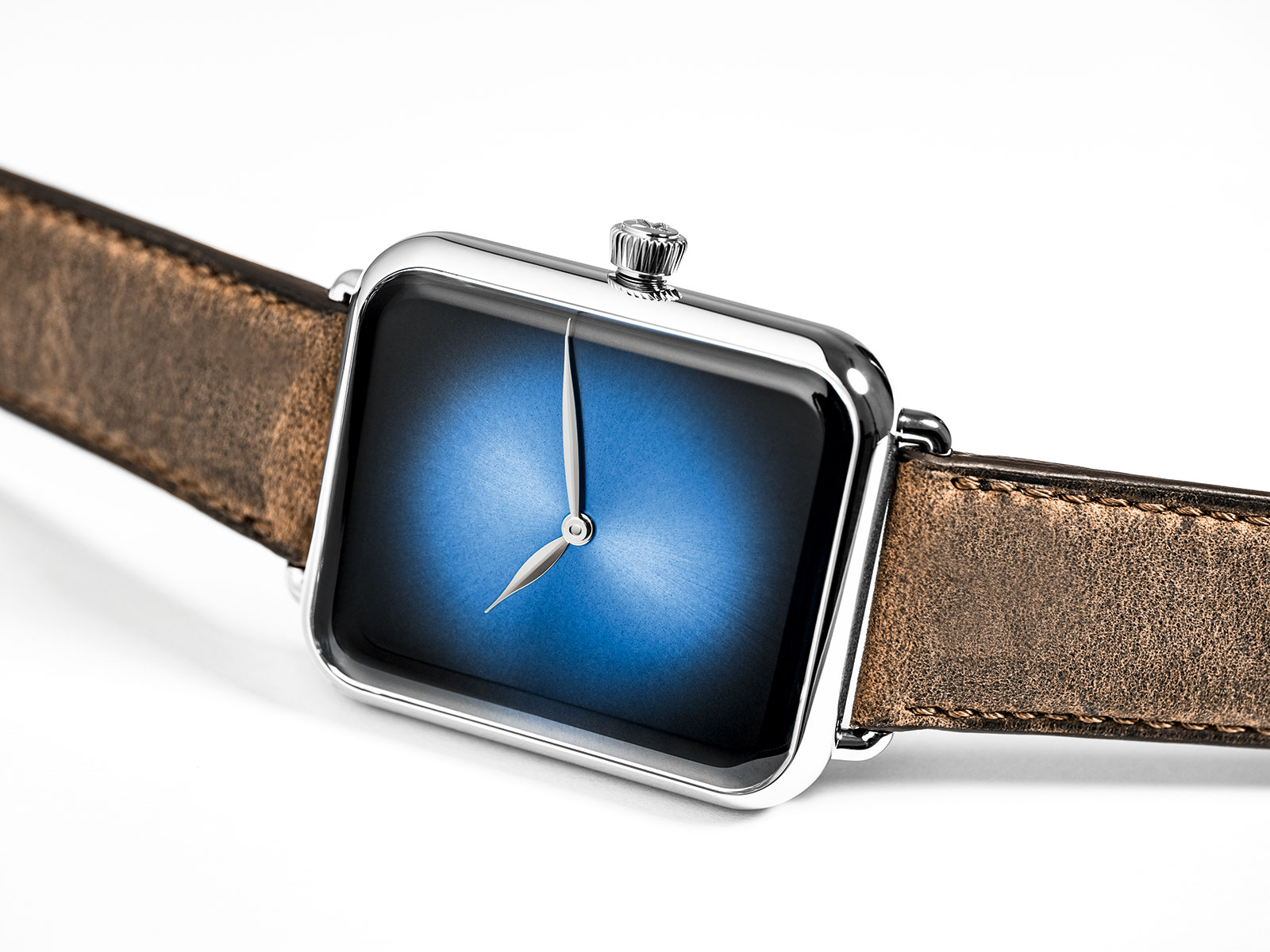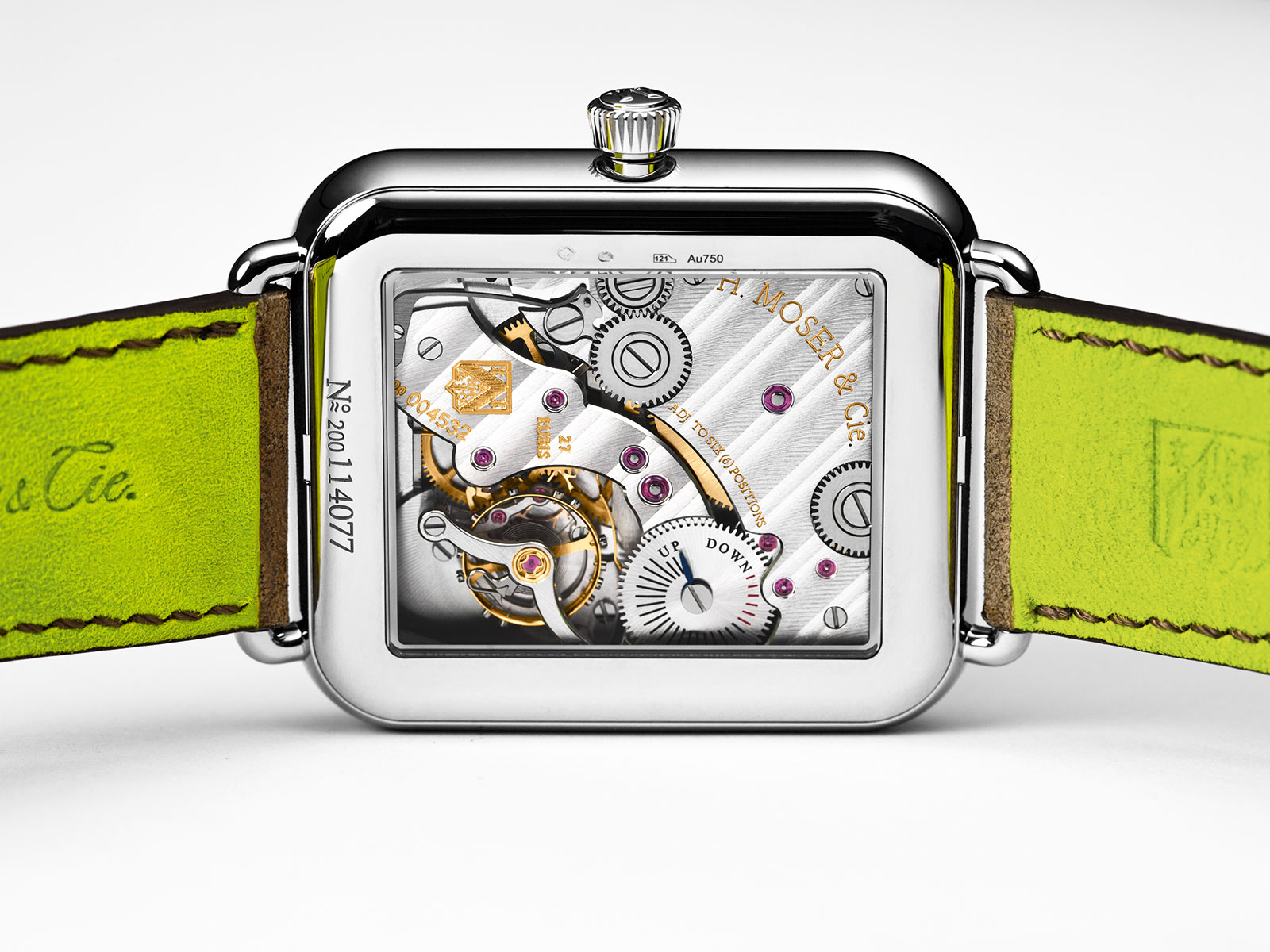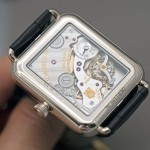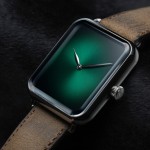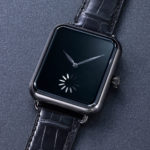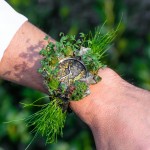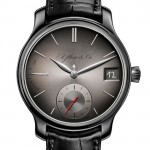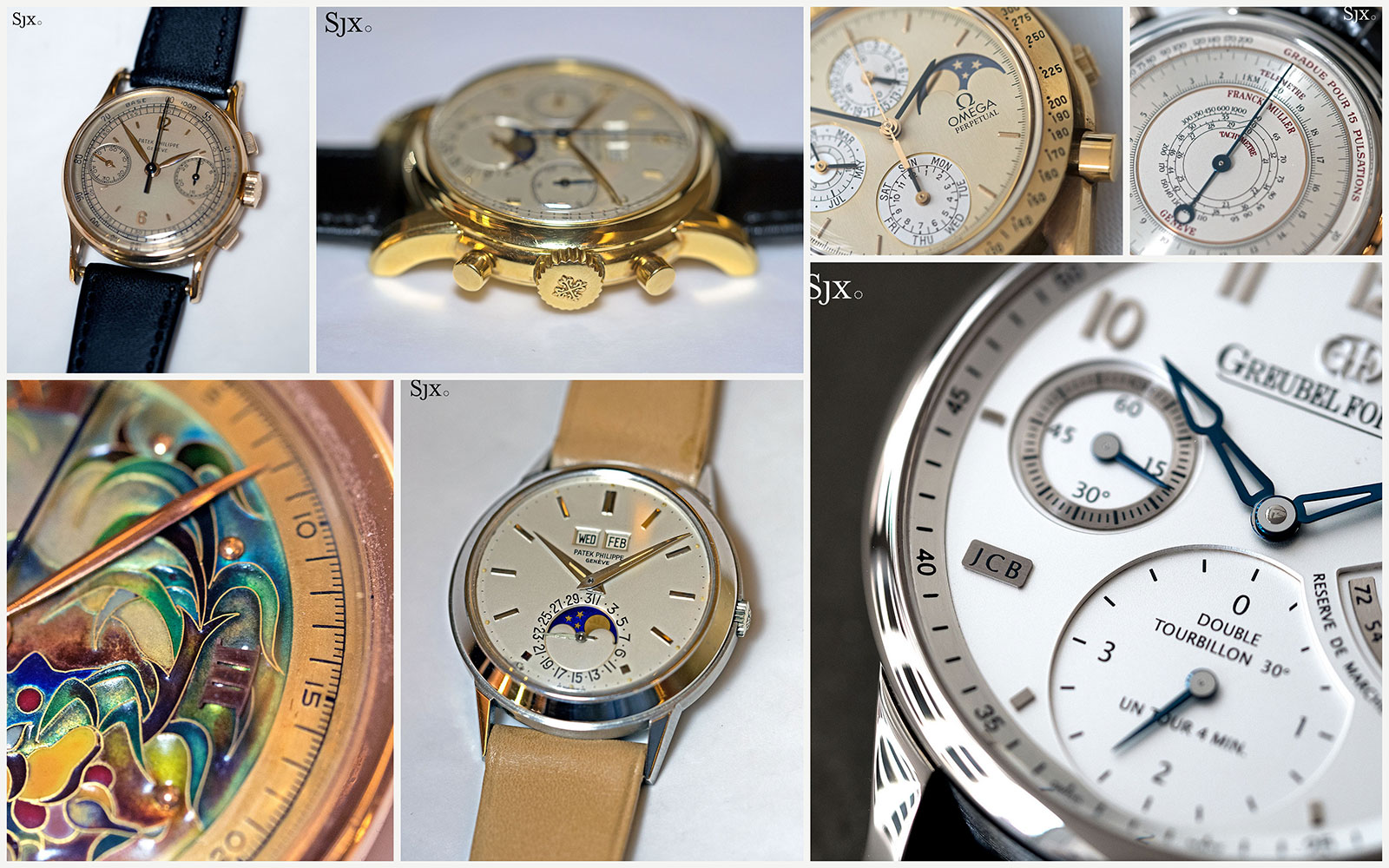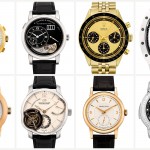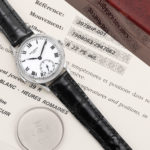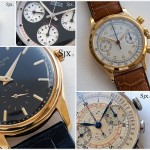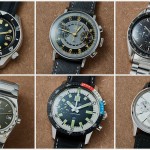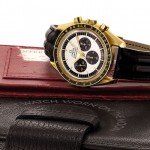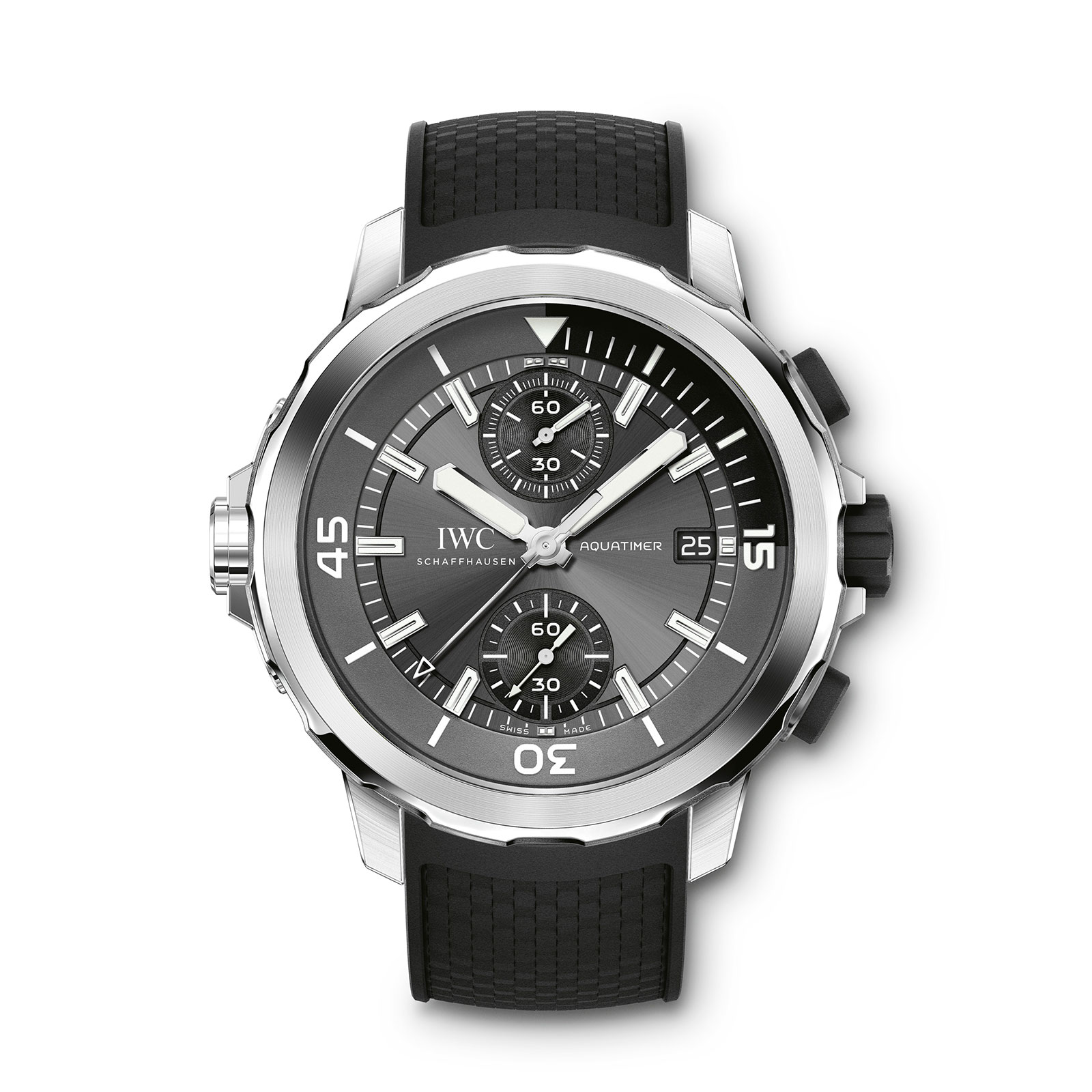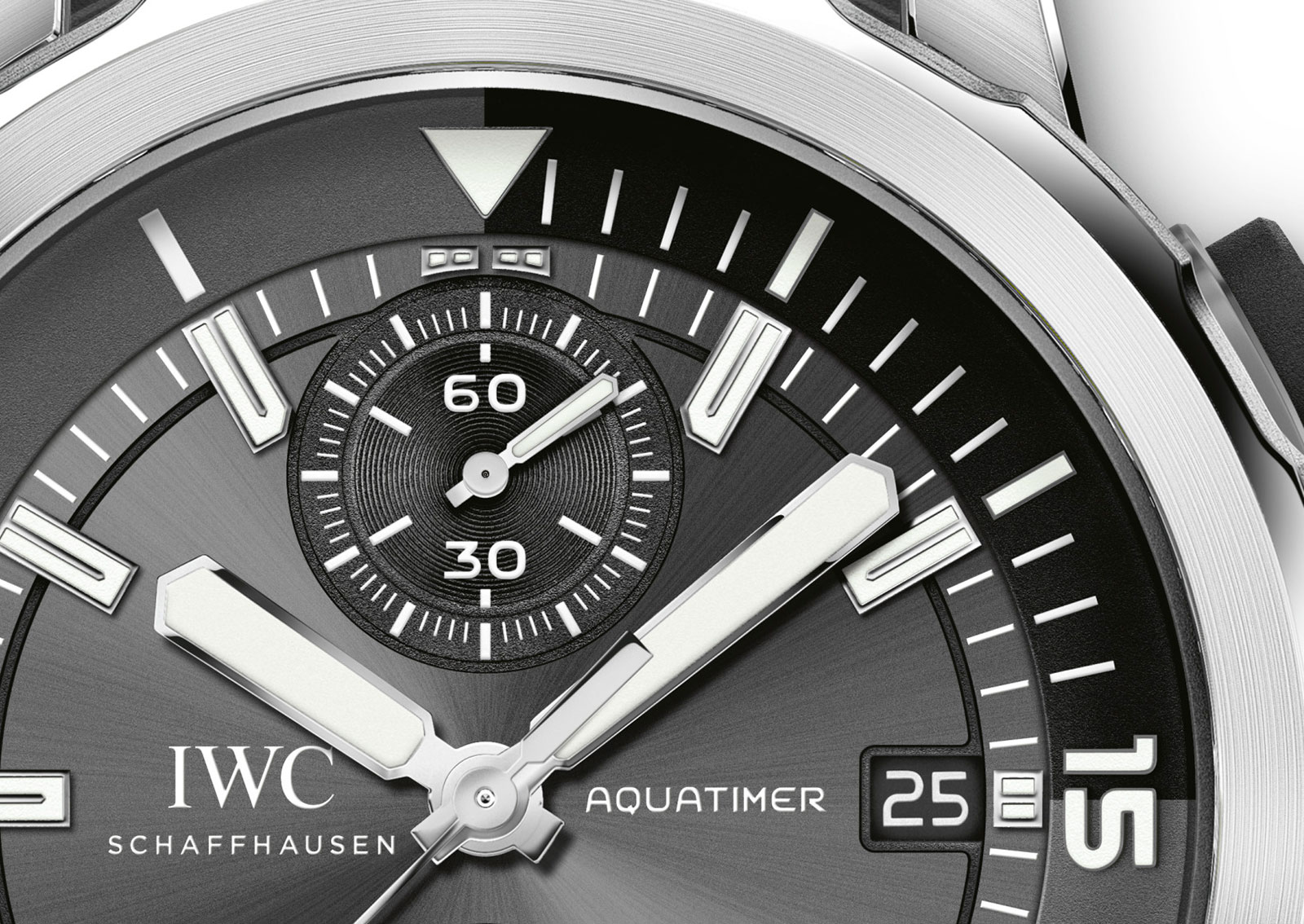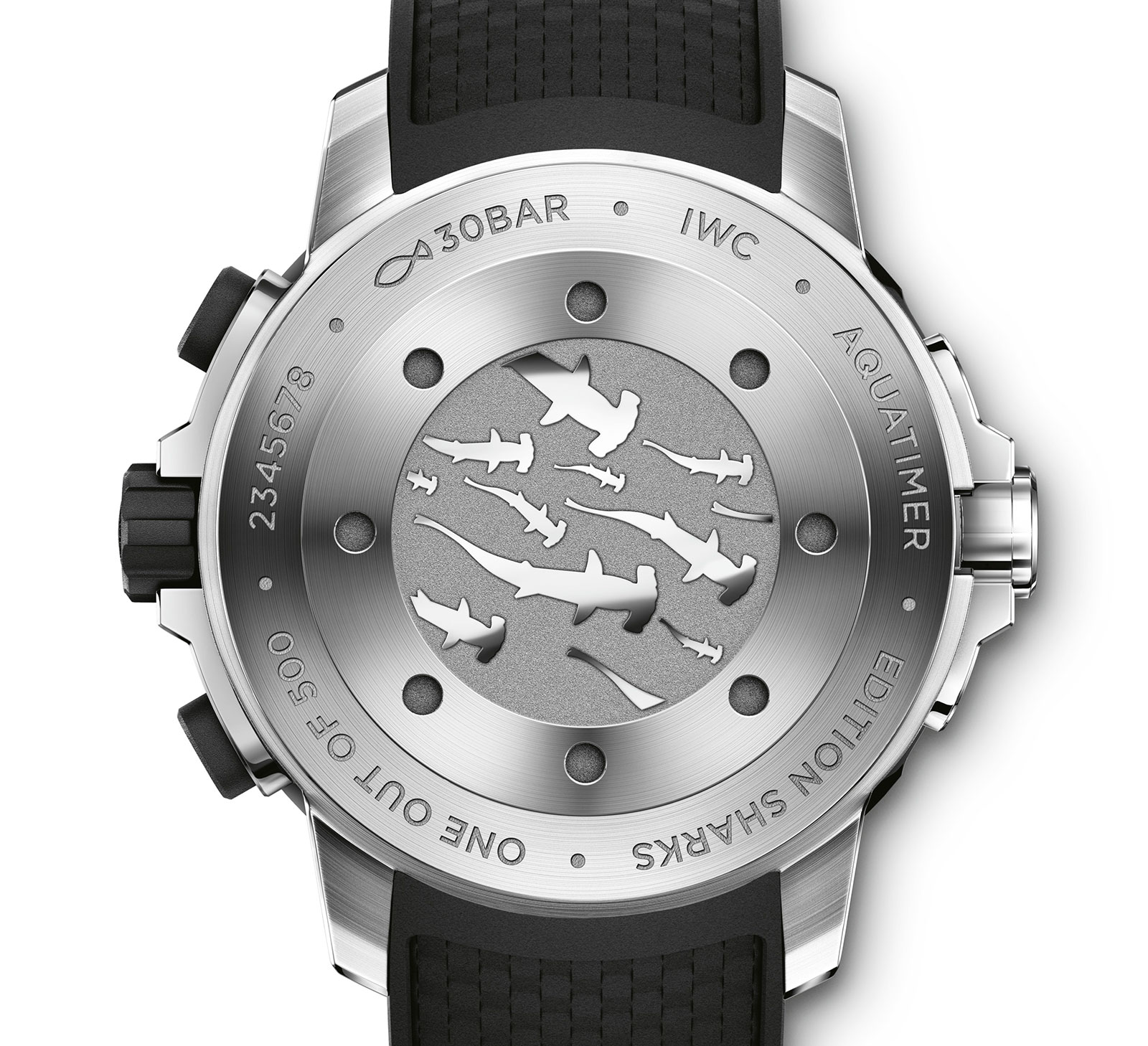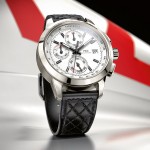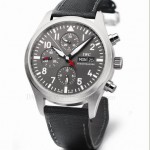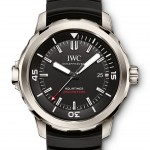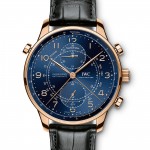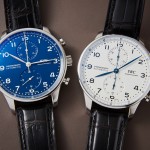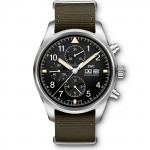530Happening next week in Hong Kong, The Hong Kong Watch Auction: Four is the final sale for the spring season on the territory. It’s a 356-lot sale that encompasses diverse vintage watches as well as 42 timepieces from the collection of Laurent Picciotto, the proprietor of the famous Chronopassion store in Paris.
Our final instalment covering highlights from the sale focuses on chronographs, ranging from the affordable from the likes of Omega and Girard-Perregaux, to headliners like the Patek Philippe ref. 530 in steel. The full catalogue for the auction is available here.
Lot 809 – Omega Speedmaster Perpetual
The most complicated Speedmaster ever made, the Speedmaster Perpetual is esoteric and well outside the mainstream of Speedy collecting. It was produced as a 50-piece limited edition for the Japanese market (Bubble-era Japan got some of the most intriguing special editions), conceived to mark the 700th anniversary of the Switzerland, an even more esoteric event than the watch.
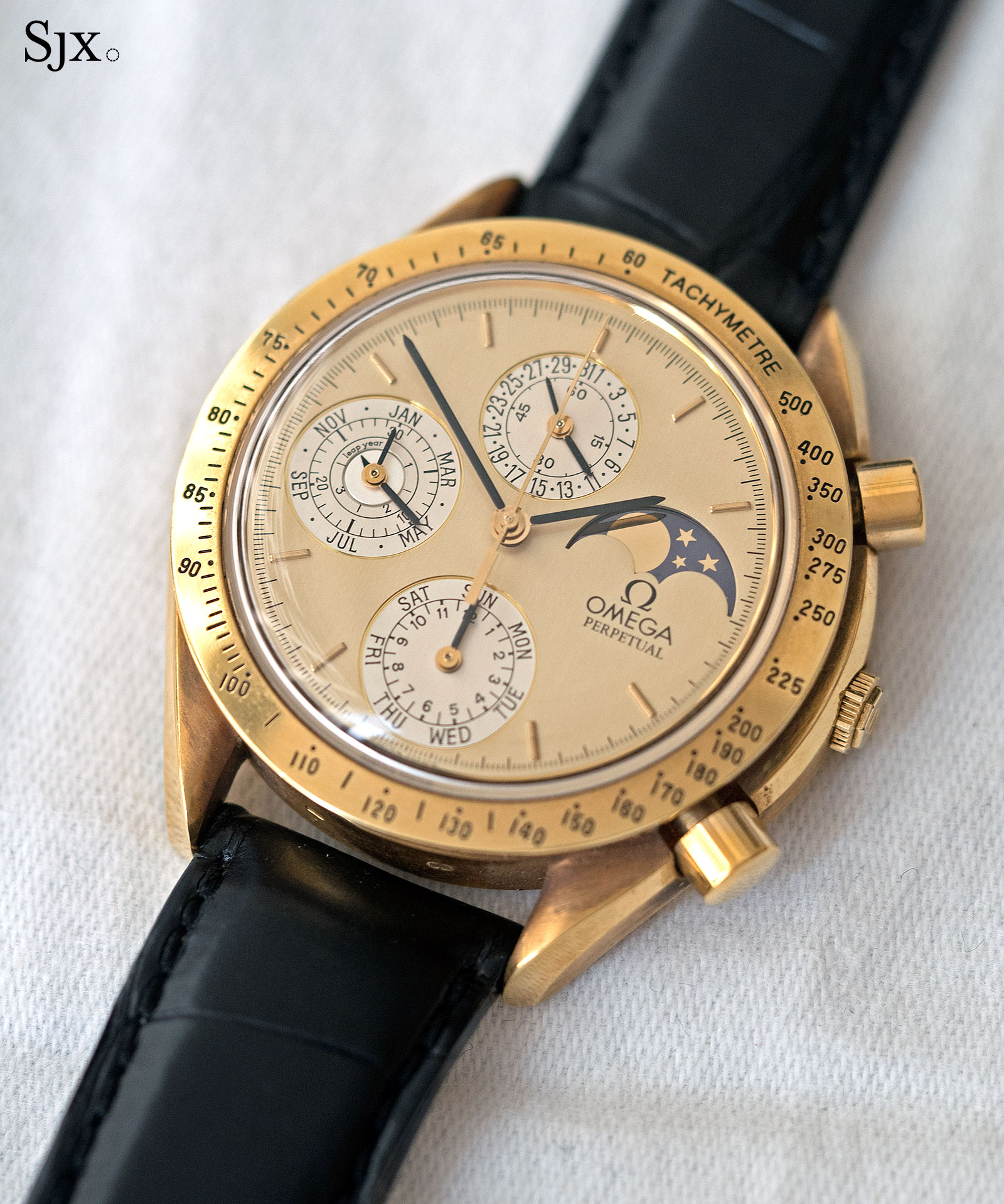
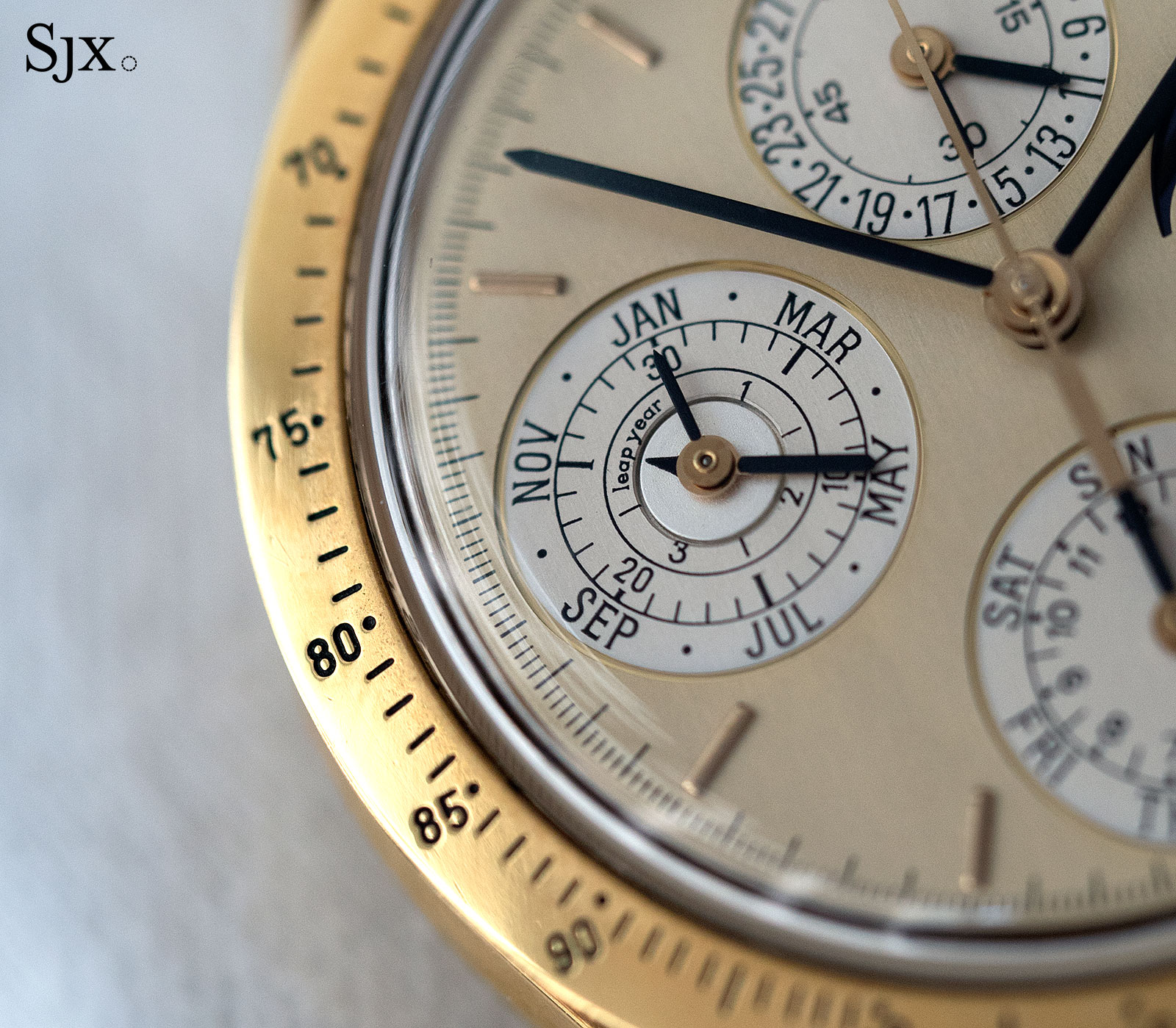
The case is 18k yellow gold, 39mm in diameter, and still recognisable as a Speedmaster, despite the fancy dress that includes a gold dial with black hands as well as an unusual but original octagonal crown.
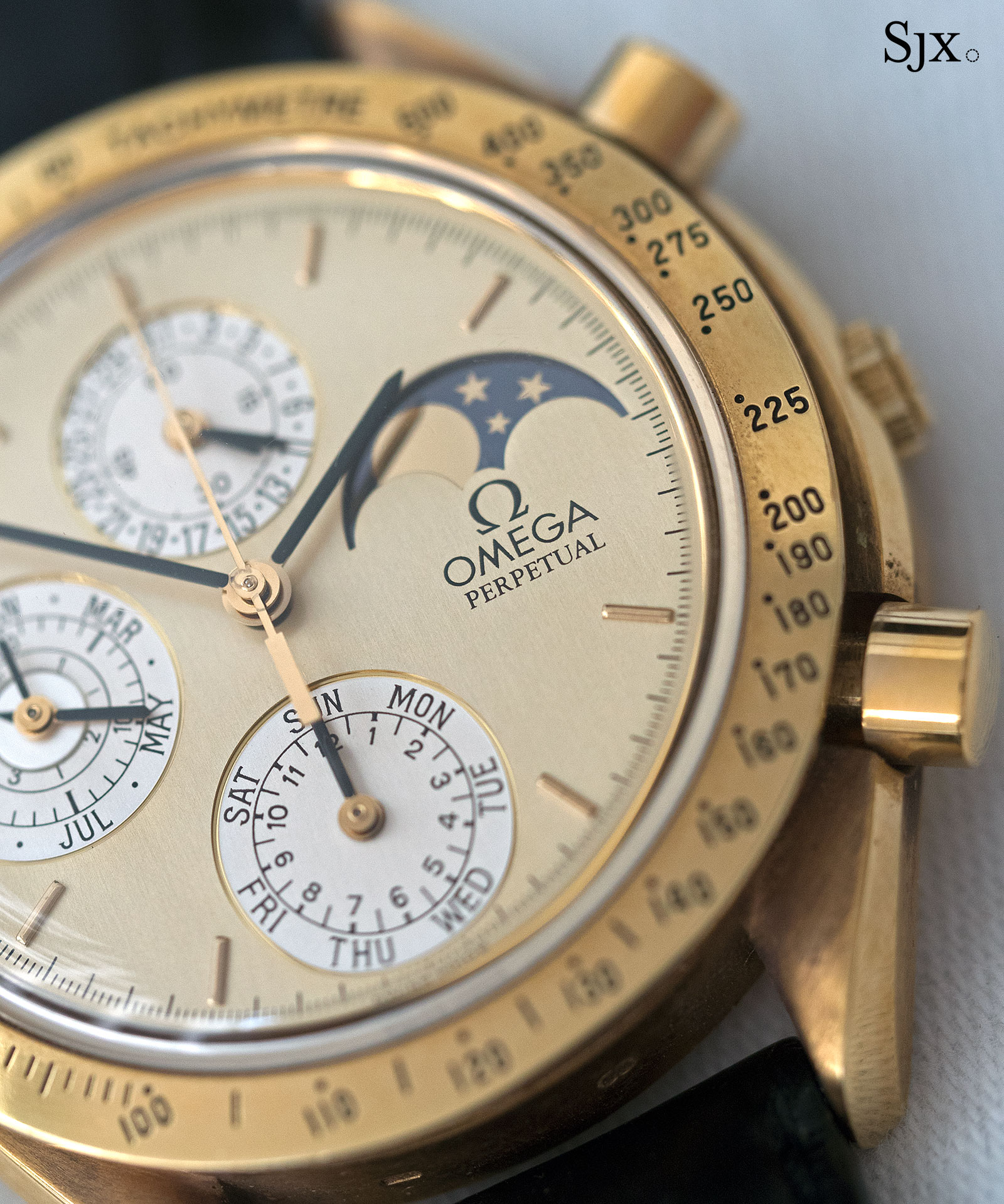
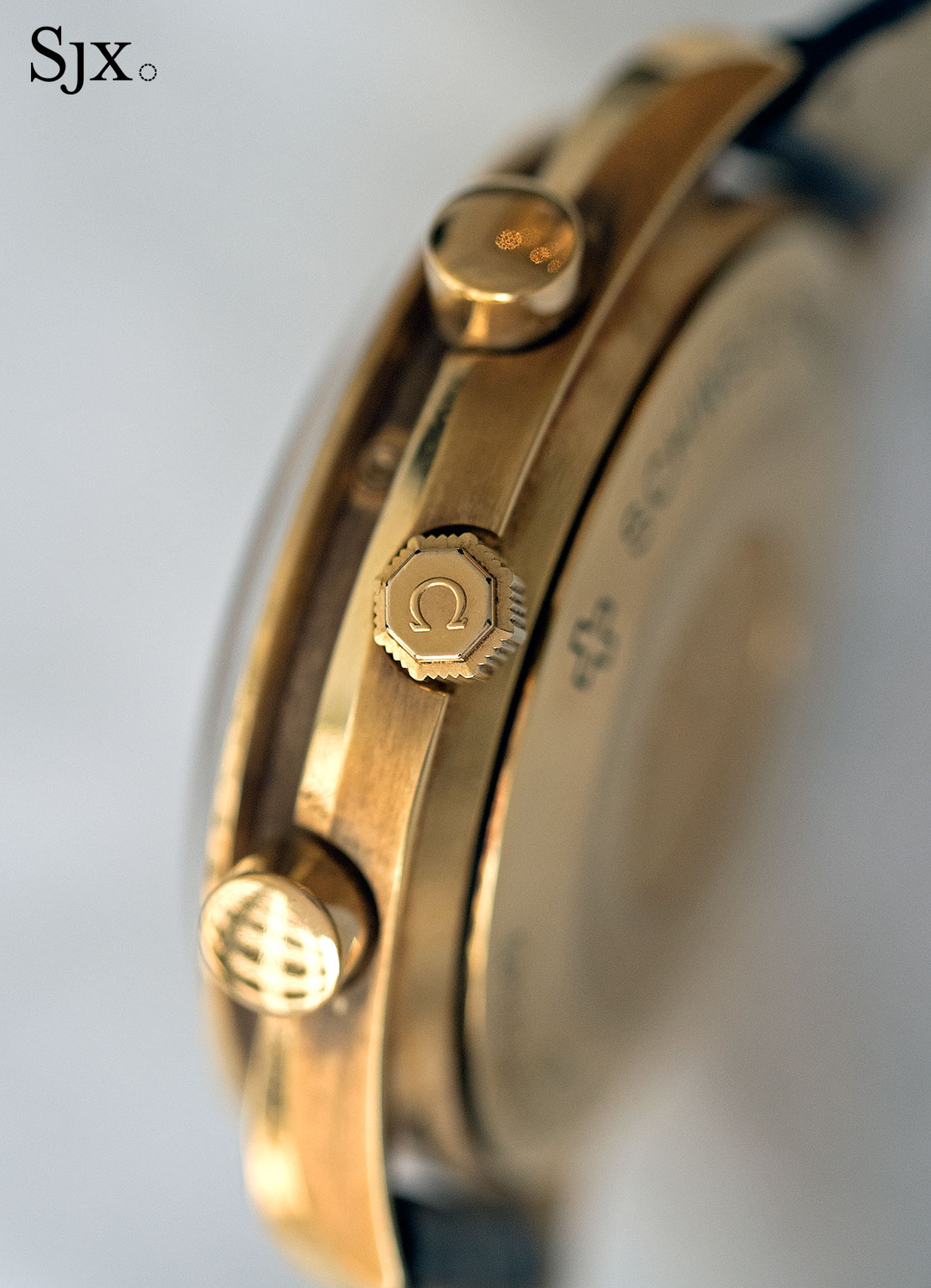
Inside is the Omega cal. 1160, which is an ETA 2892 with both a chronograph and perpetual calendar module on top. Interestingly, because the perpetual calendar plate is topmost, the correctors for the calendar display sit just under the rim of the bezel.
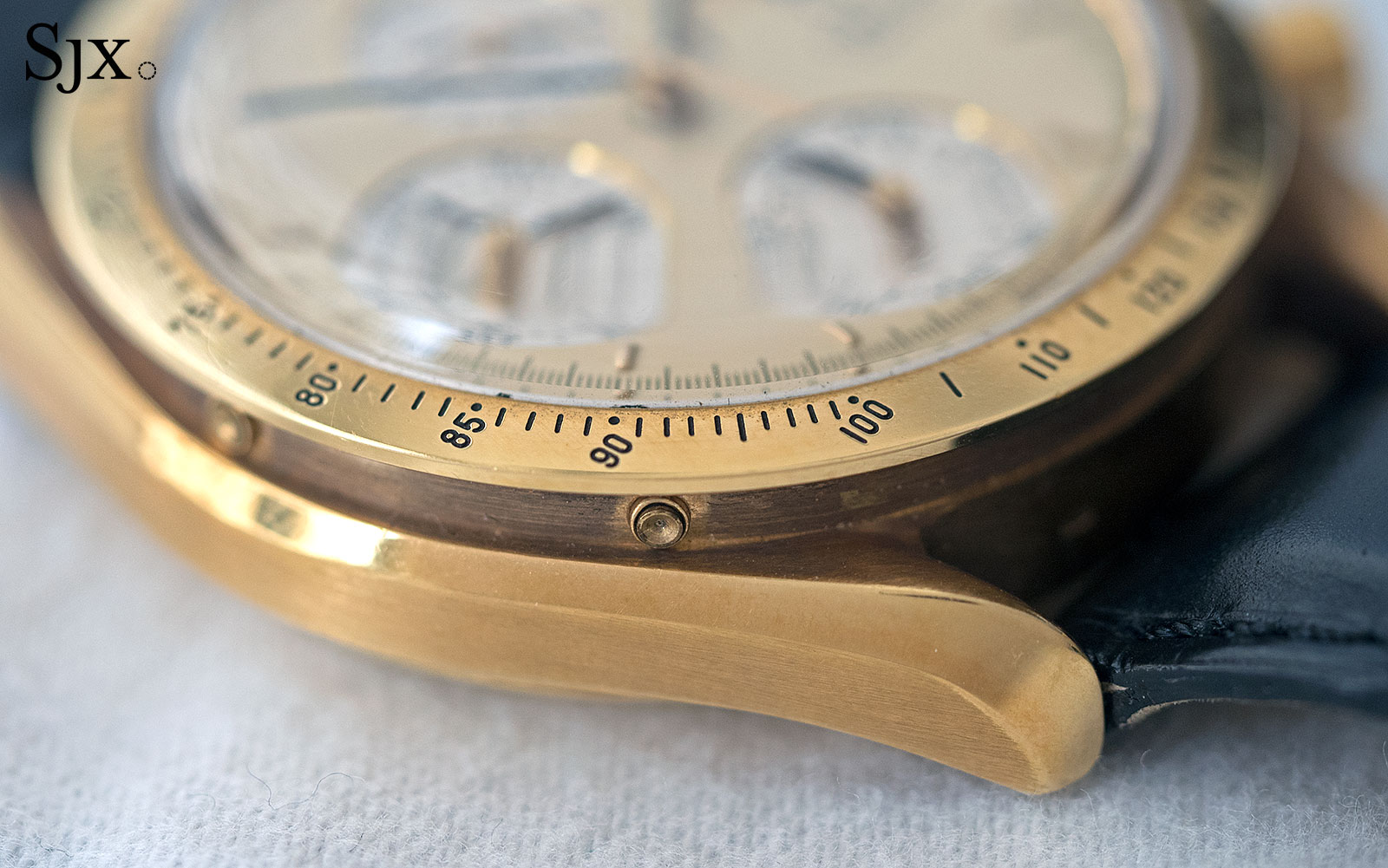
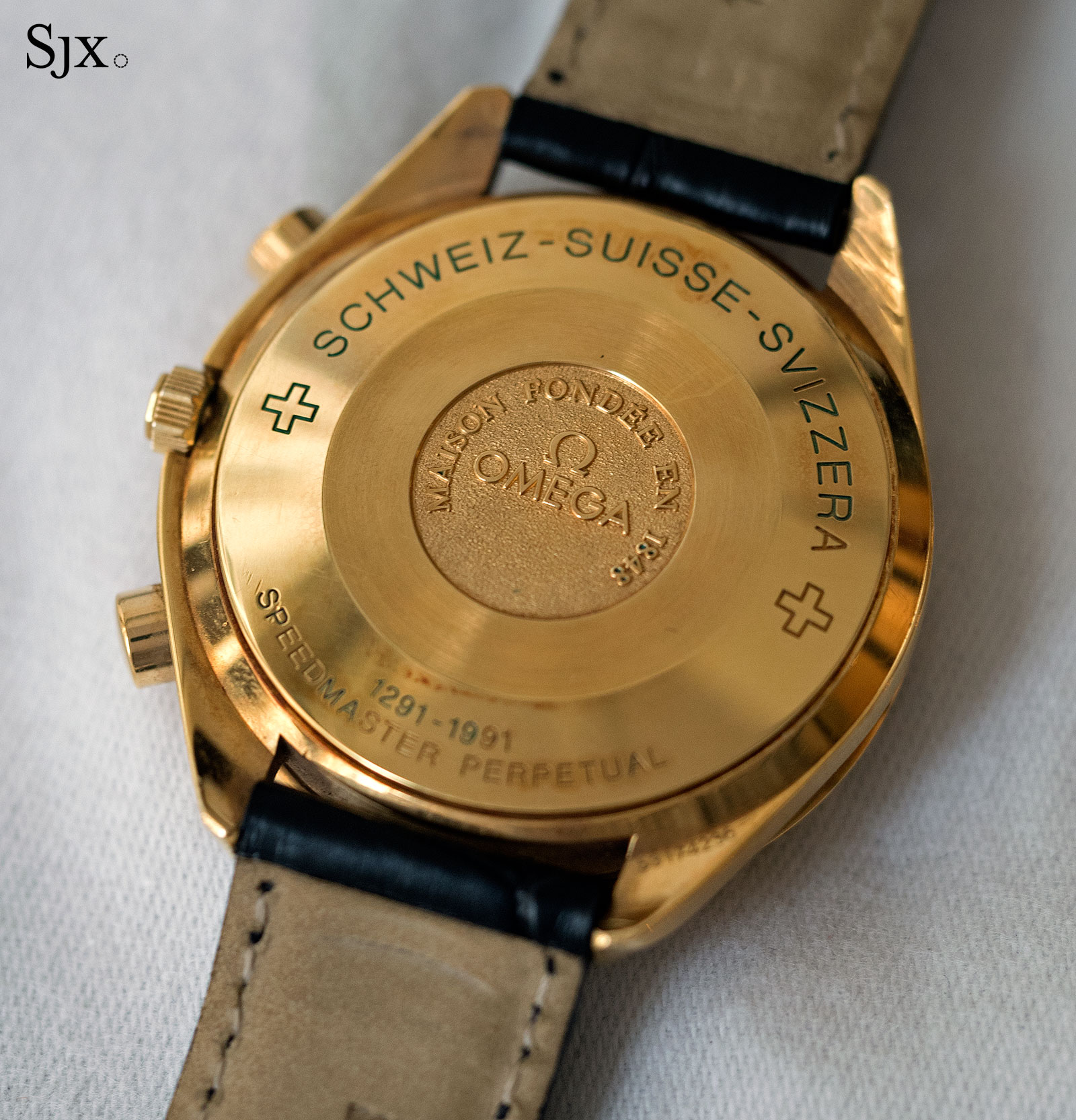
The watch is in fine condition, with noticeable oxidisation of the case, indicating it hasn’t been worn in a long time. It’s accompanied by the original booklet, but unfortunately not the wood winder box made for the edition. The Speedmaster Perpetual is estimated at HK$60,000 to HK$100,000, or US$7,500 to US$12,500.
Lot 857 – Patek Philippe ref. 2577 “Freccero”
Less famous than the Calatrava ref. 2526 automatic but boasting the same ivory enamel dial, the ref. 2577 is significantly more rare. Perhaps 60 were made, with just three known in pink gold. Two of the three in pink are up for sale one day apart in Hong Kong, with first at Christie’s and then this example at Phillips.
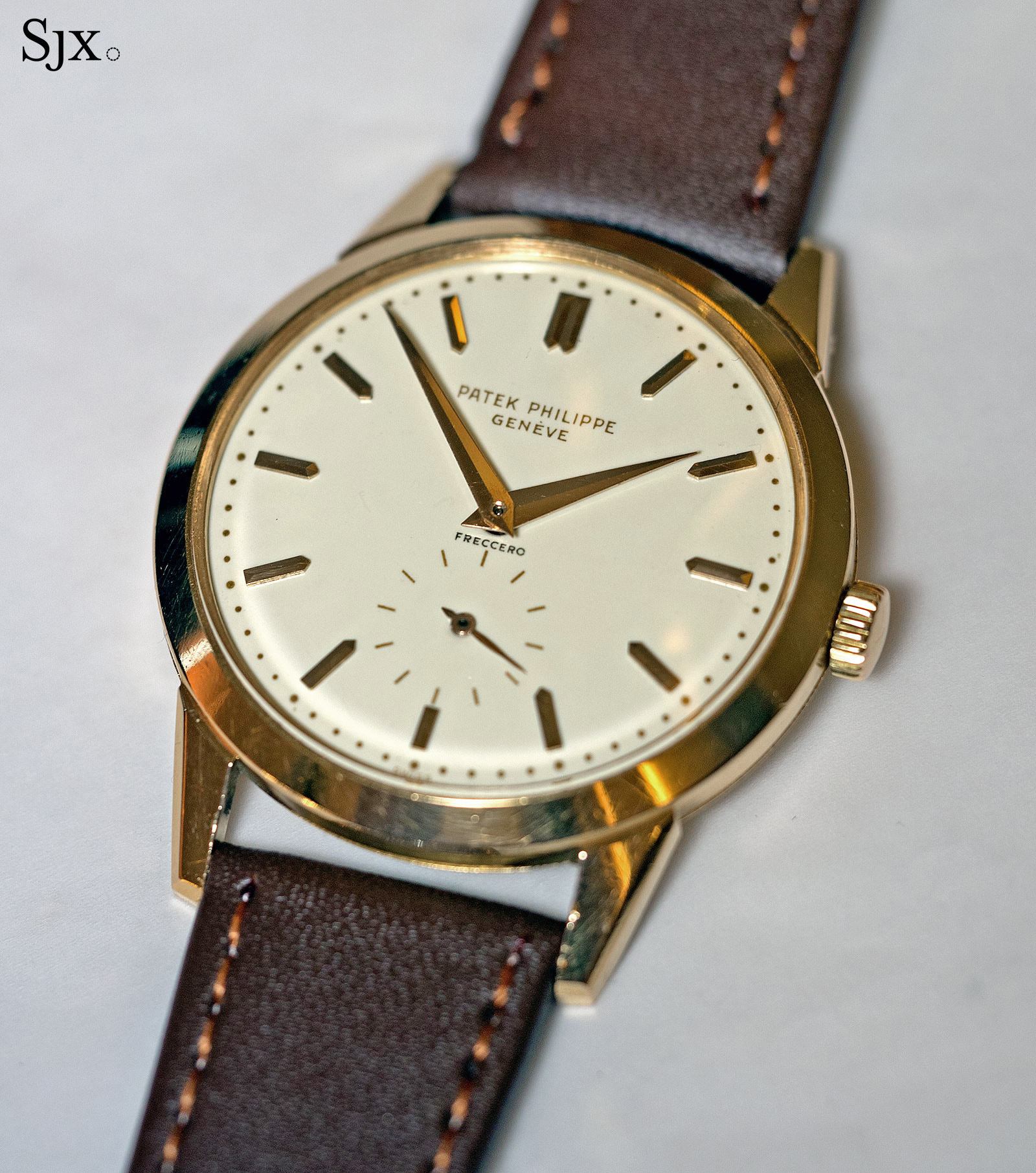
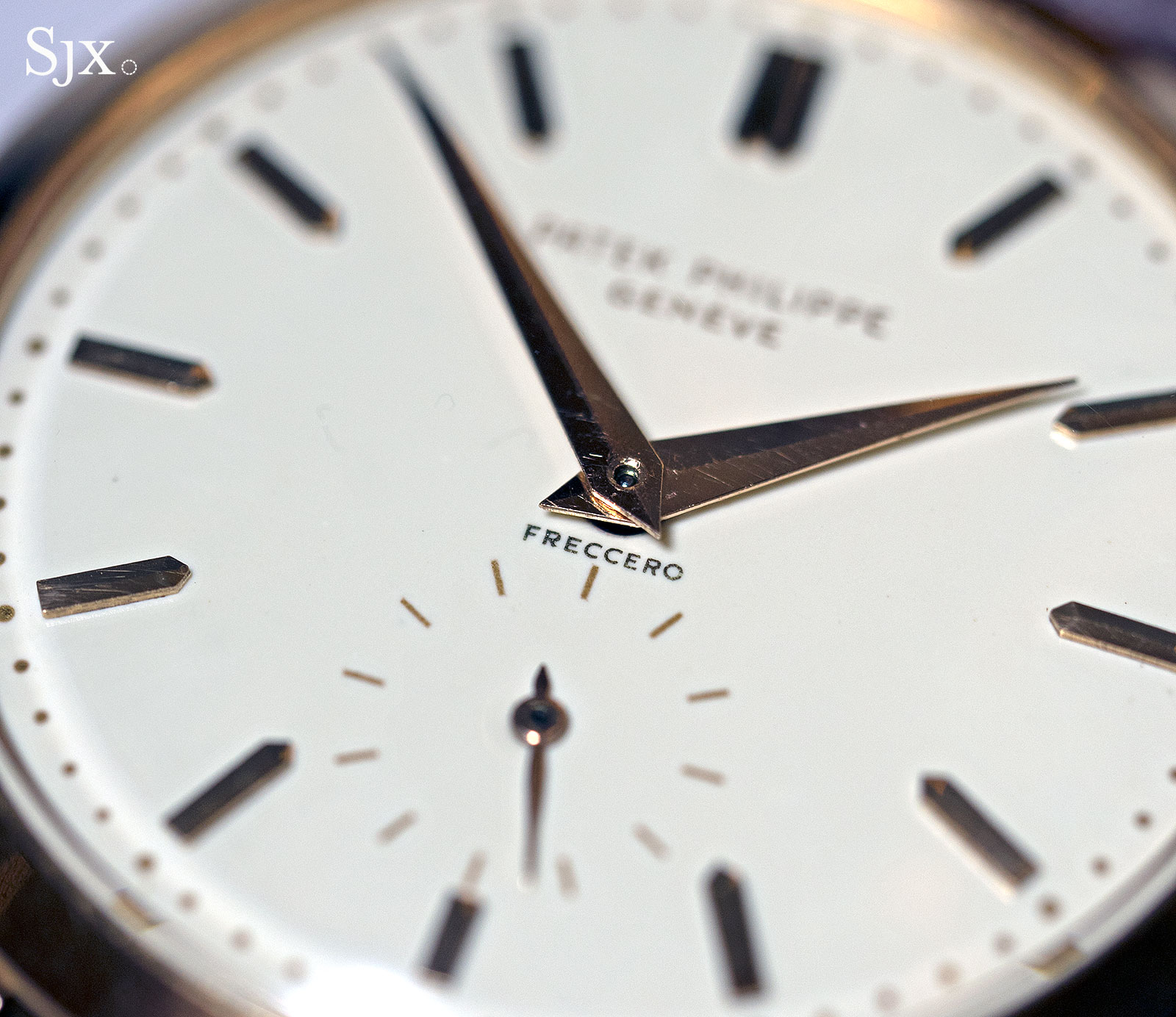

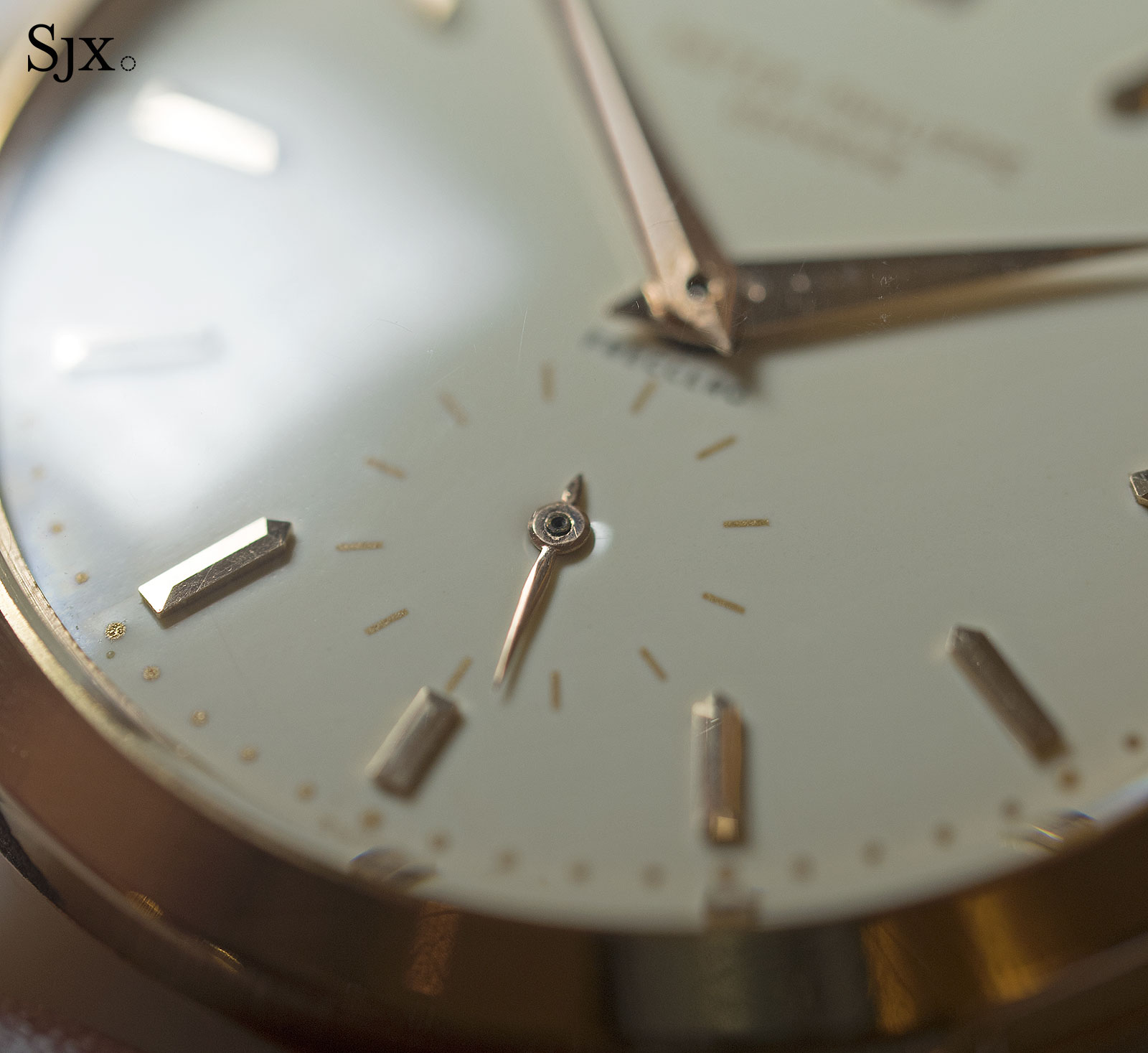
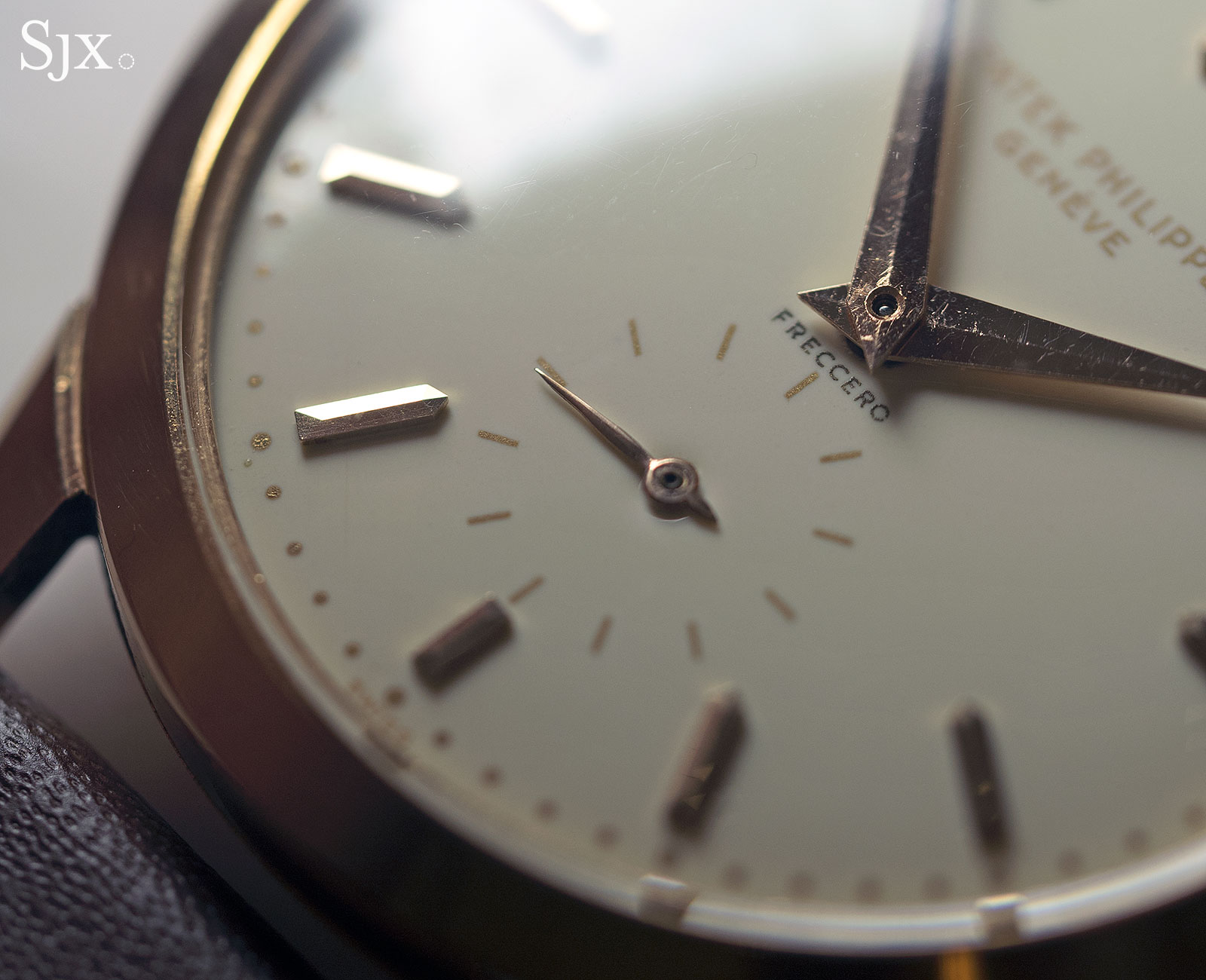
Signed by Uruguayan retailer “Freccero” on the dial, the specimen at Phillips is the only one that is double-signed.
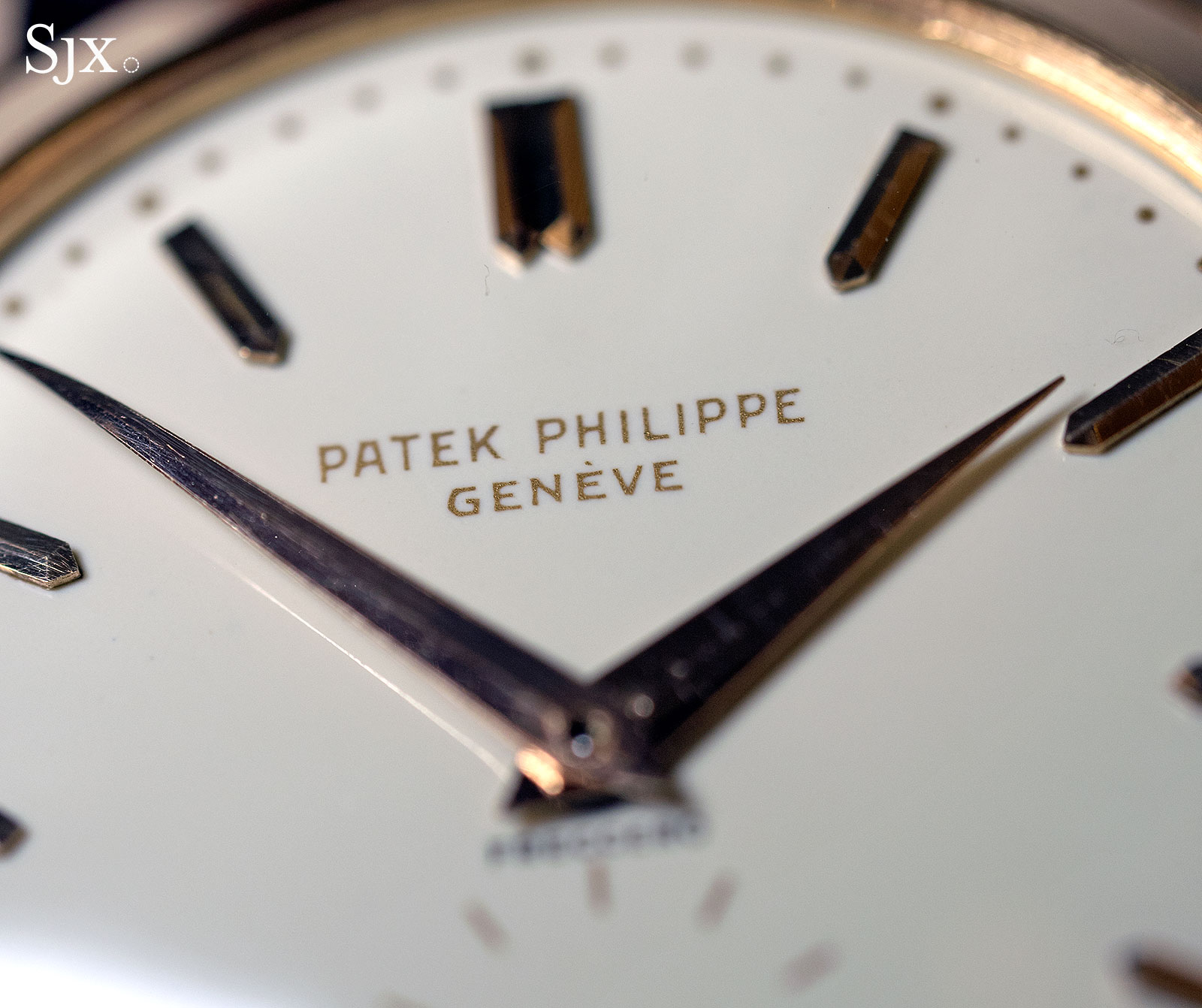
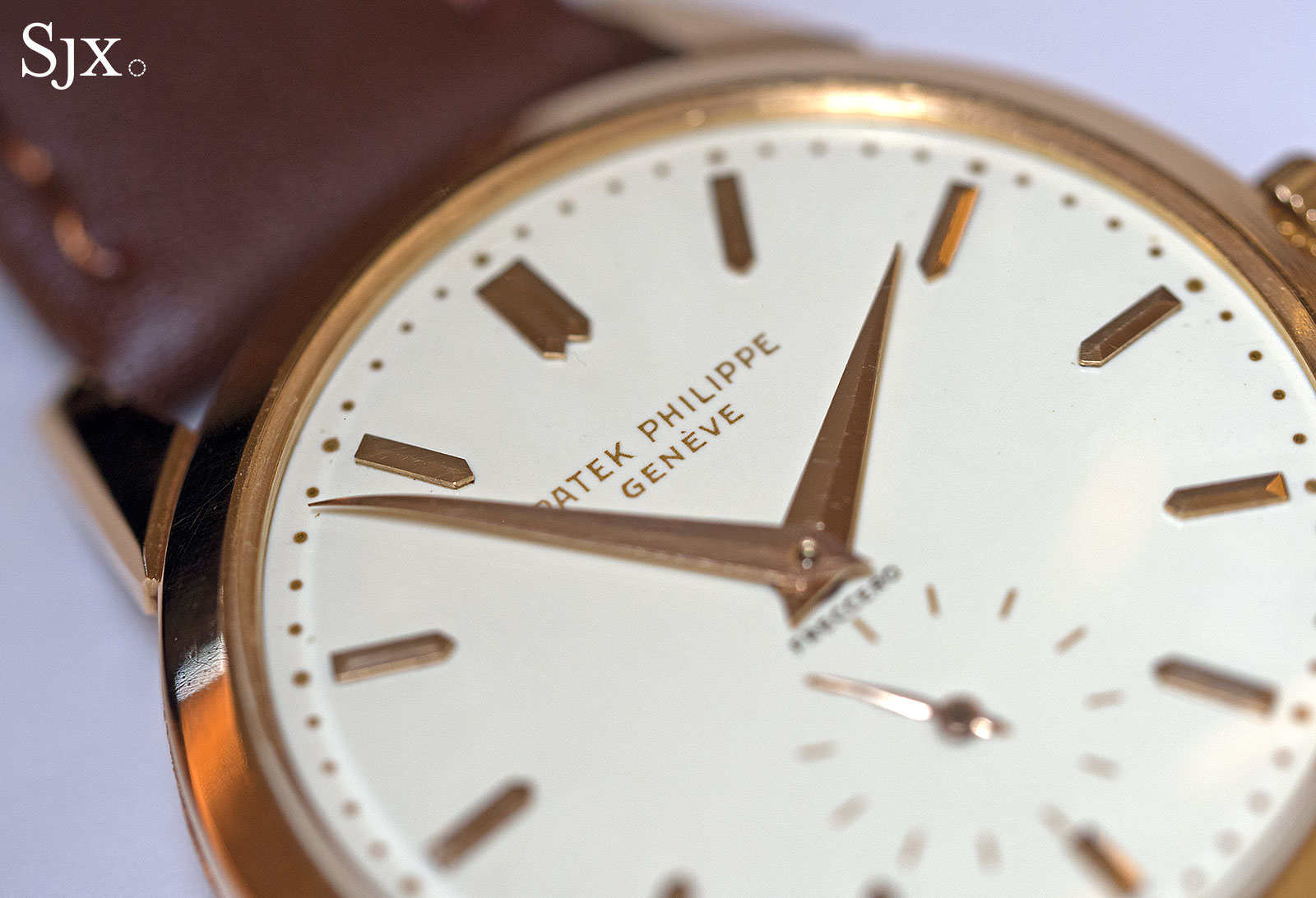
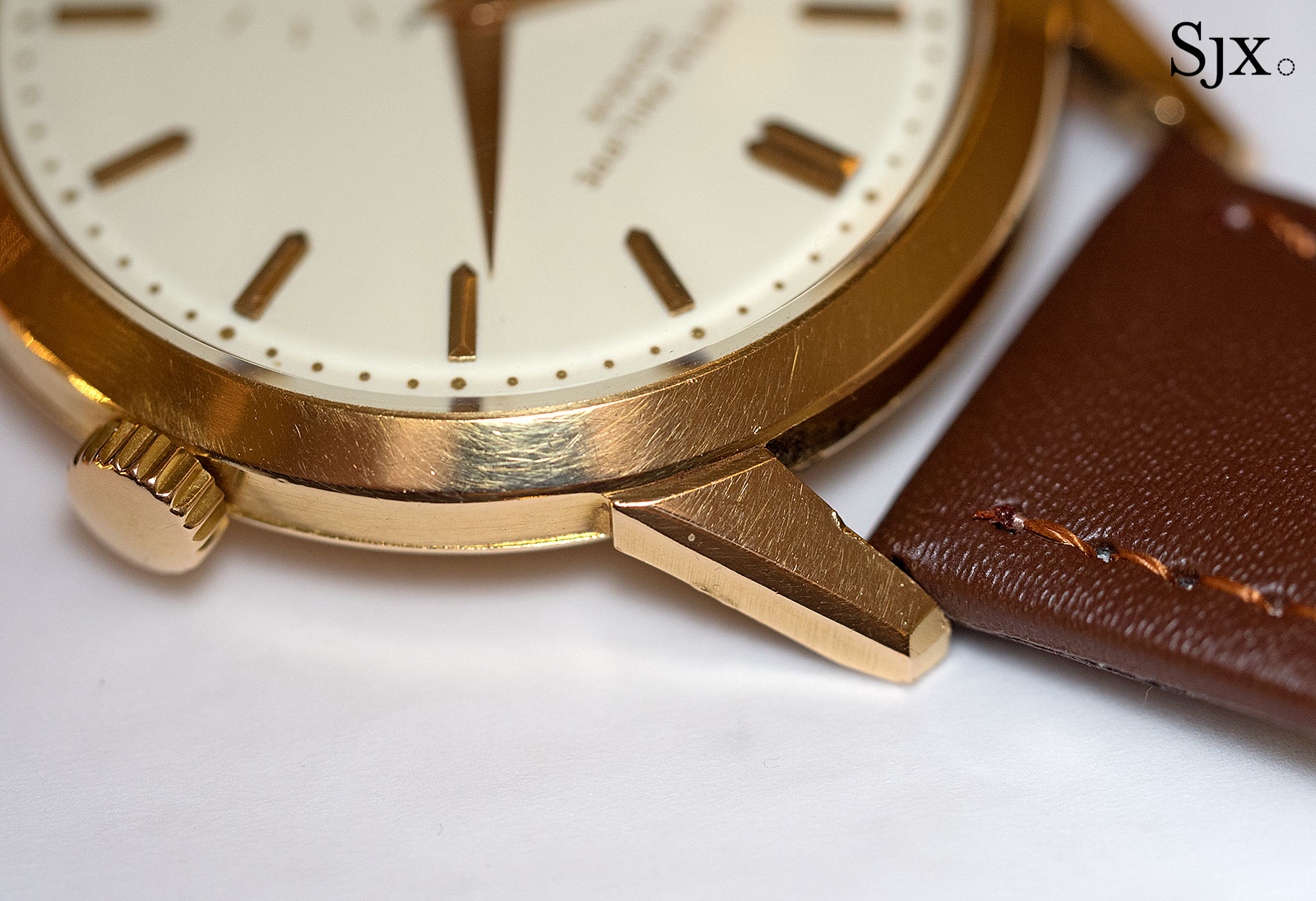
The case shows wear, but is in honest and original condition. The dial looks appealing but has three hairlines on the lower half. It has an estimate of HK$480,000 to HK$720,000, or US$60,000 to US$90,000. You can find more on the pair of pink ref. 2577 here.
Lot 860 – Patek Philippe ref. 130 chronograph “pink on pink”
Perhaps the quintessential vintage Patek Philippe chronograph, being available in a diversity of iterations, the ref. 130 is a typical mid-20th century wristwatch. This particular example is an unusual “pink on pink” specimen – a pink gold case matched with a two-tone, dark pink dial.
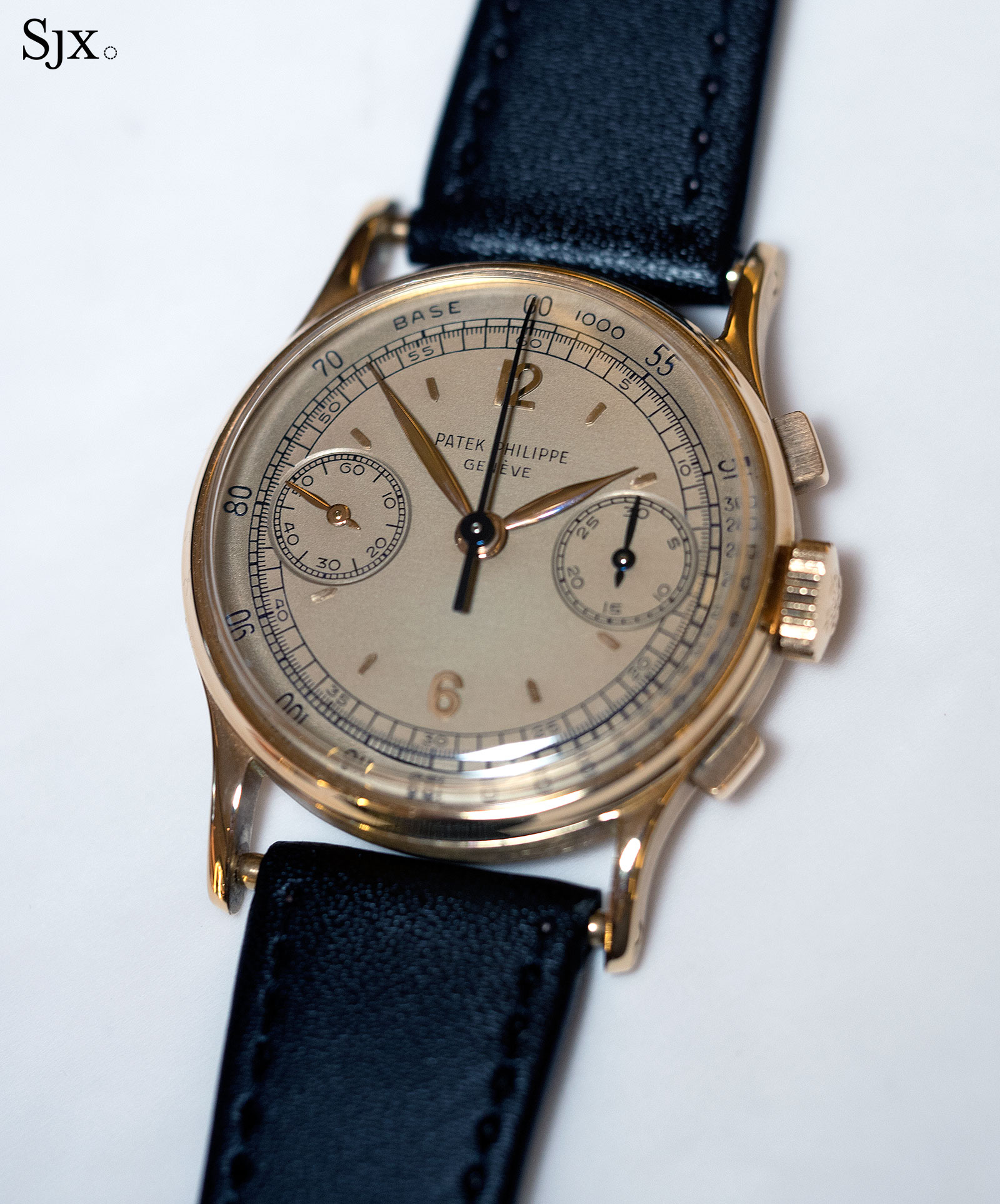
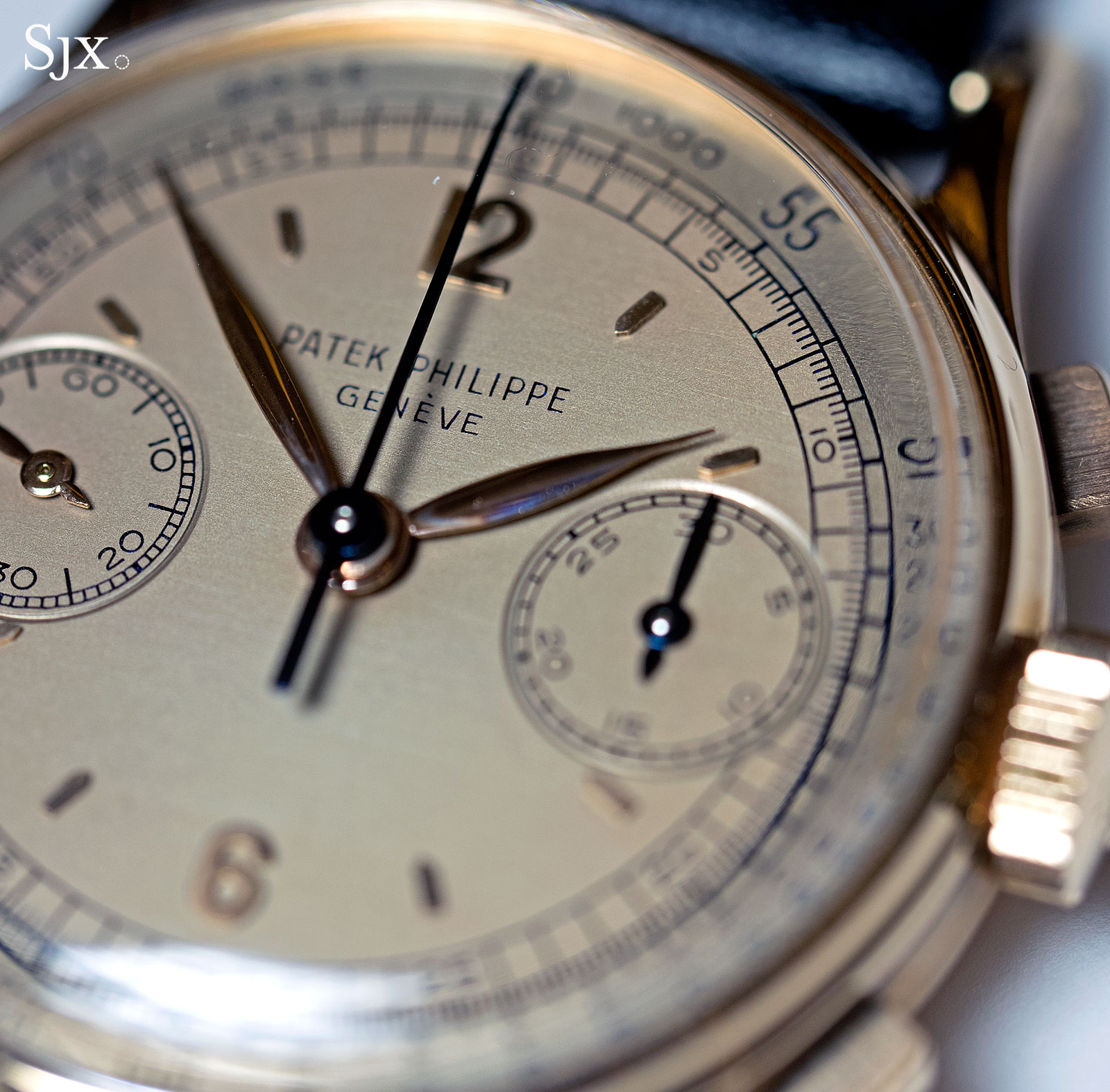
Much more scarce than the yellow gold ref. 130, this example was produced in 1949. Notably, it has been serviced by Patek Philippe – the owner is a noted collector who has a close relationship with the brand – and is correspondingly well-maintained and clean; the Calatrava cross logo on the crown usually indicates a factory service.
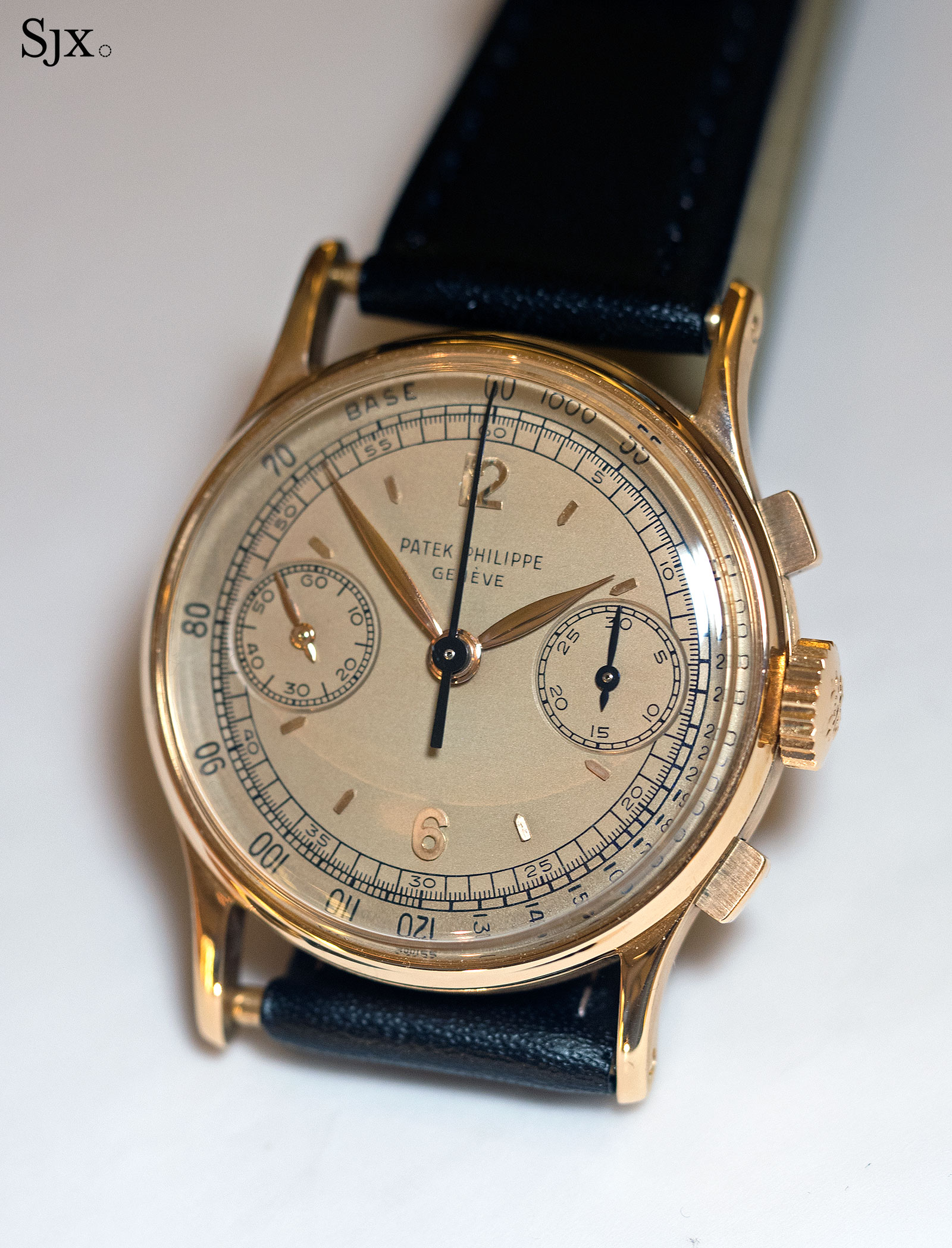
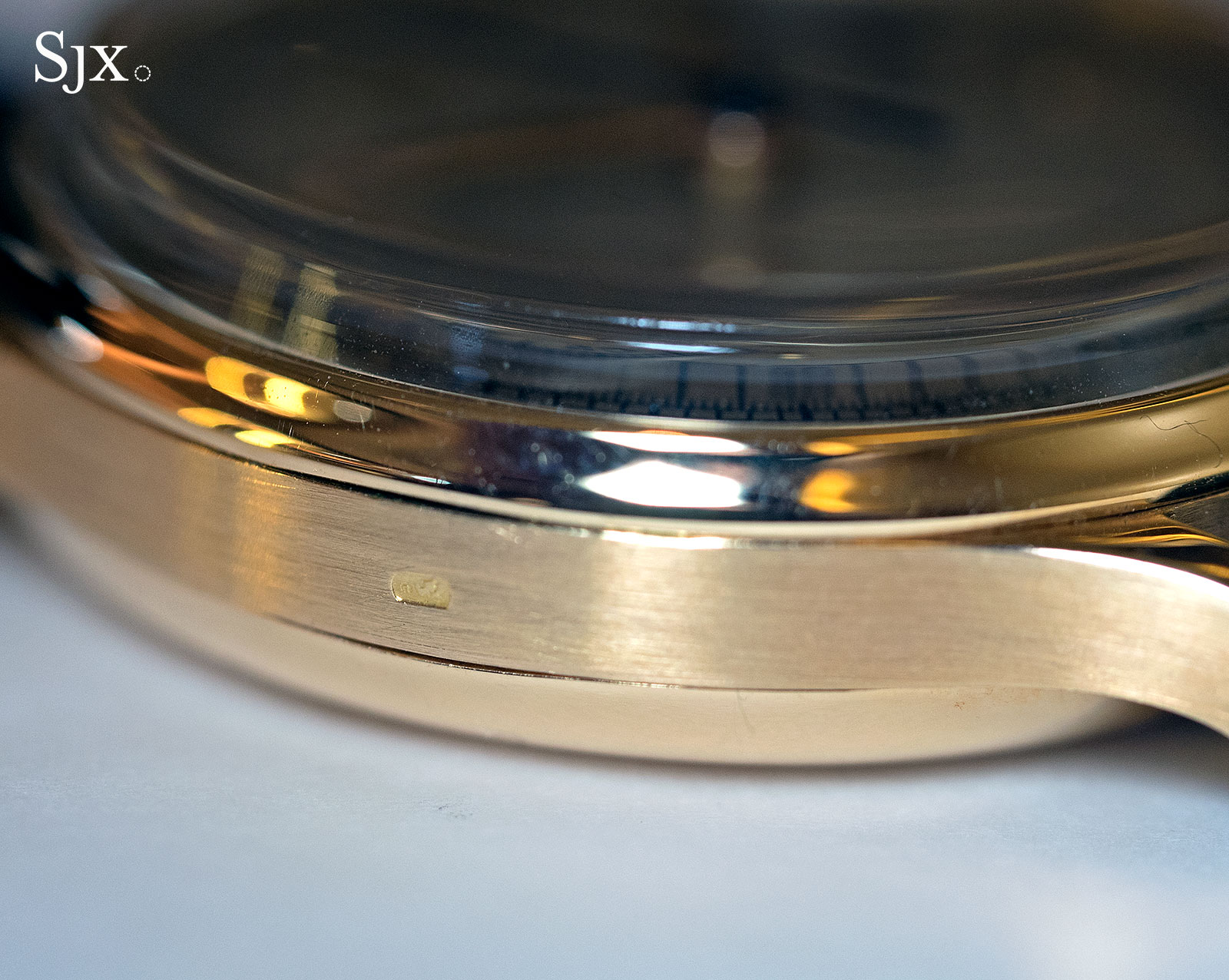
Both gold hallmarks on the case band and lugs are still obvious. The buckle is original, while the strap is a modern day Patek Philippe band. This carries a conservative estimate of HK$400,000 to HK$640,000, or US$50,000 to US$80,000.
Lot 862 – Patek Philippe ref. 1579 chronograph “spider lugs”
Belonging to the same owner as the prior ref. 130 in pink gold, this ref. 1579 in yellow gold is a similarly appealingly timepiece. Having also benefited from serviced by Patek Philippe, explaining its spotless condition, this ref. 1579 is circa 1952.
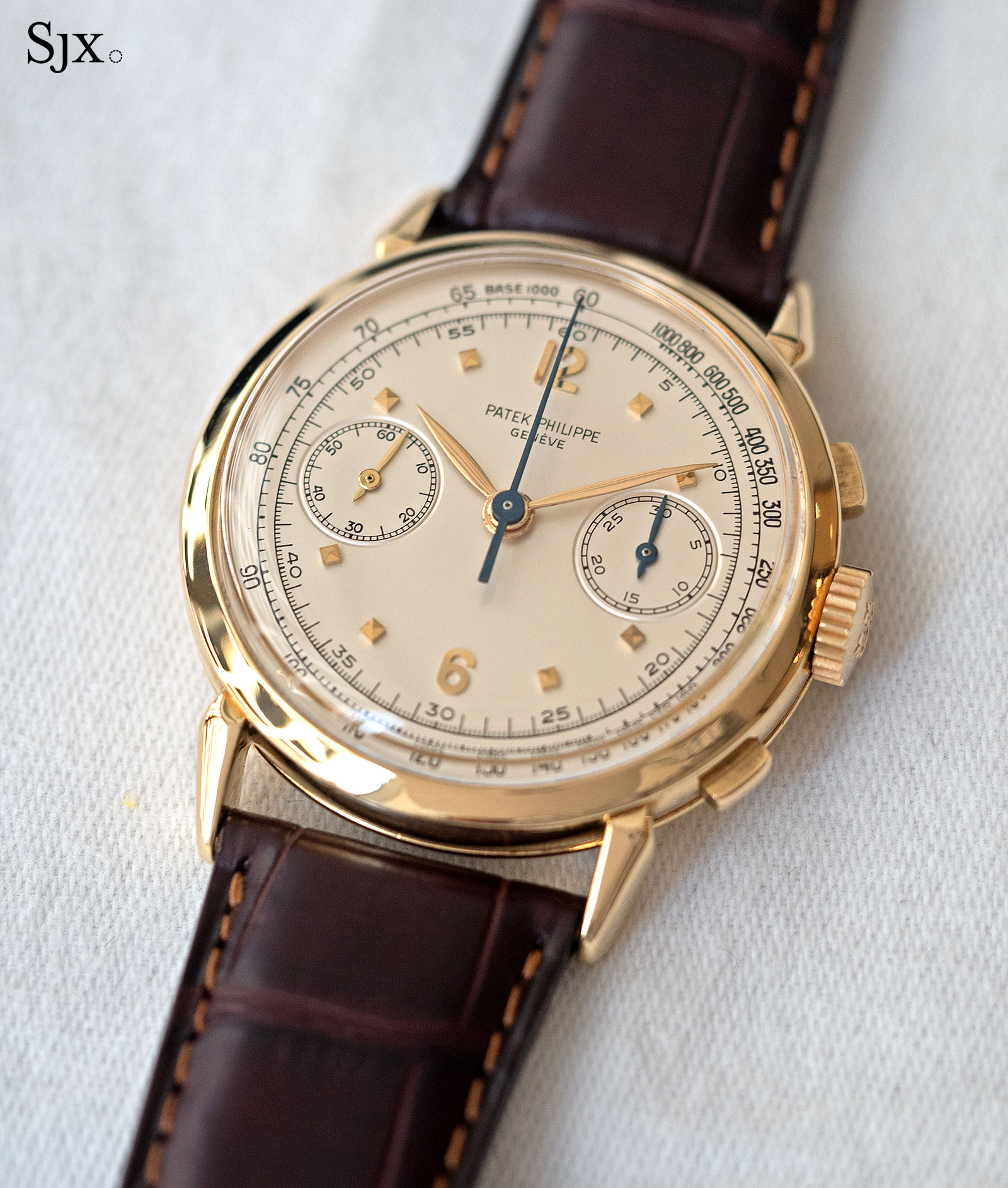
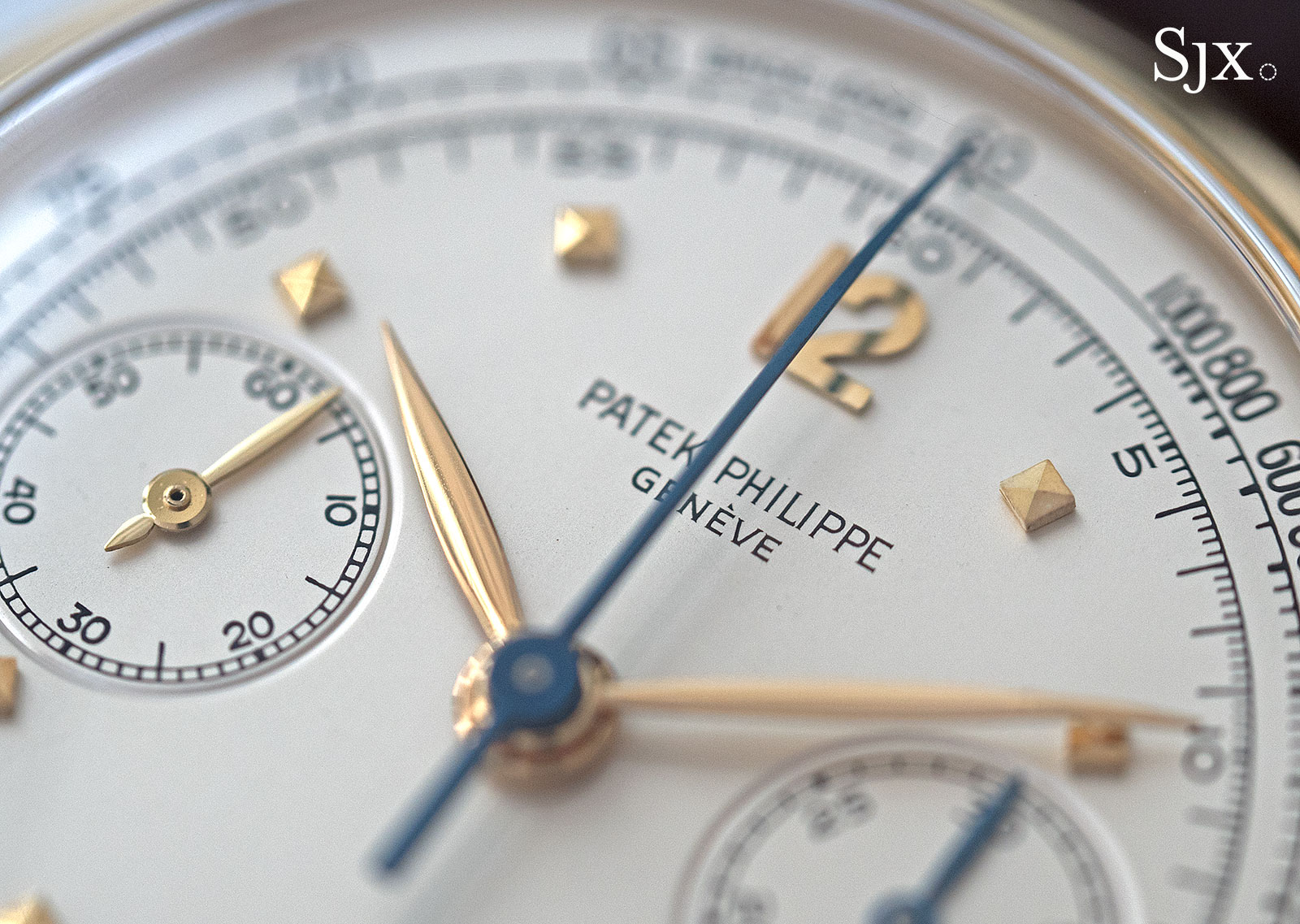
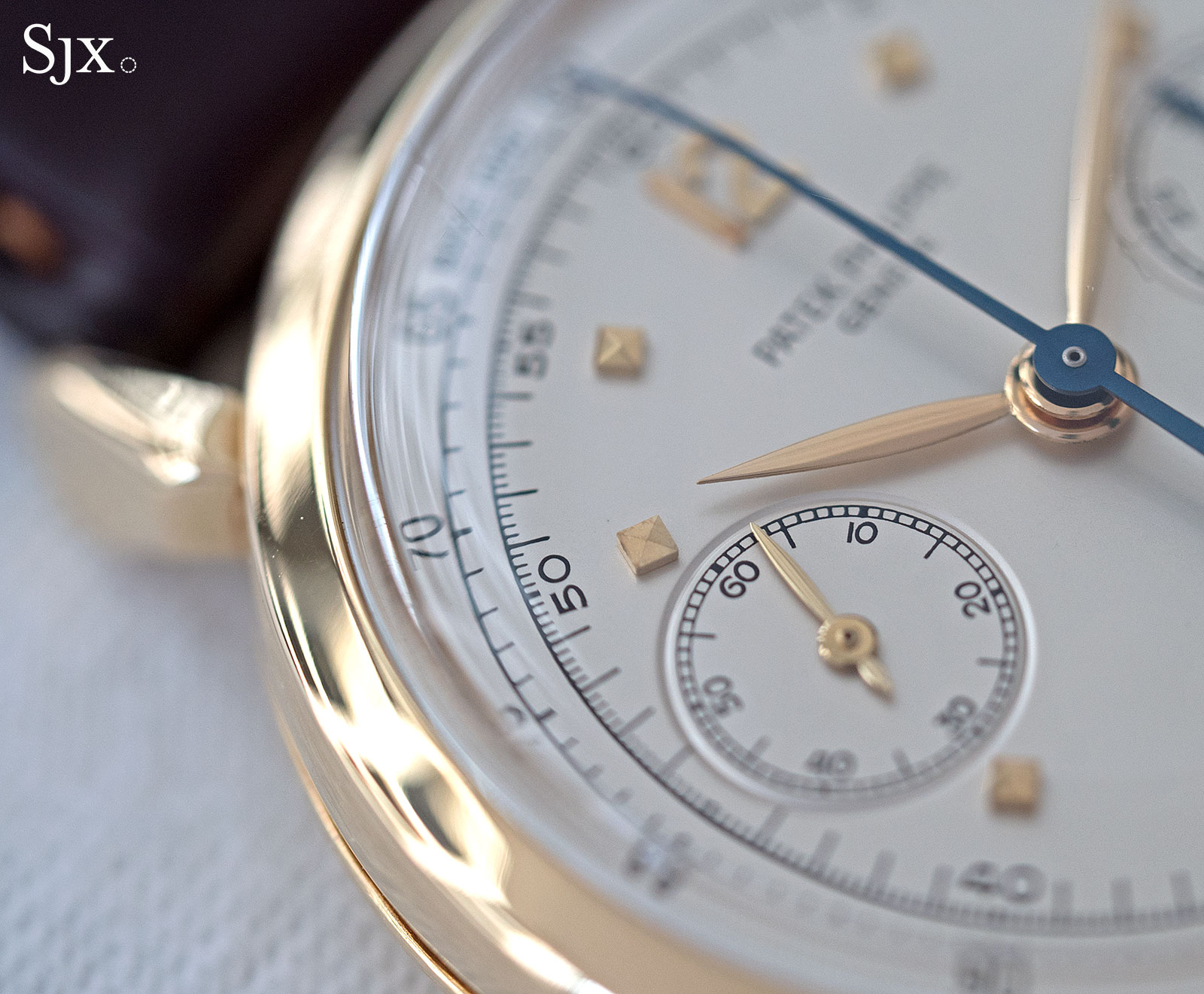
Measuring 36mm in diameter, unusually large for the era, the ref. 1579 feels more modern on the wrist than most of its contemporaries. Its most distinctive feature is the “spider lugs”, which are angled, angular and reminiscent of an arachnid’s legs.
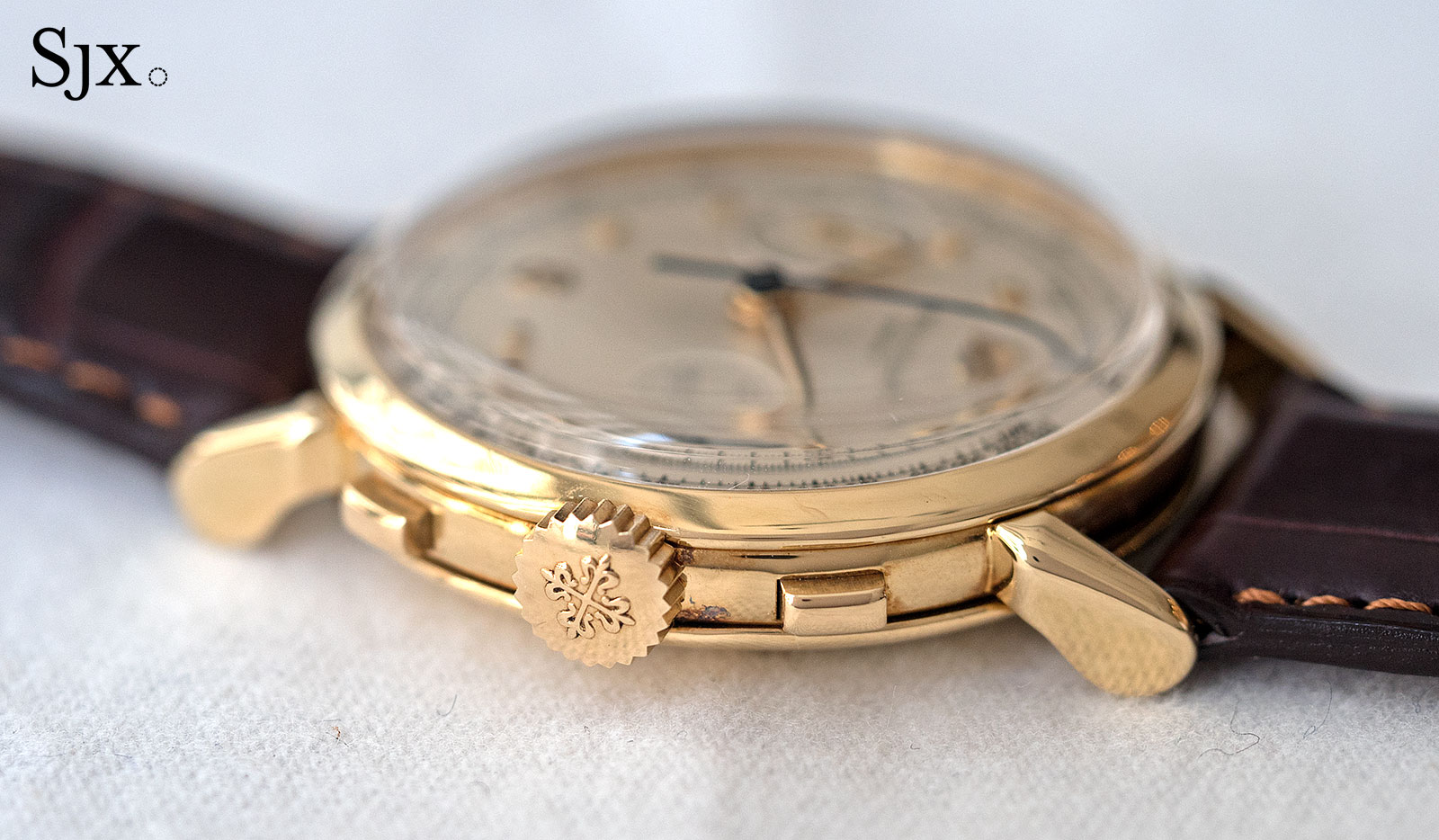
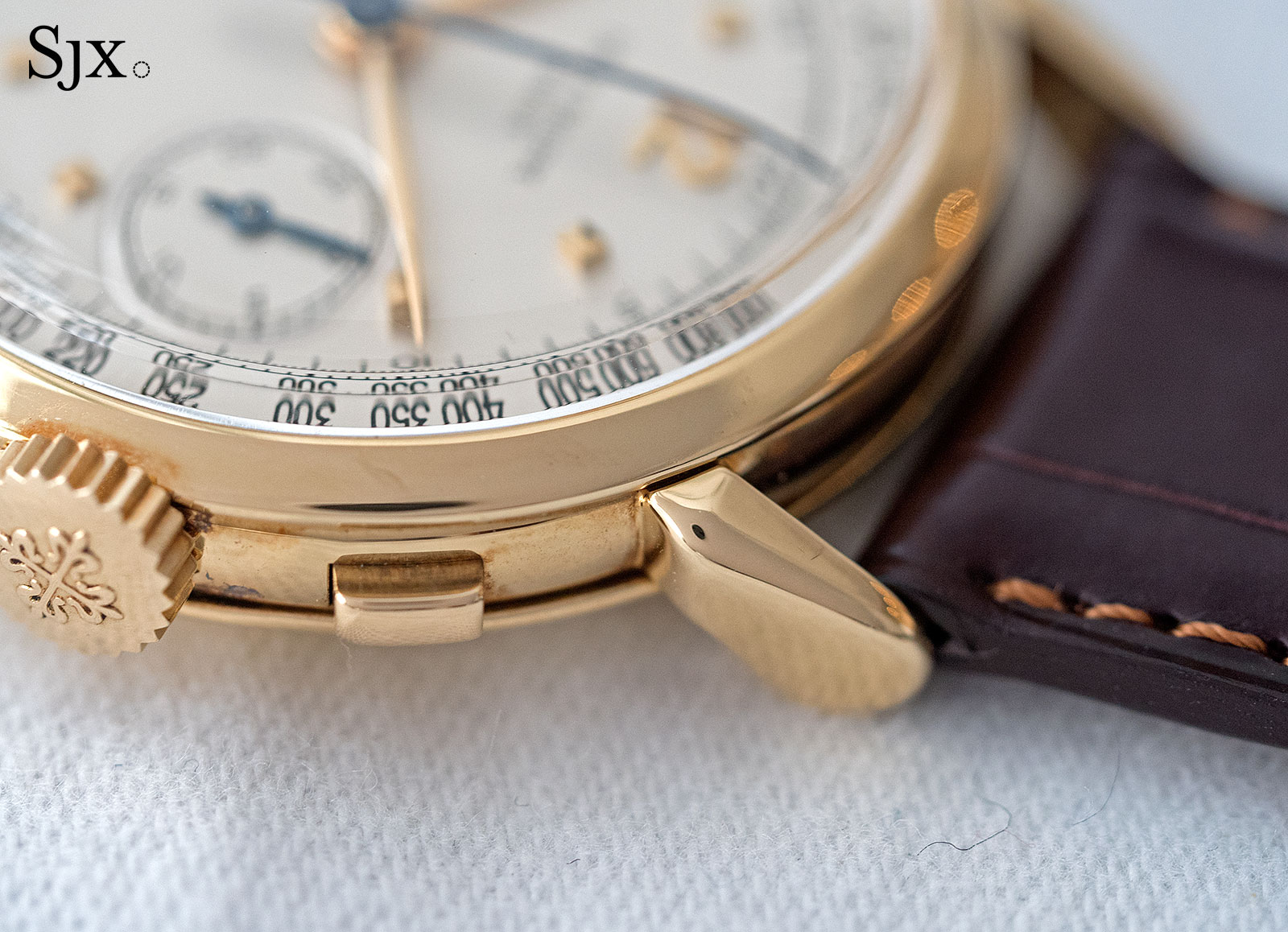
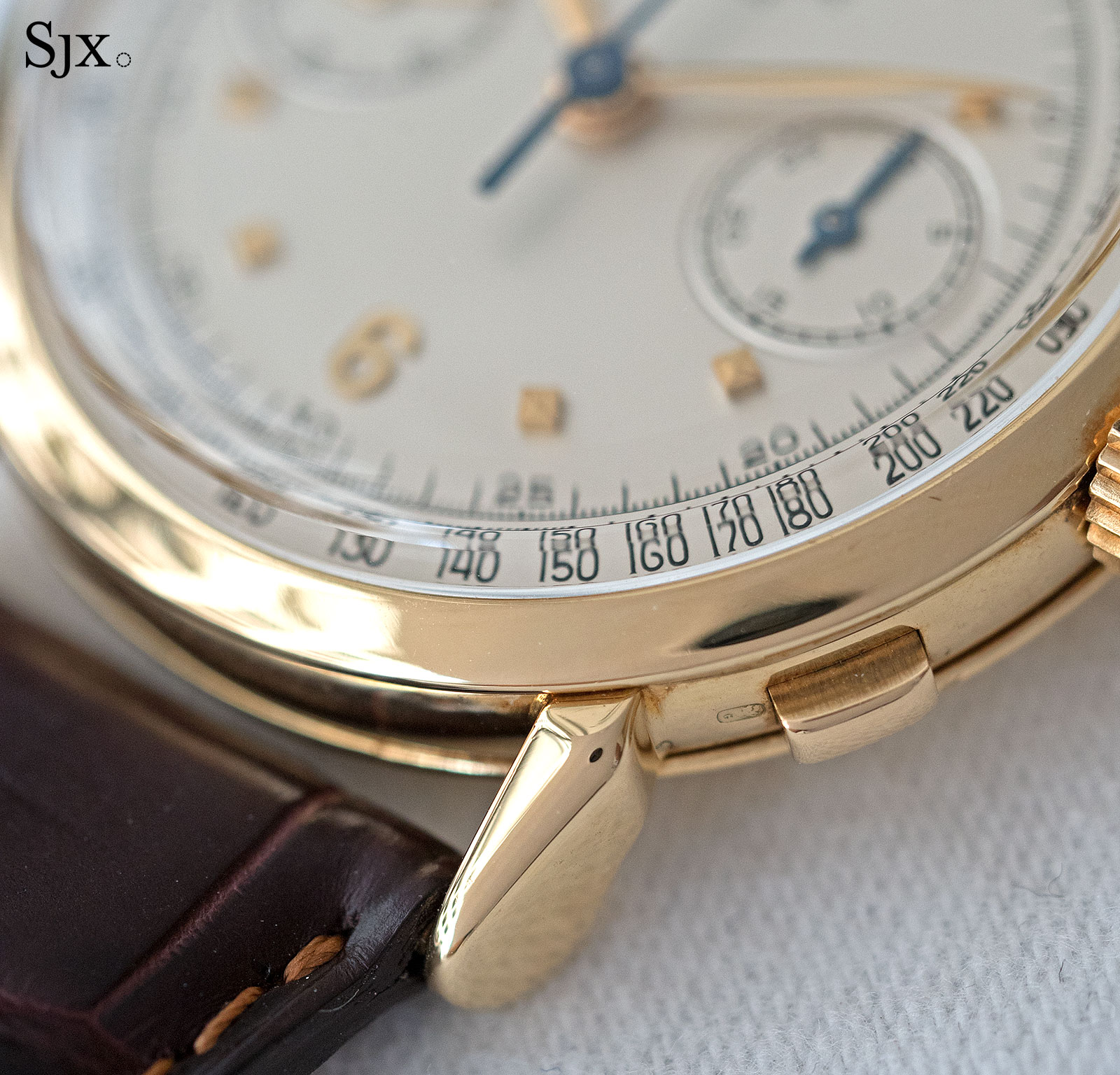
The factory service means the watch has been polished, leaving the lugs more rounded than they were sixty years ago, but the two hallmarks on the case are still strong and correct. This ref. 1579 carries an estimate of HK$240,000 to HK$400,000, or US$30,000 to US$50,000.
Lot 942 – Franck Muller Chronograph Double Face
Though now better known for flamboyantly styled watches, when Franck Muller first started as a small-scale independent watchmaker nearly 30 years ago he was responsible for distinctly classical and notably innovative timepieces. One of his more ingenious creations was the Chronograph Double Face. The model name tells all: the watch has dials on both sides of the case to allow for multiple chronographic scales that are significantly more legible.

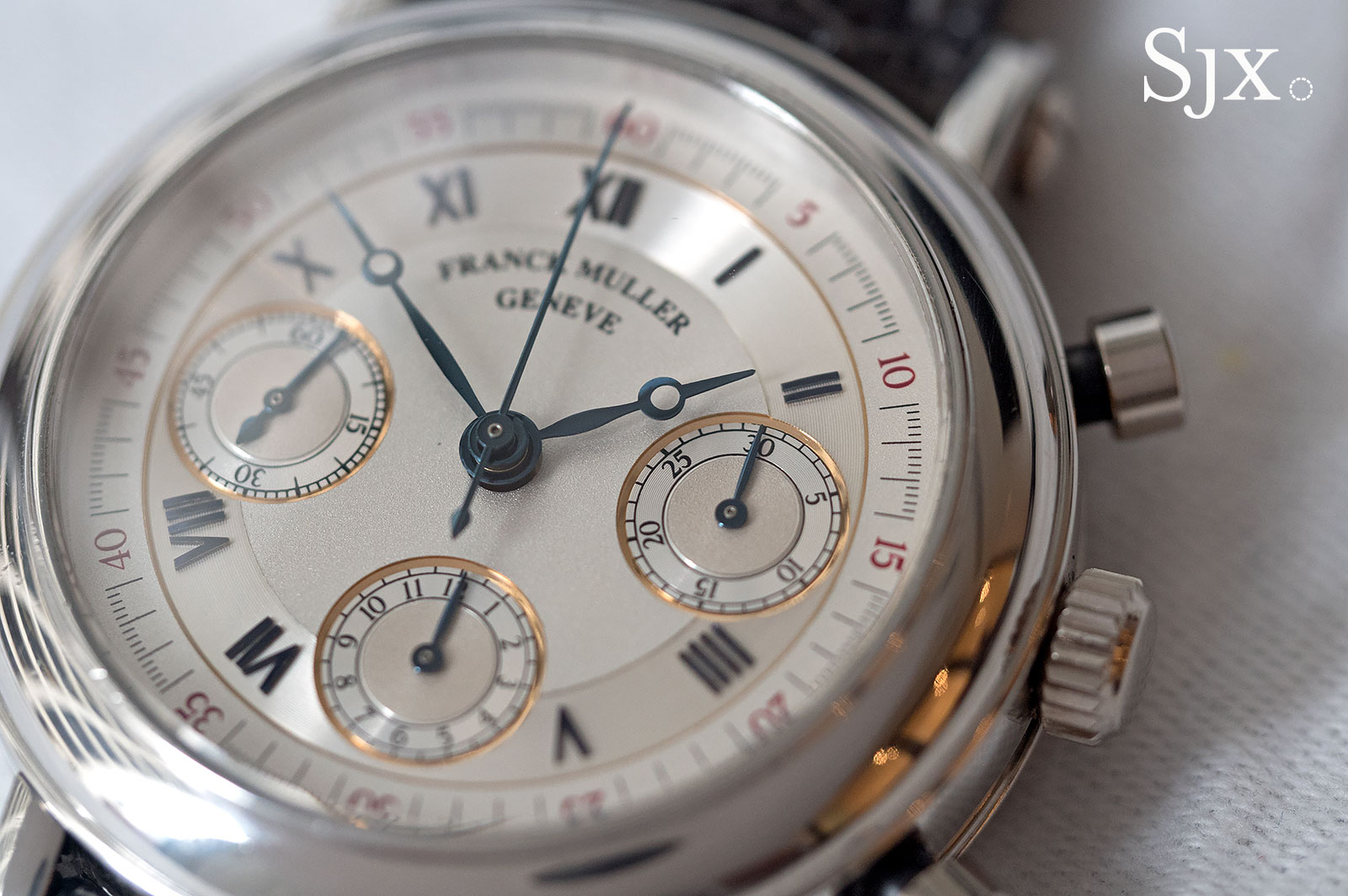
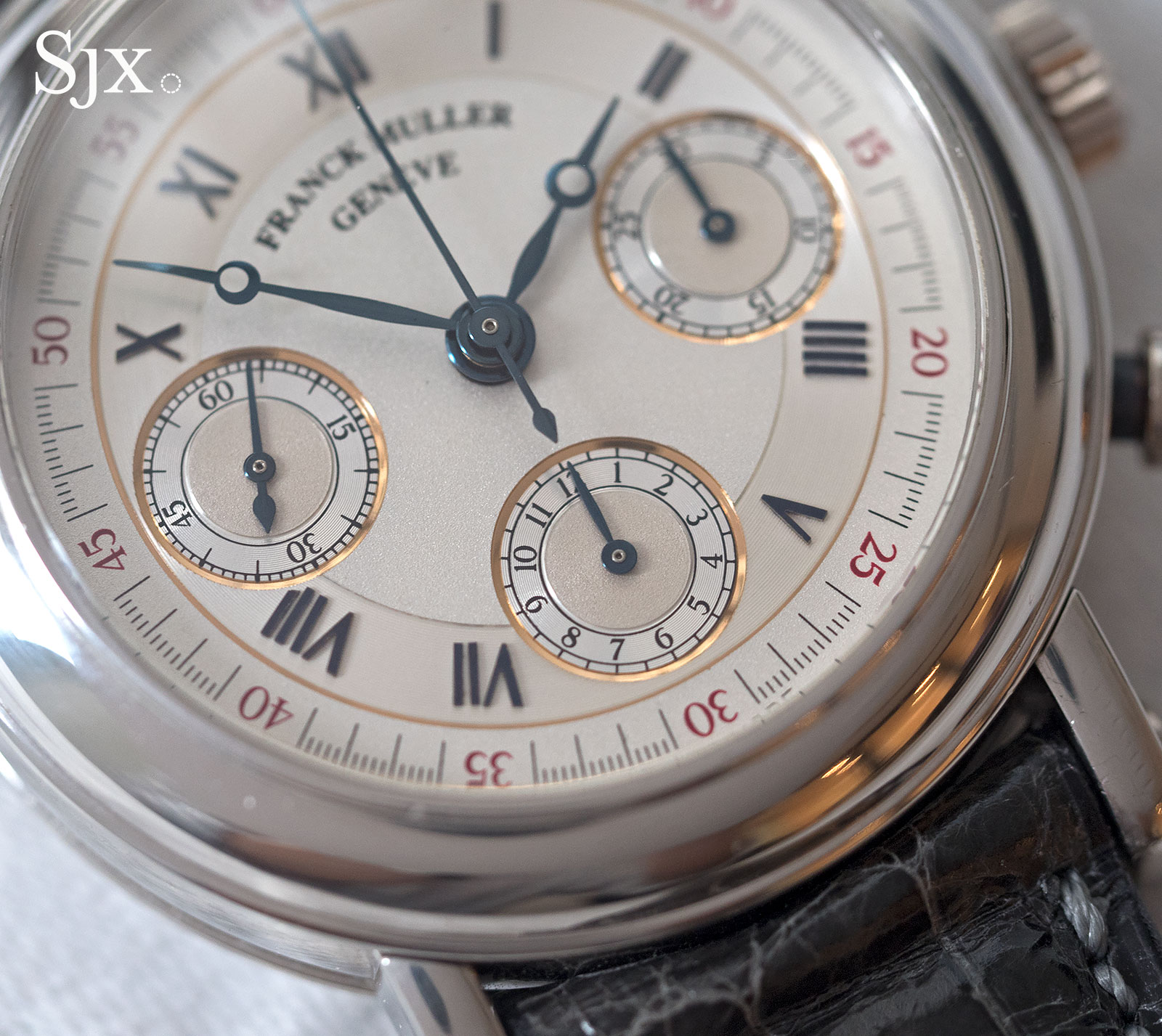
The front features a conventional dial with chronograph registers, while the back has an oversized, one-minute register with a central seconds as well as a pulsometer, tachymeter and telemeter. Because the face is so large, the scales are significantly easier to read than on an ordinary chronograph.
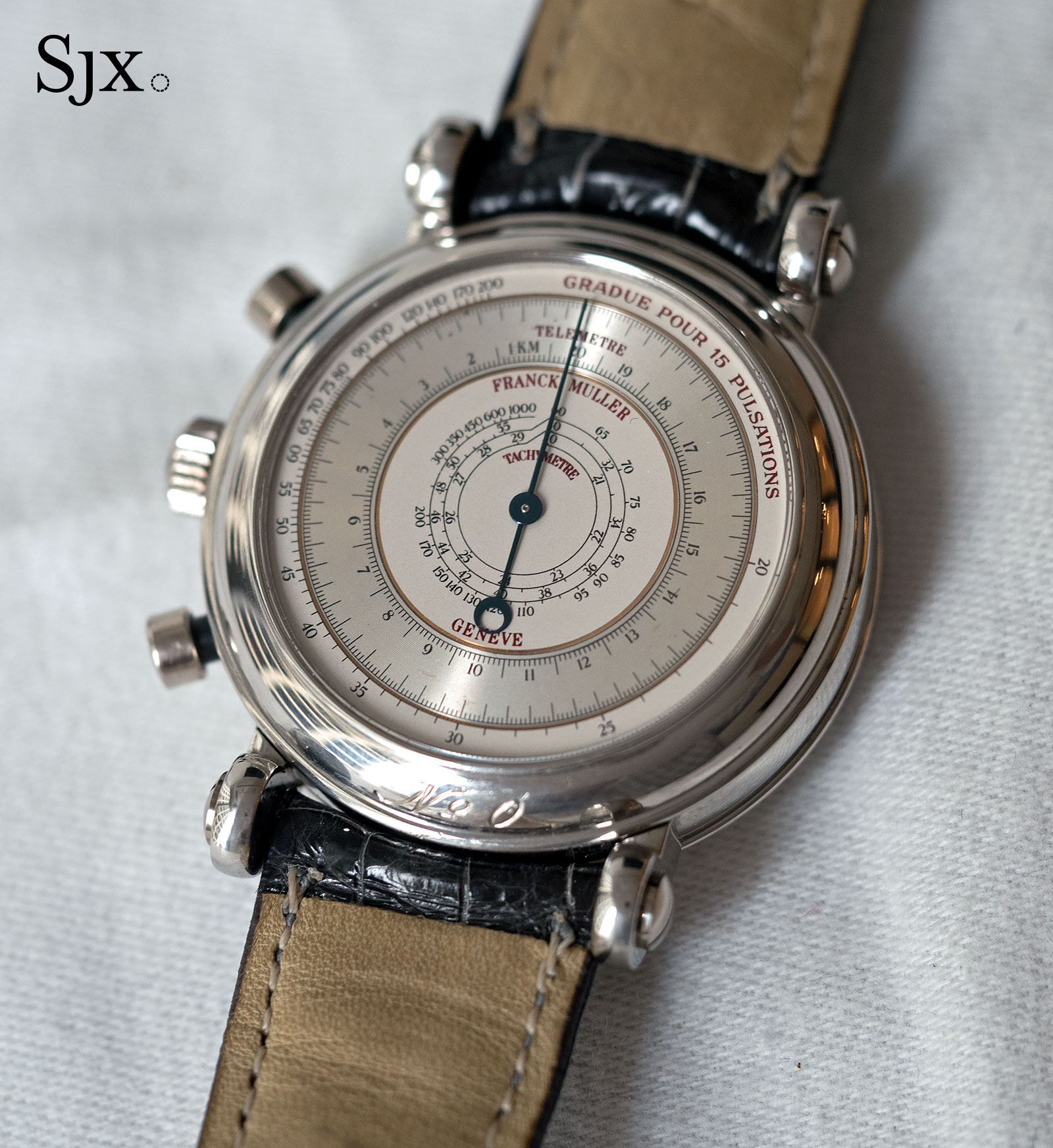
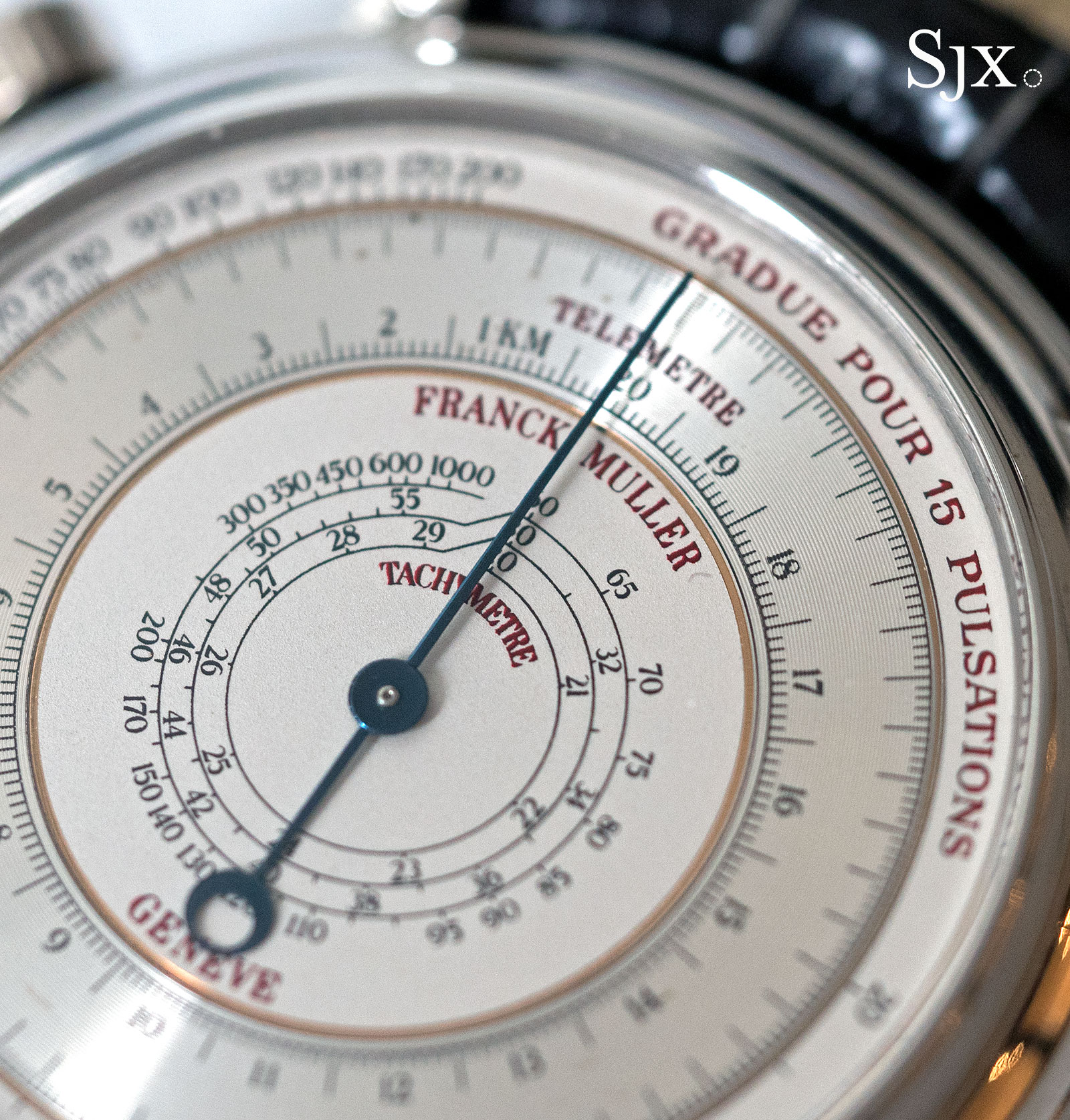
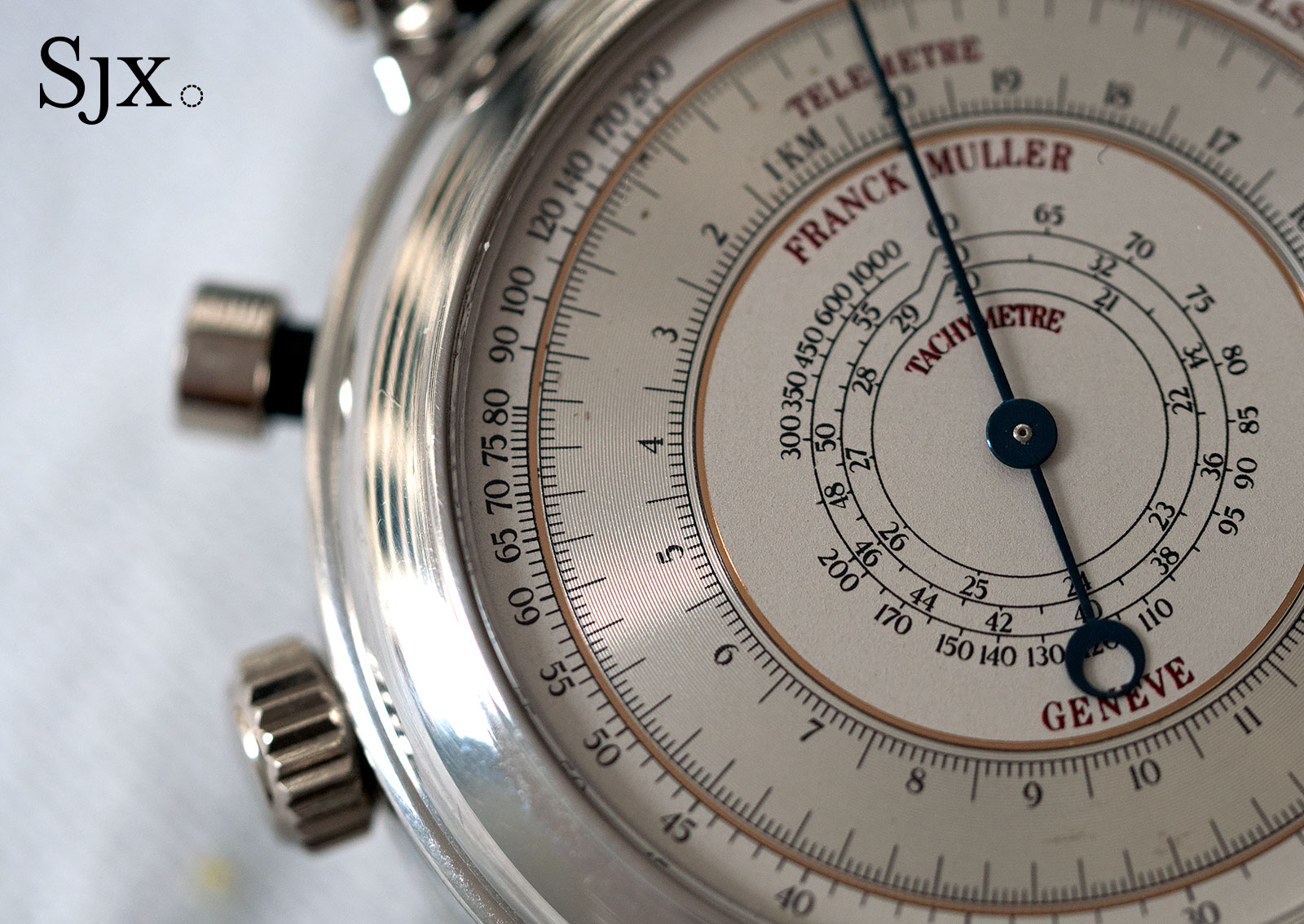
As with many of his early chronograph innovations, Muller built the double face on the robust Valjoux 7750 movement, dressing it up with decoration and a platinum rotor.
Dating to 1992 – the company was founded only a year before – this particular example is no. 0, meaning it was likely a prototype or one of the first produced. The case is platinum and 39mm in diameter, while the dial is beautifully made with applied, blued steel Roman numerals.
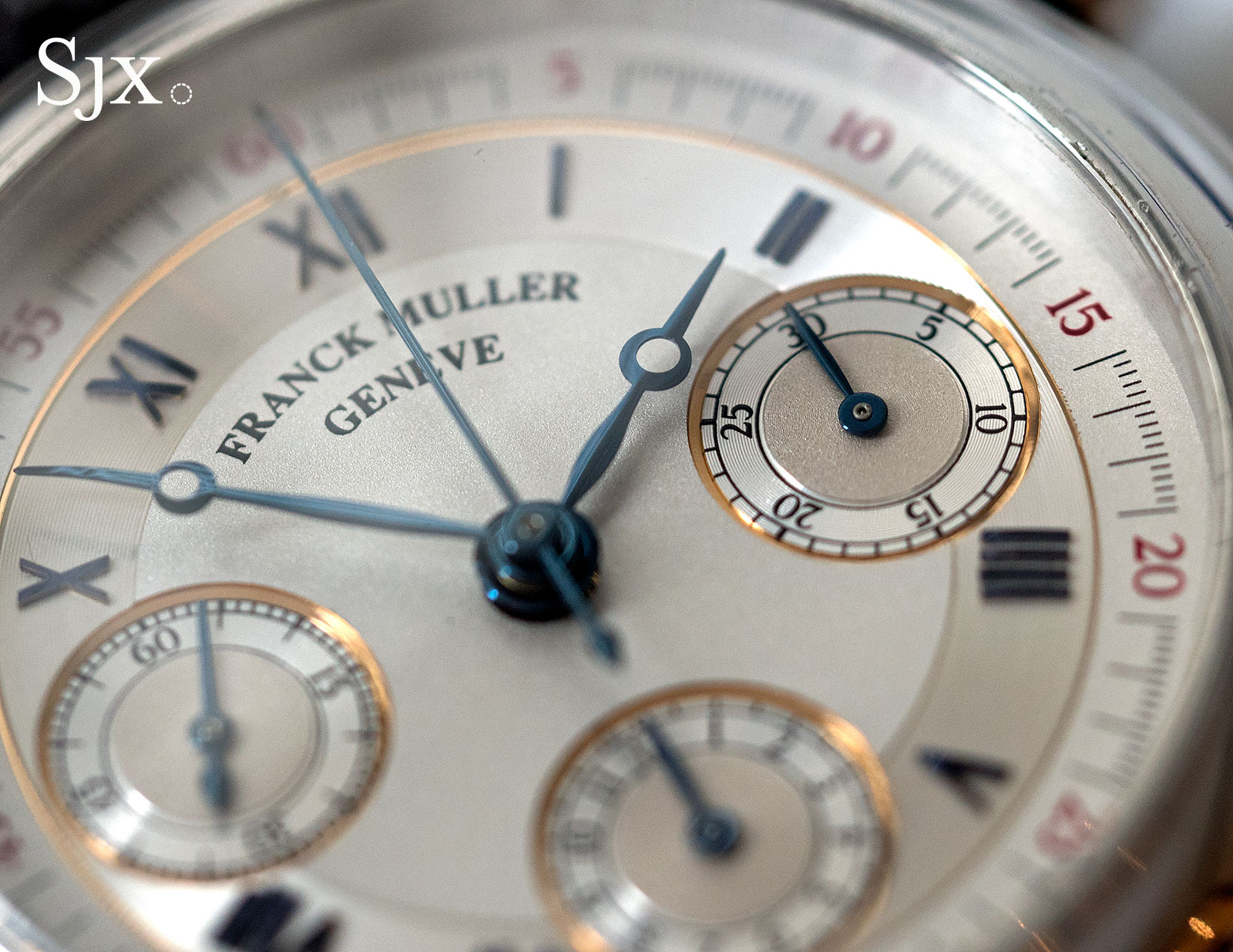
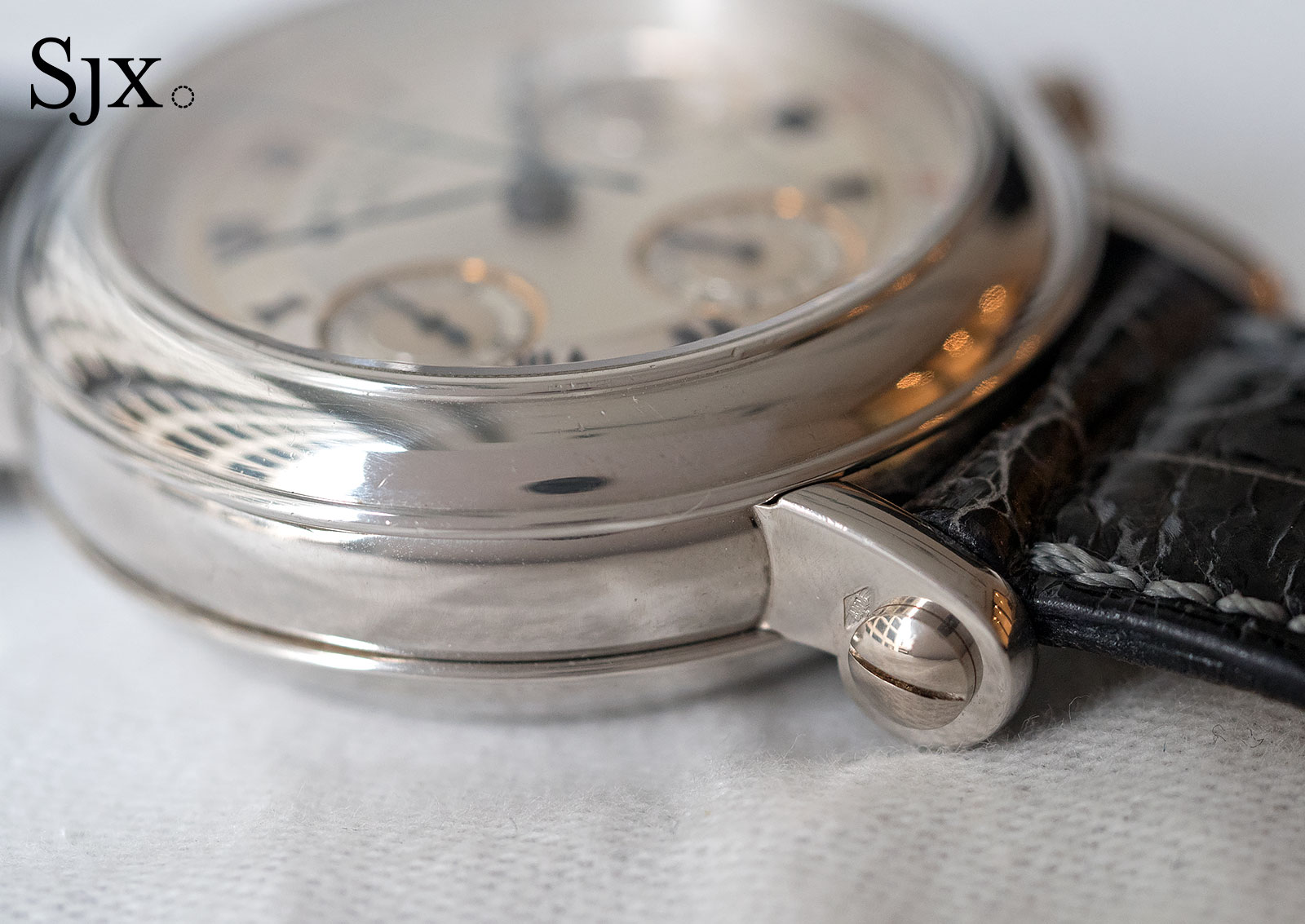
This has an estimate of HK$80,000 to HK$120,000, or US$10,000 to US$15,000.
Lot 952: Greubel Forsey Double Tourbillon 30° Secret “JCB”
While Phillips officially has no comment on the identity of the owner, Jean-Claude Biver has confirmed that the Greubel Forsey watches bearing the initials “JCB” belong to him. Having sold already sold a Greubel Forsey Invention Piece 1 at Phillips’ Hong Kong sale in November 2016, the TAG Heuer chief executive is offering another from his collection. This time it’s a Double Tourbillon 30° Secret in 18k white gold with a small plate on the dial engraved “JCB”.
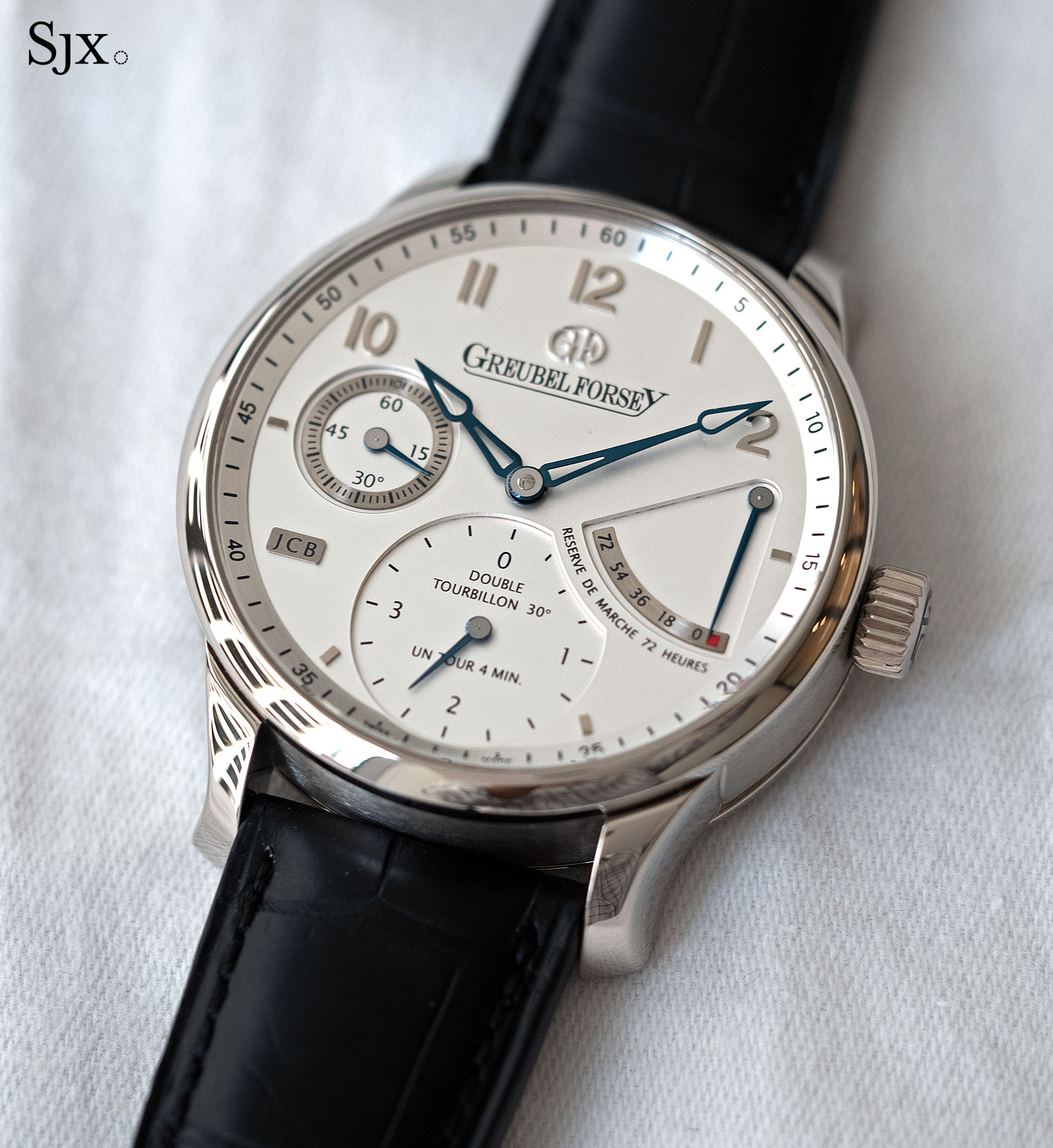
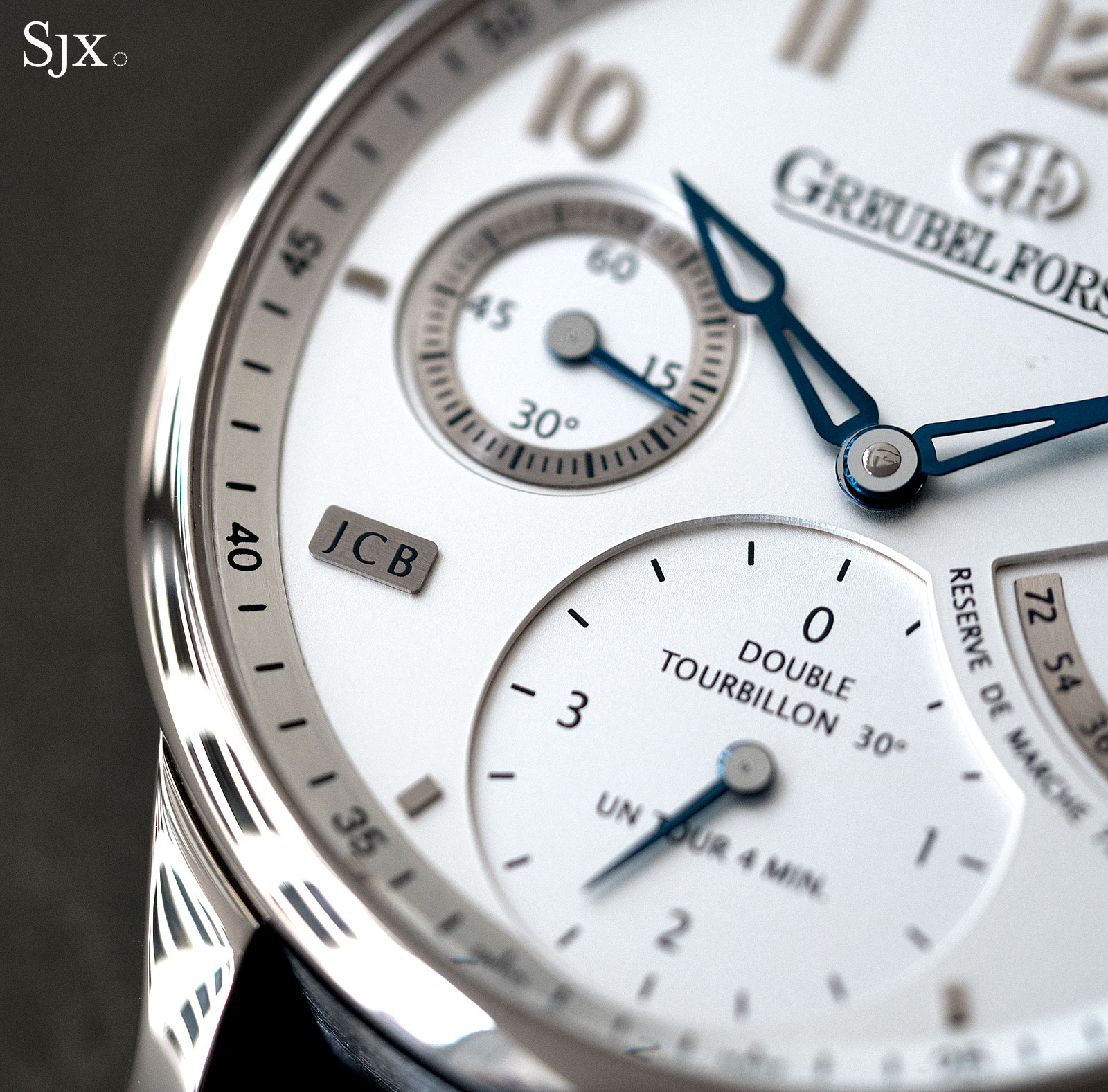
The Greubel Forsey “Secret” watches are variants of its tourbillons with full dials that hide the tourbillon regulator, giving them a discreet, functional appearance. This model keeps the double-axis tourbillon inside hidden.
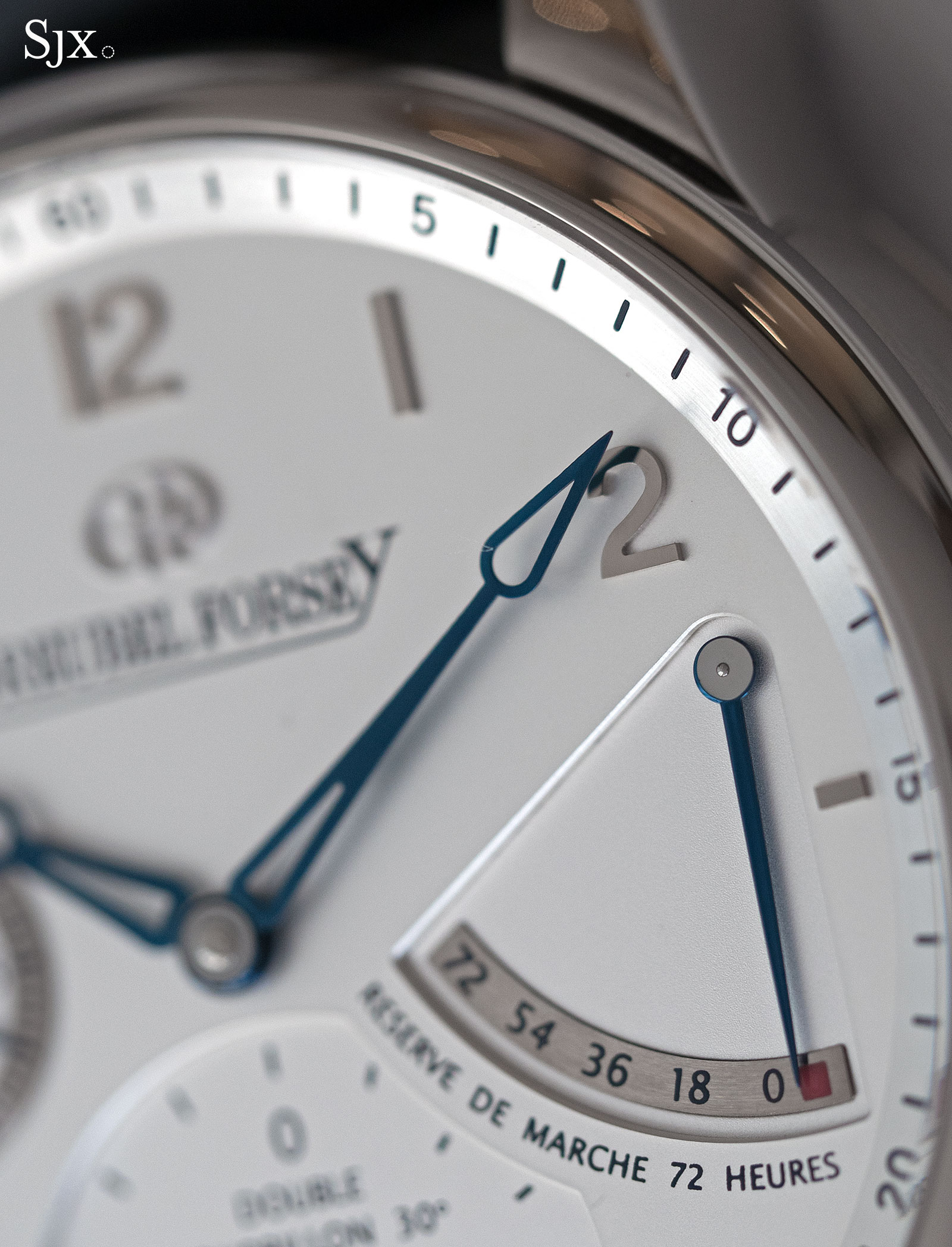
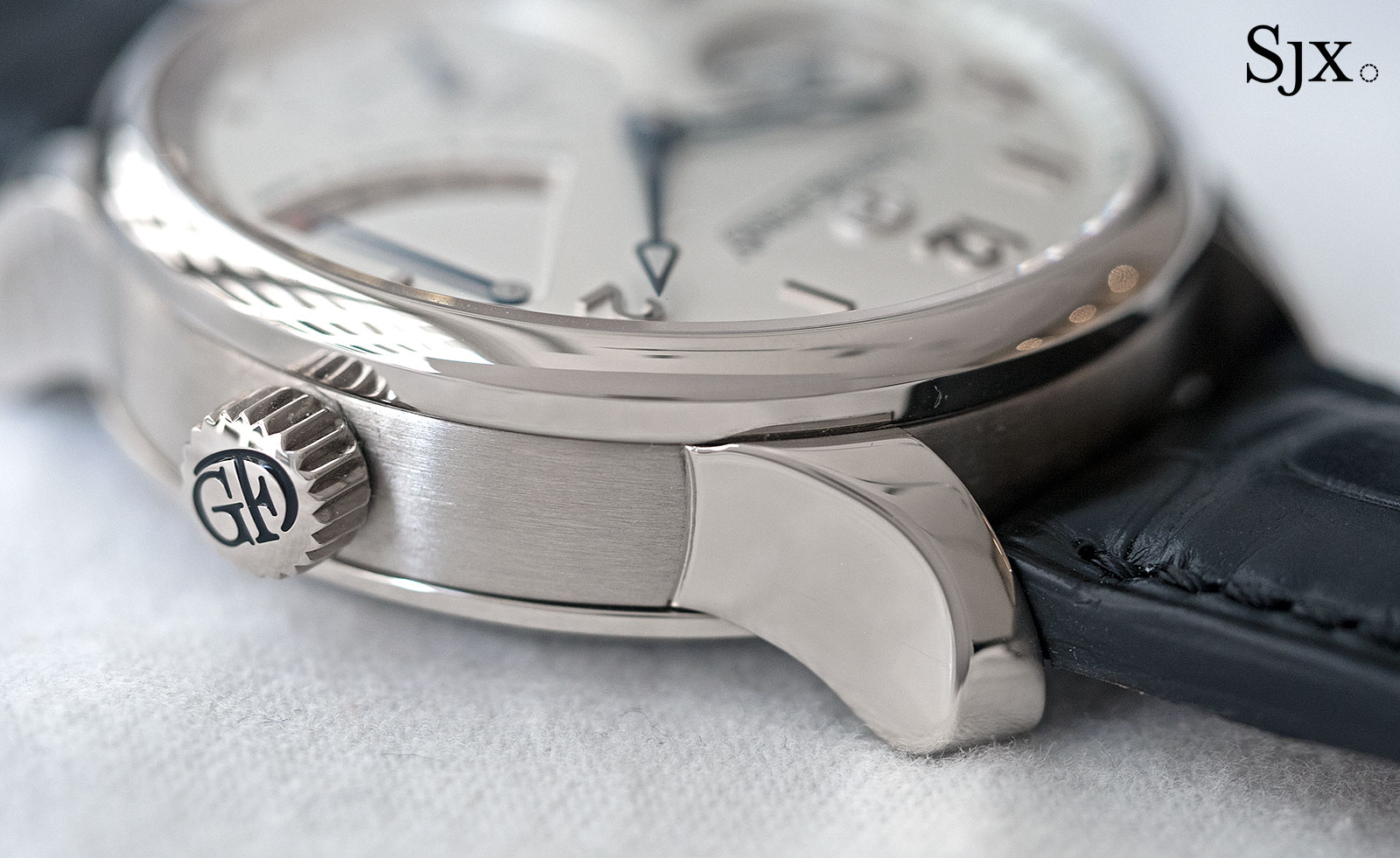
Only from the back is the tourbillon visible, with its two cages that rotate once every minute and four minutes respectively. The one-minute cage is inclined at 30 degrees, explaining the model name, while the initials “JCB” are repeated on the outer cage of the tourbillon.
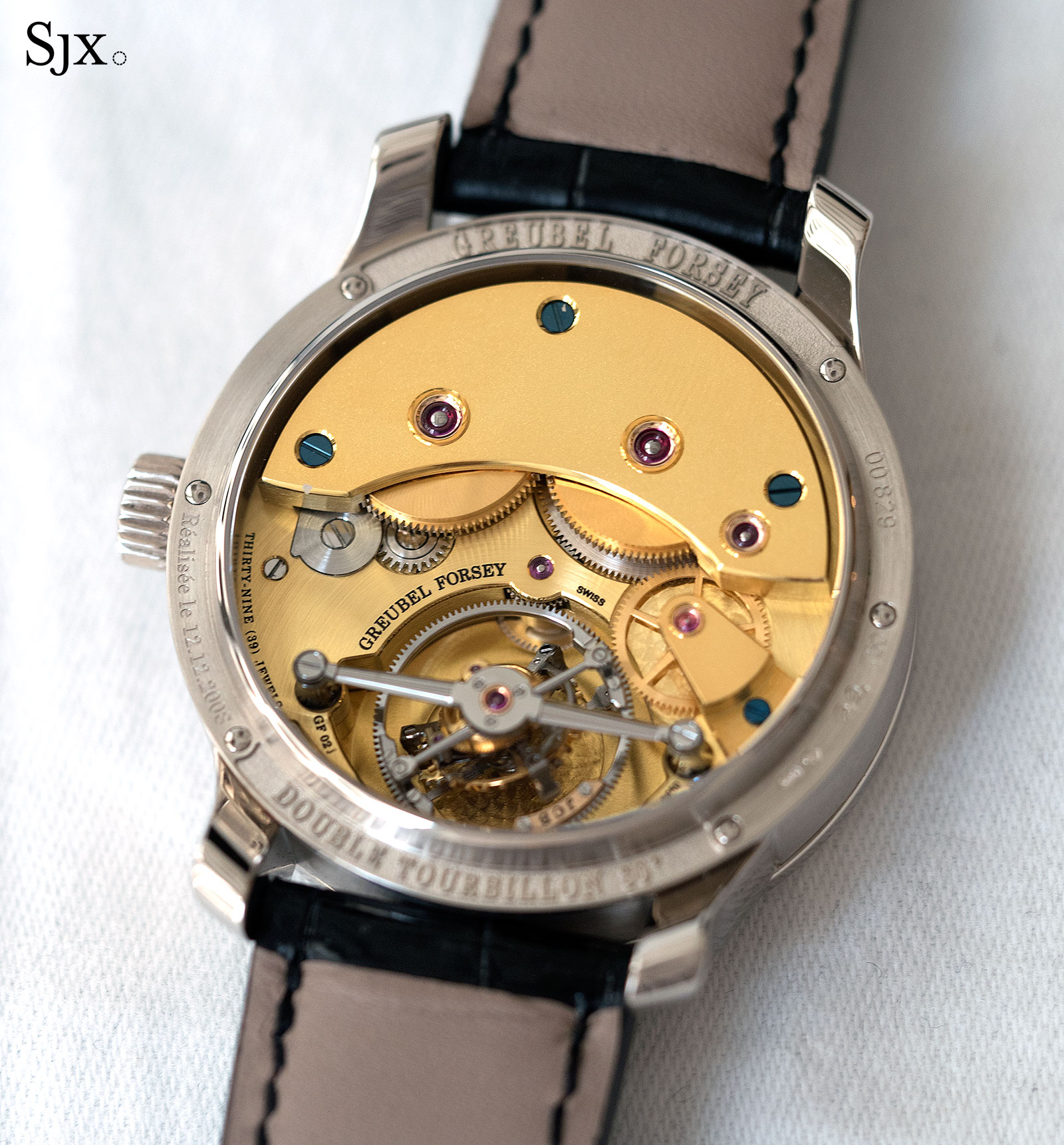
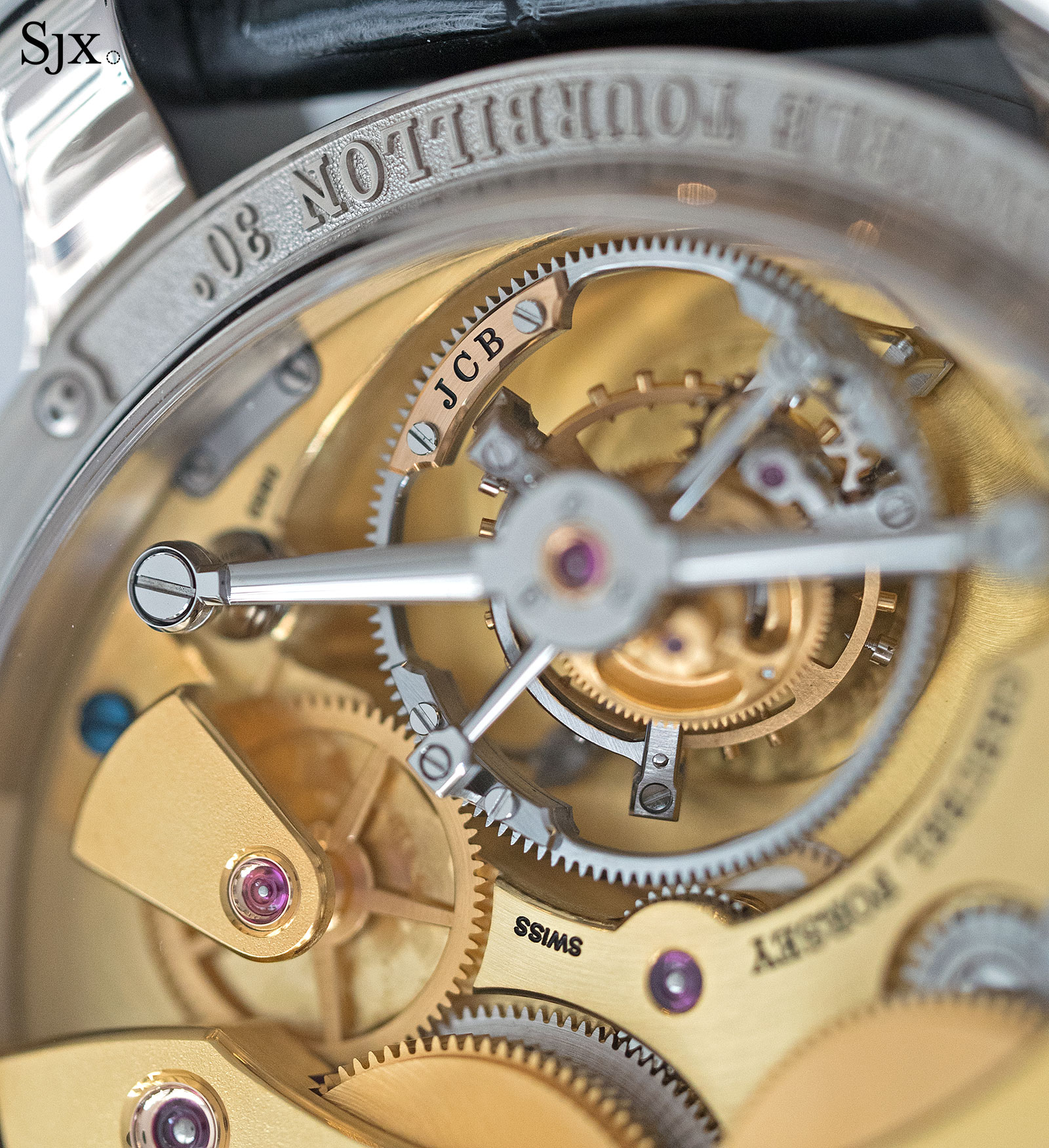
The movement is reminiscent of high quality, 19th century pocket watches, with a frosted finish and two large barrels partially visible under the barrel bridge.
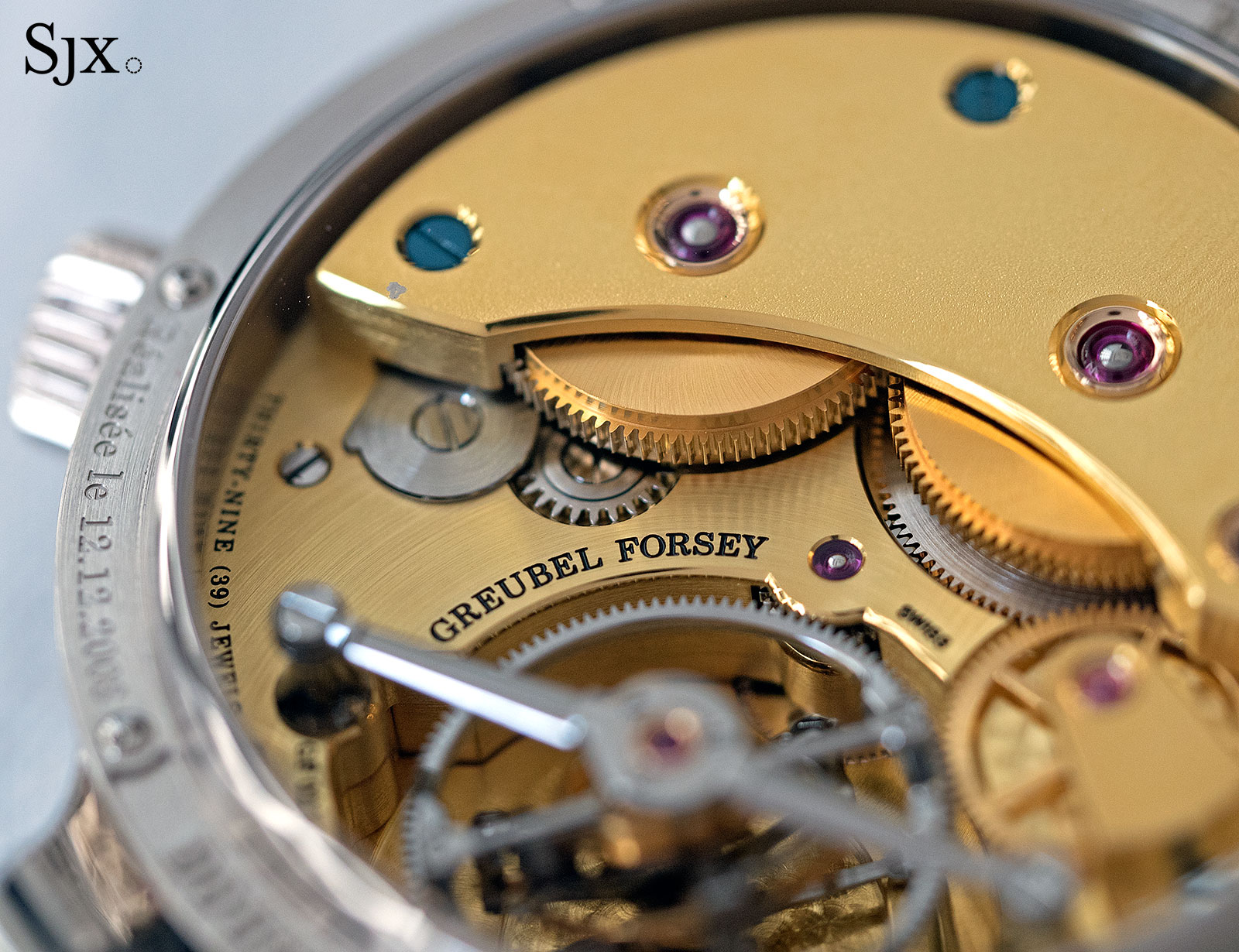
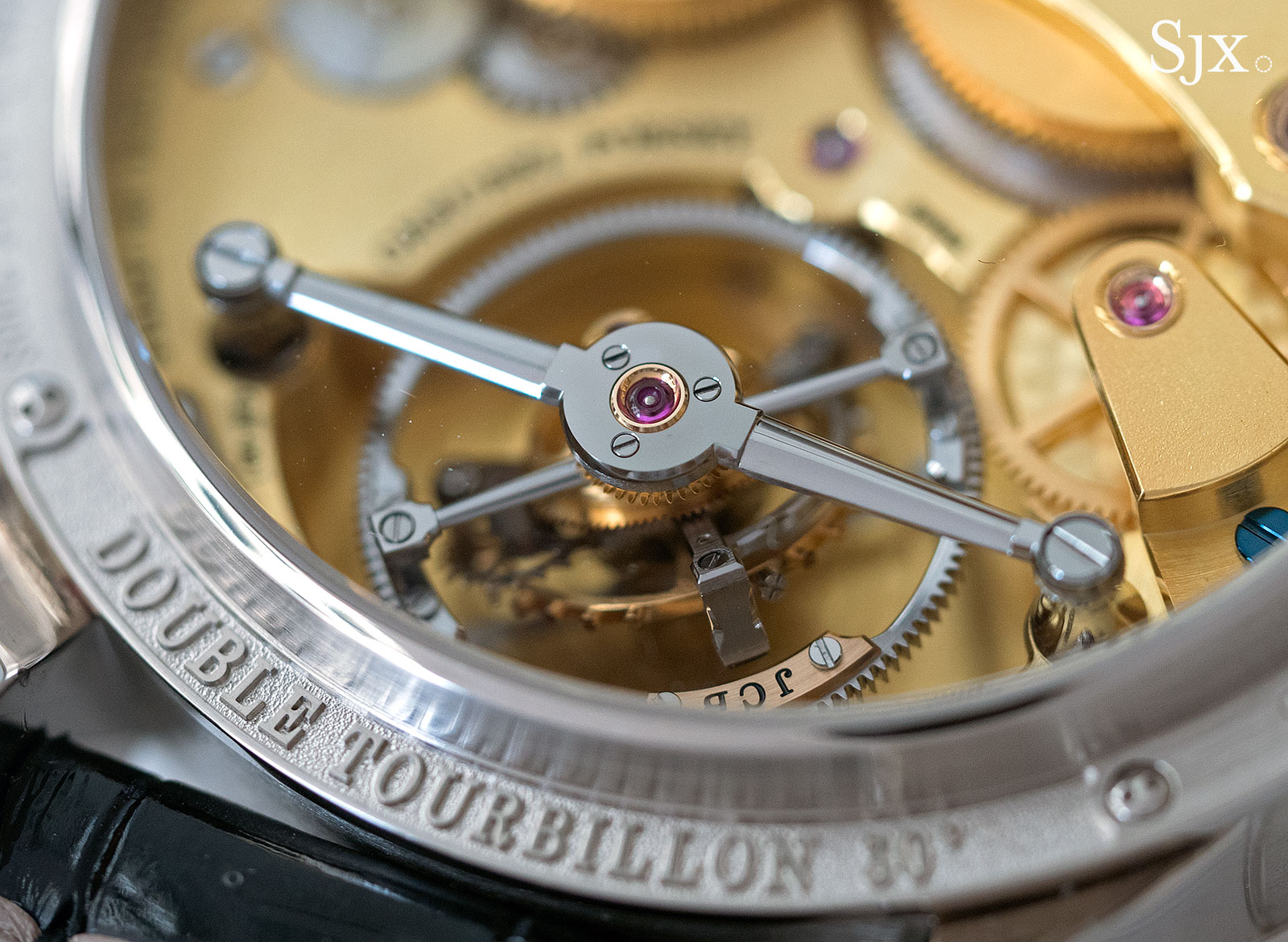
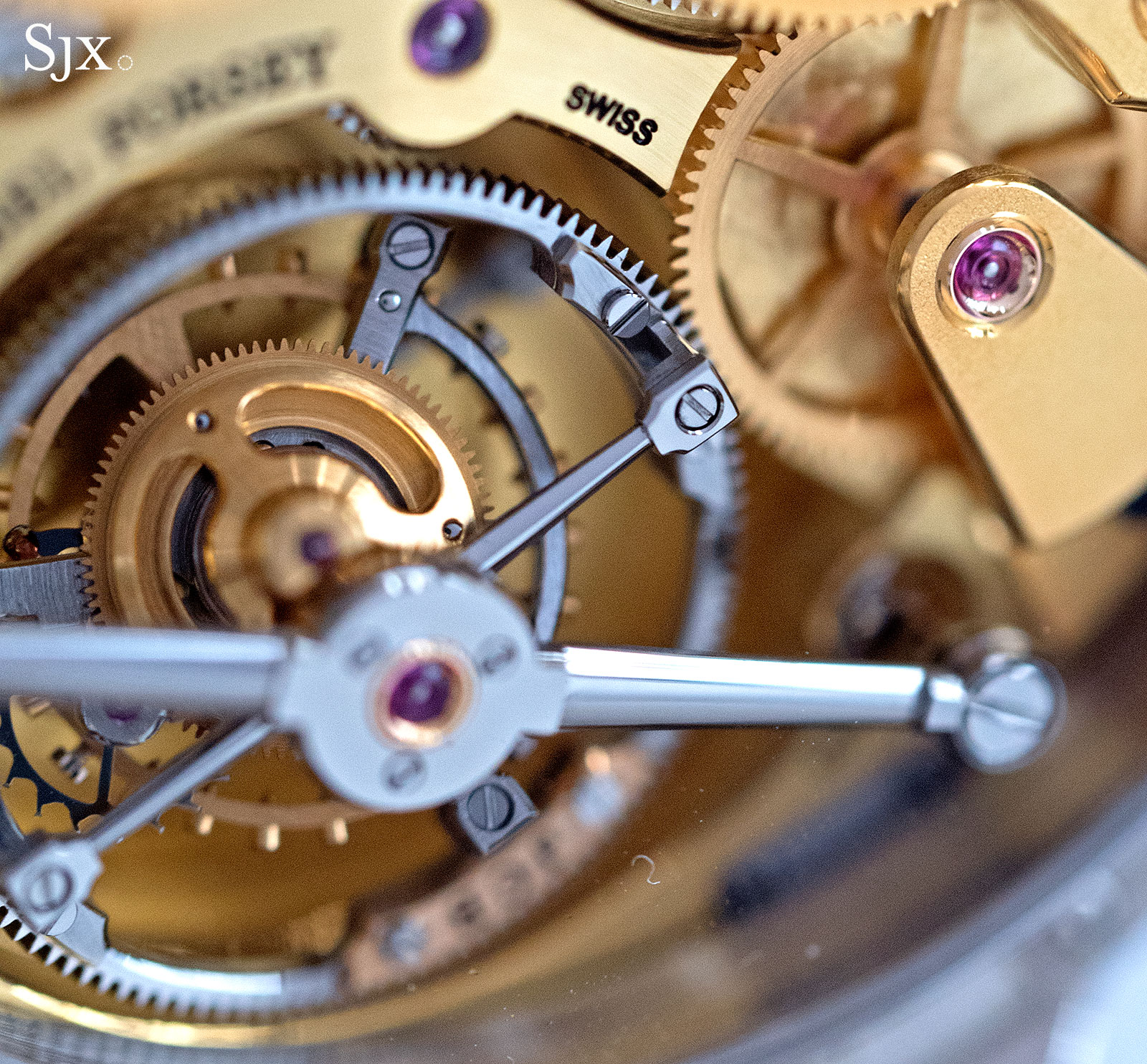
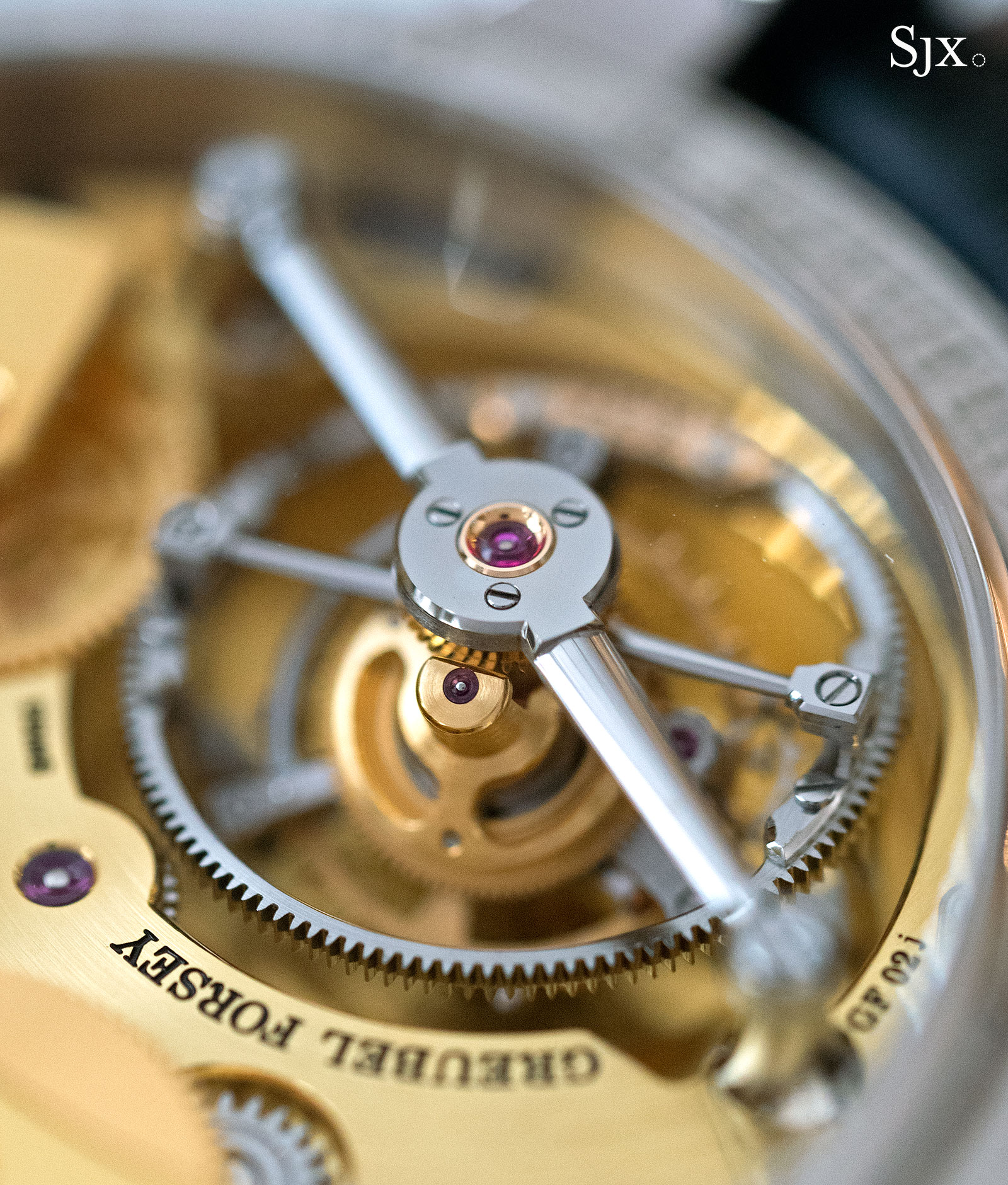
This watch is essentially unworn and like new. And as with other Greubel Forsey watches owned by Biver, it is also engraved with the production date on the case back. It carries an estimate of HK$960,000 to HK$1.4m, or US$120,000 to US$180,000.
Lot 978 – Girard-Perregaux Scuderia Ferrari 70th Anniversary Foudroyante Chronograph
Produced in 1999 for the 70th anniversary of the Ferrari Formula 1 team – Girard-Perregaux was then the official watchmaker for the Italian car marque – the Ferrari foudroyante was one of the first lightning seconds chronograph wristwatches on the market.
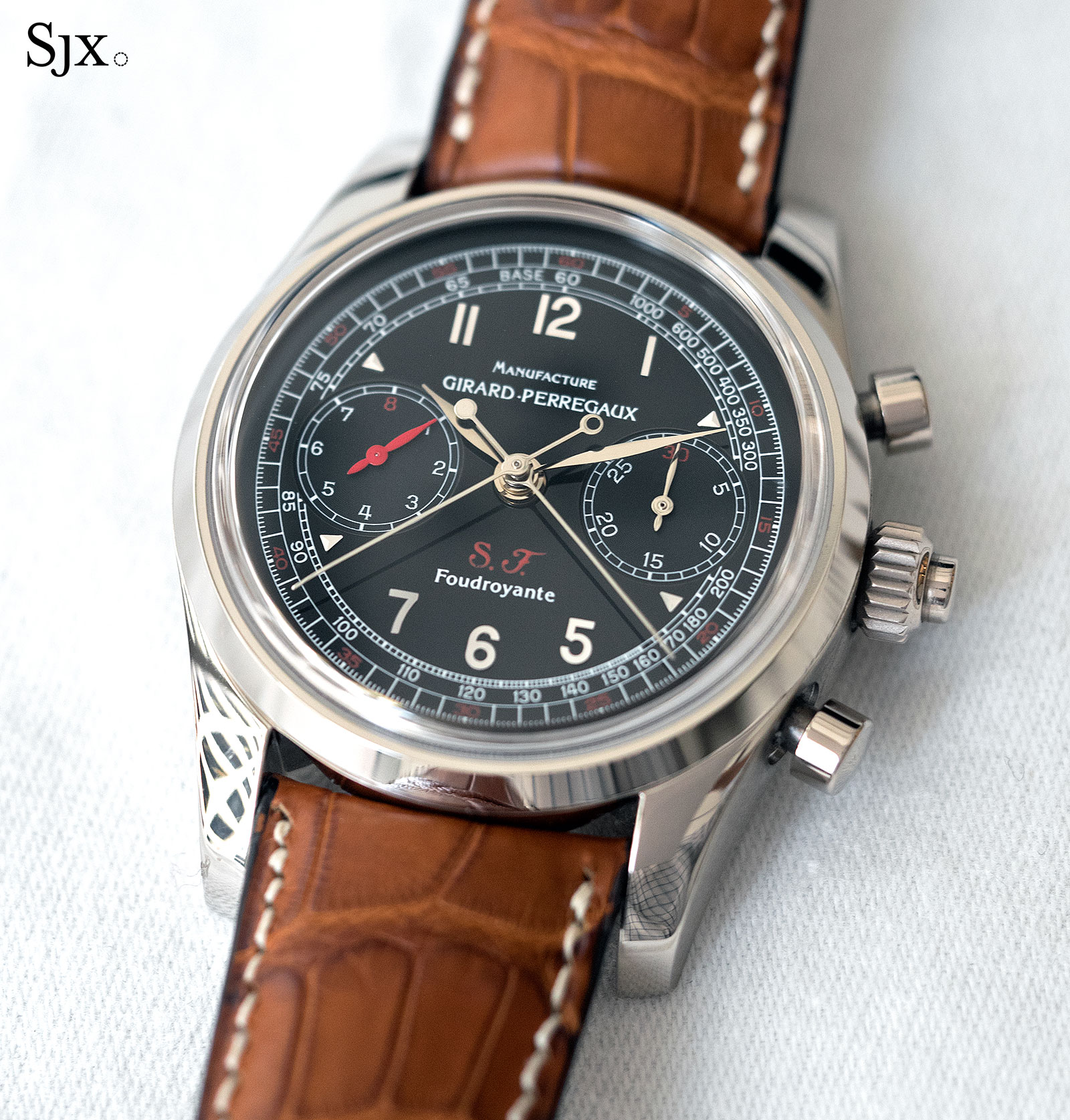
Developed by what was then Jaquet (and is now La Joux-Perret), a movement specialist that focused on chronographs, the movement is based a Valjoux 7750, but heavily modified to boast two column wheels to control a split-seconds function, as well as a 1/8 of a second hand.
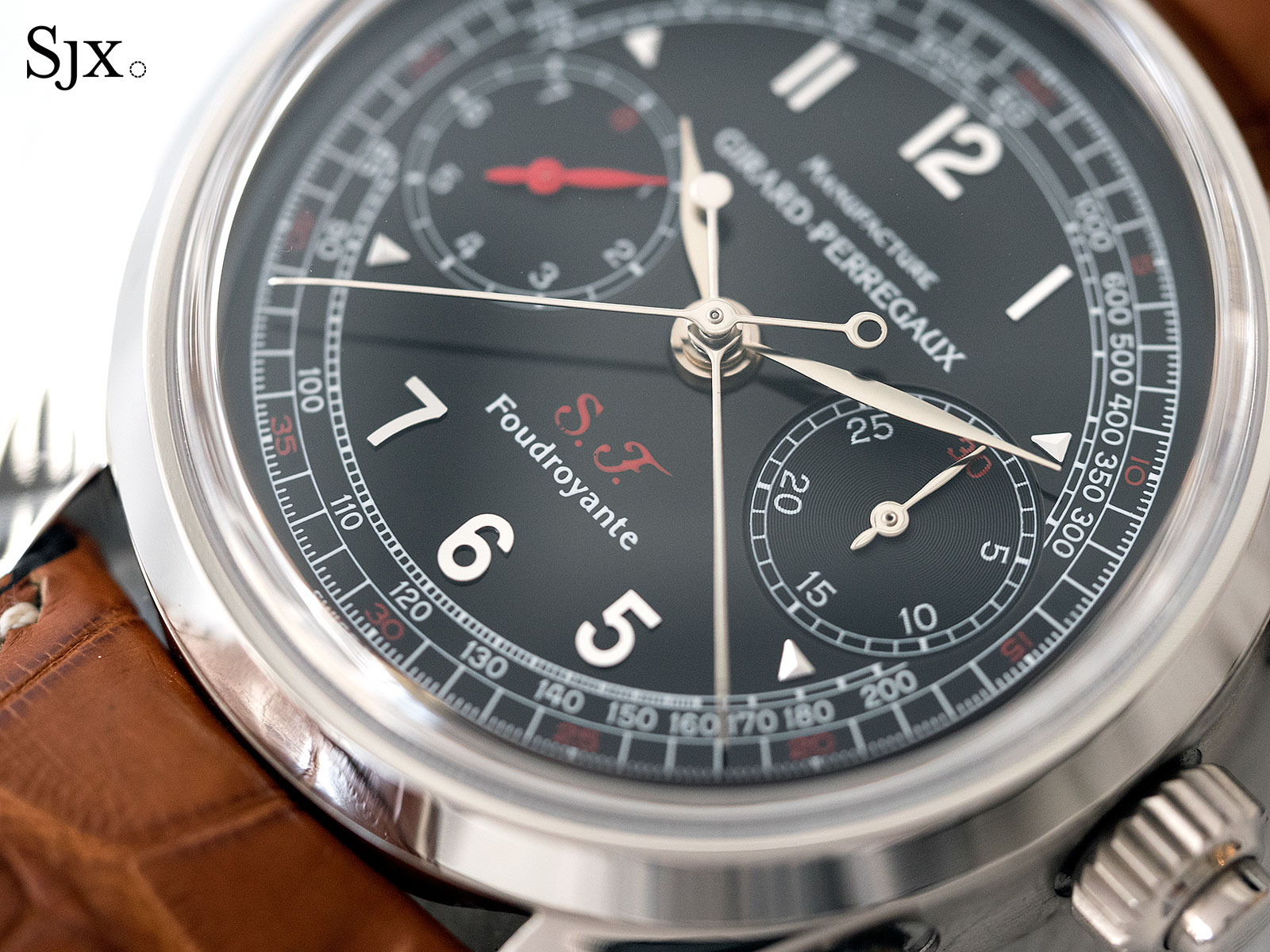
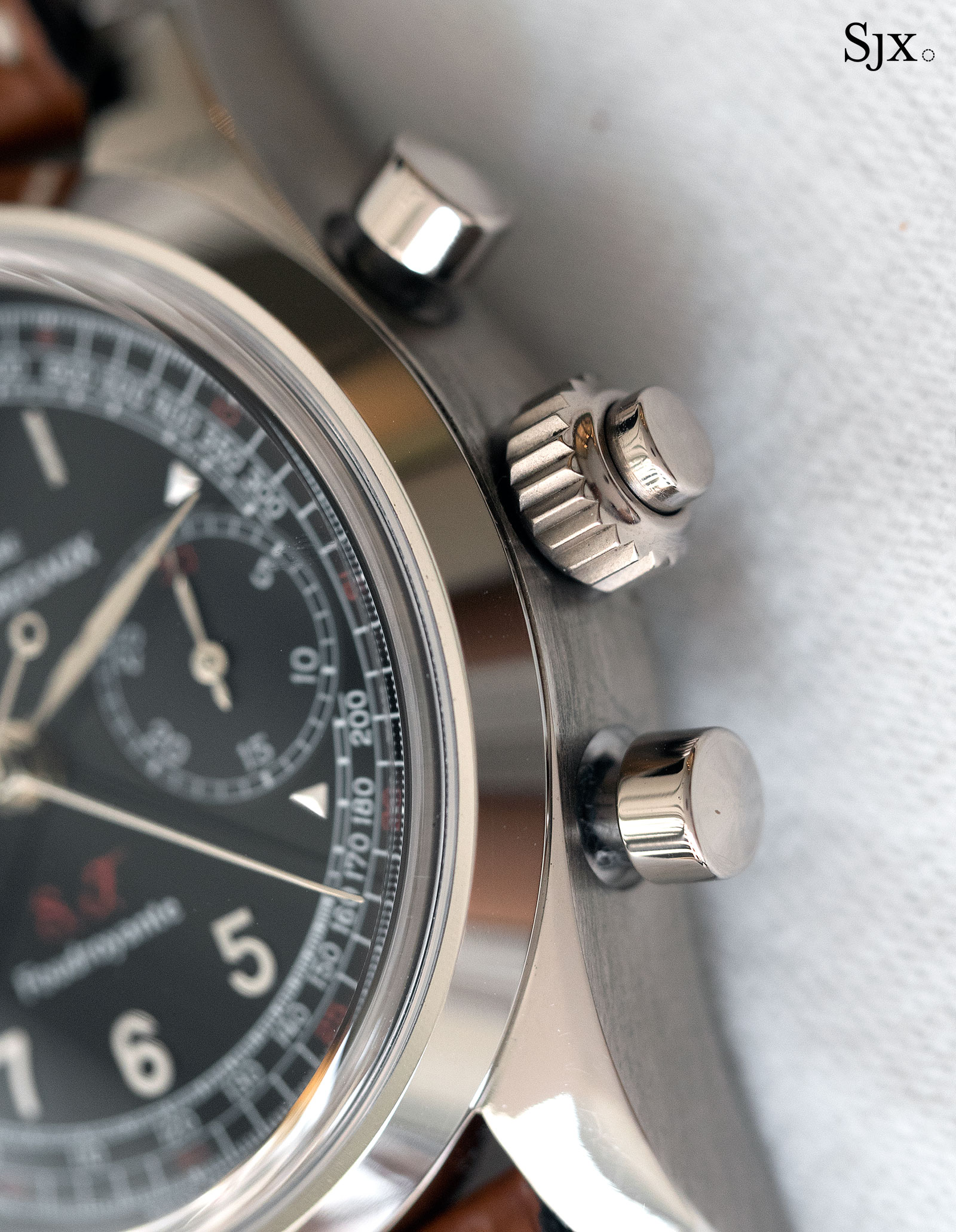
This is the top of the line Ferrari foudroyante, one of 150 with a platinum case. Though the case is just 40mm in diameter, it feels significantly larger due to the enormous lugs that are both wide and long.
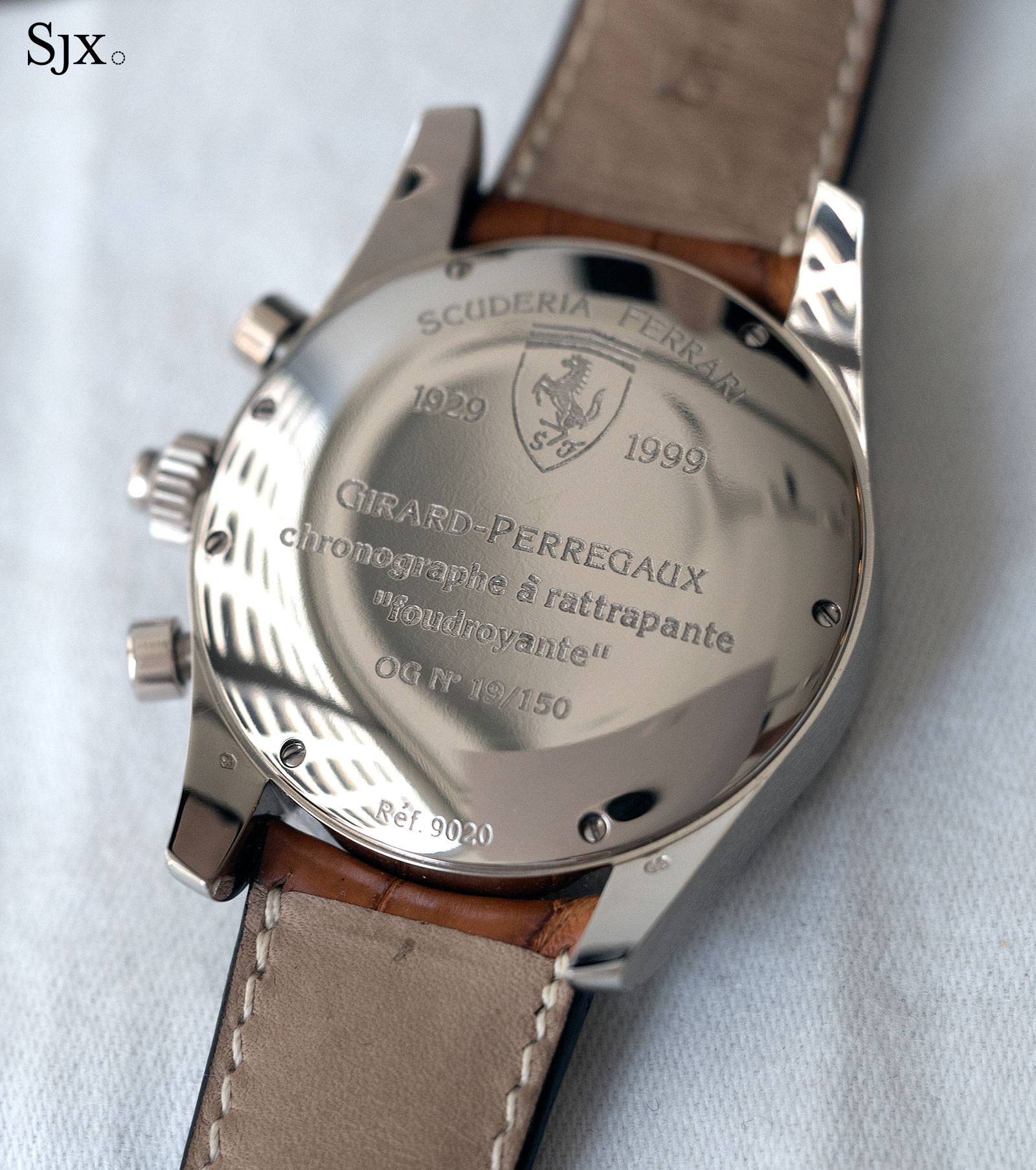
The estimate is HK$60,000 to HK$80,000, or US$7500 to US$10,000 – tremendous bang for the buck.
Lot 1069 – Patek Philippe ref. 2499 “2.5 series”
This lot is a rare and unusual variant of arguably the most desirable chronograph with perpetual calendar reference produced by Patek Philippe. A transitional watch between the second and third series ref. 2499 – only three such in-between examples are known – this ref. 2499 is in yellow gold with round buttons, Arabic numerals and sans tachymetric scale.
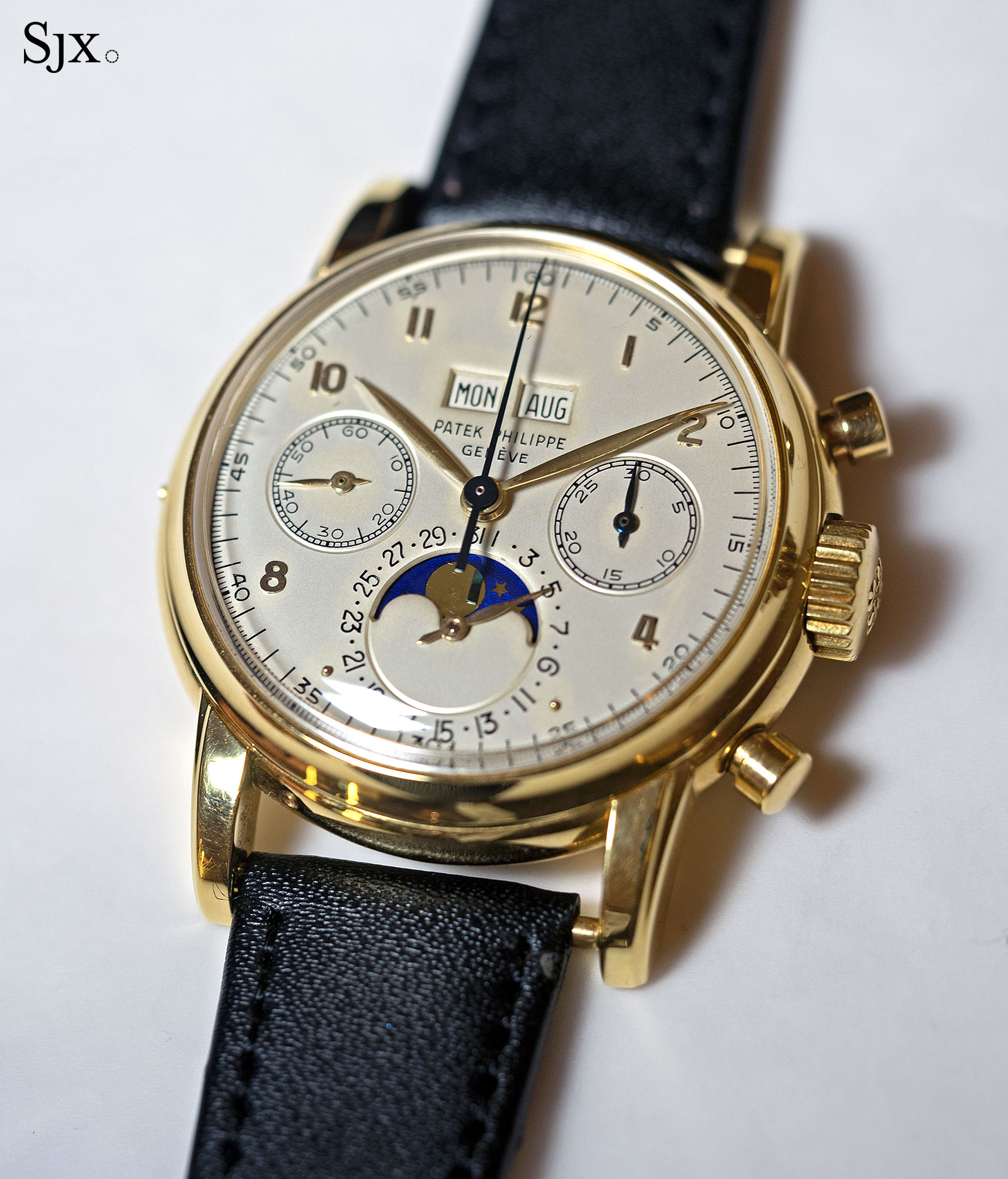
The dial is a blend of features of the second and third series: the second is characterised by Arabic numerals and a tachymeter, while the next generation lacks a tachymeter and typically has baton markers.
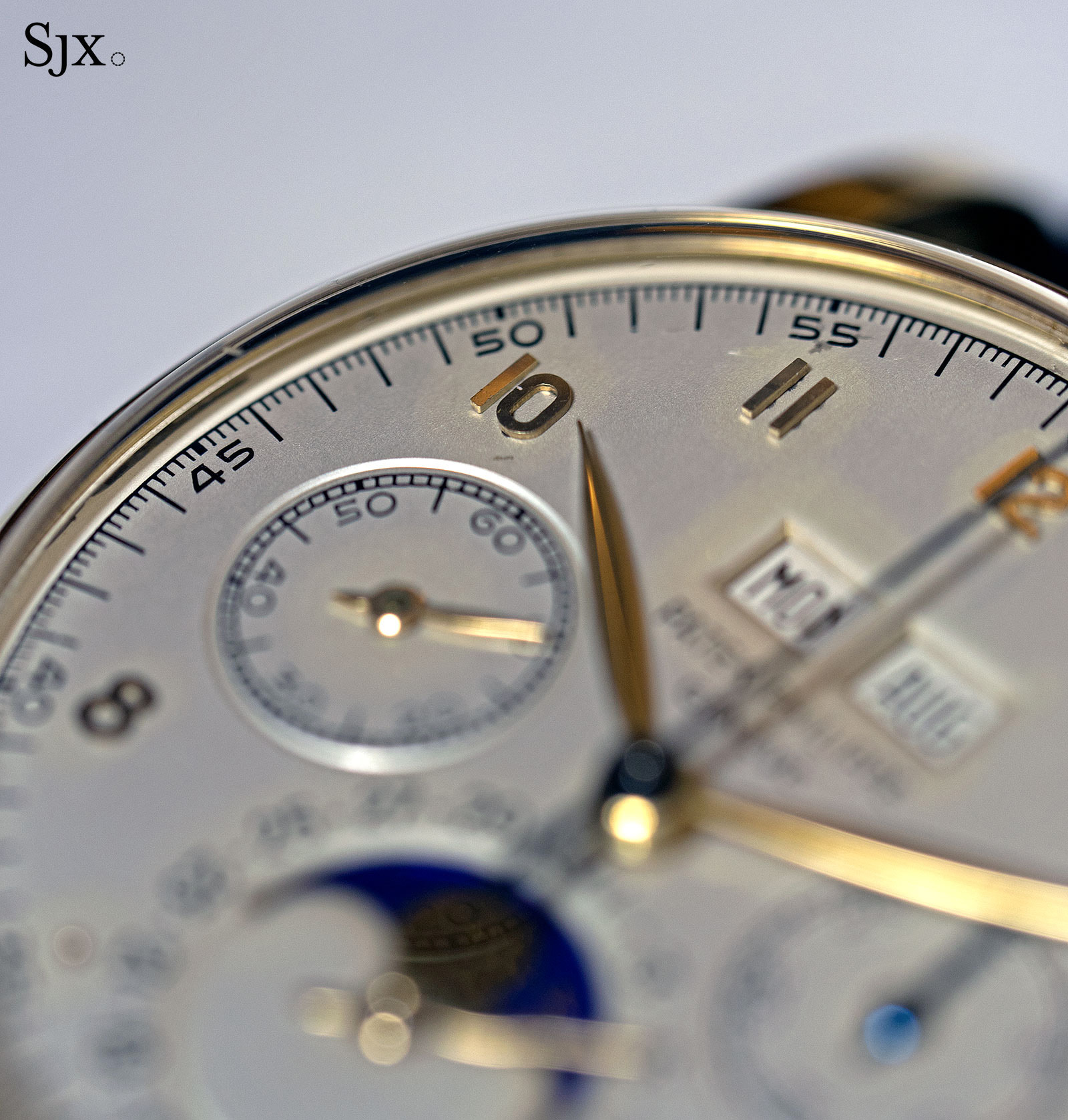
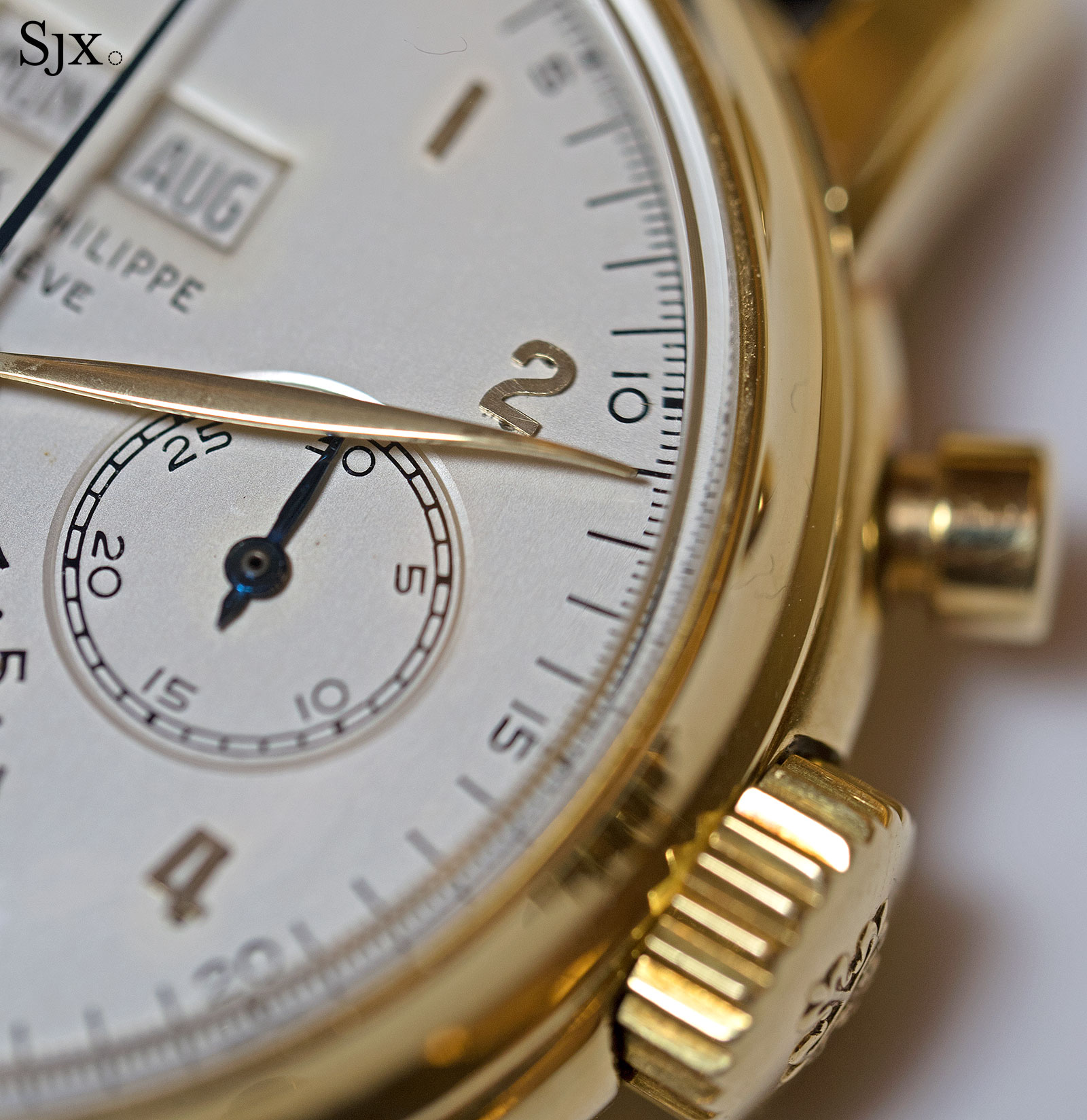
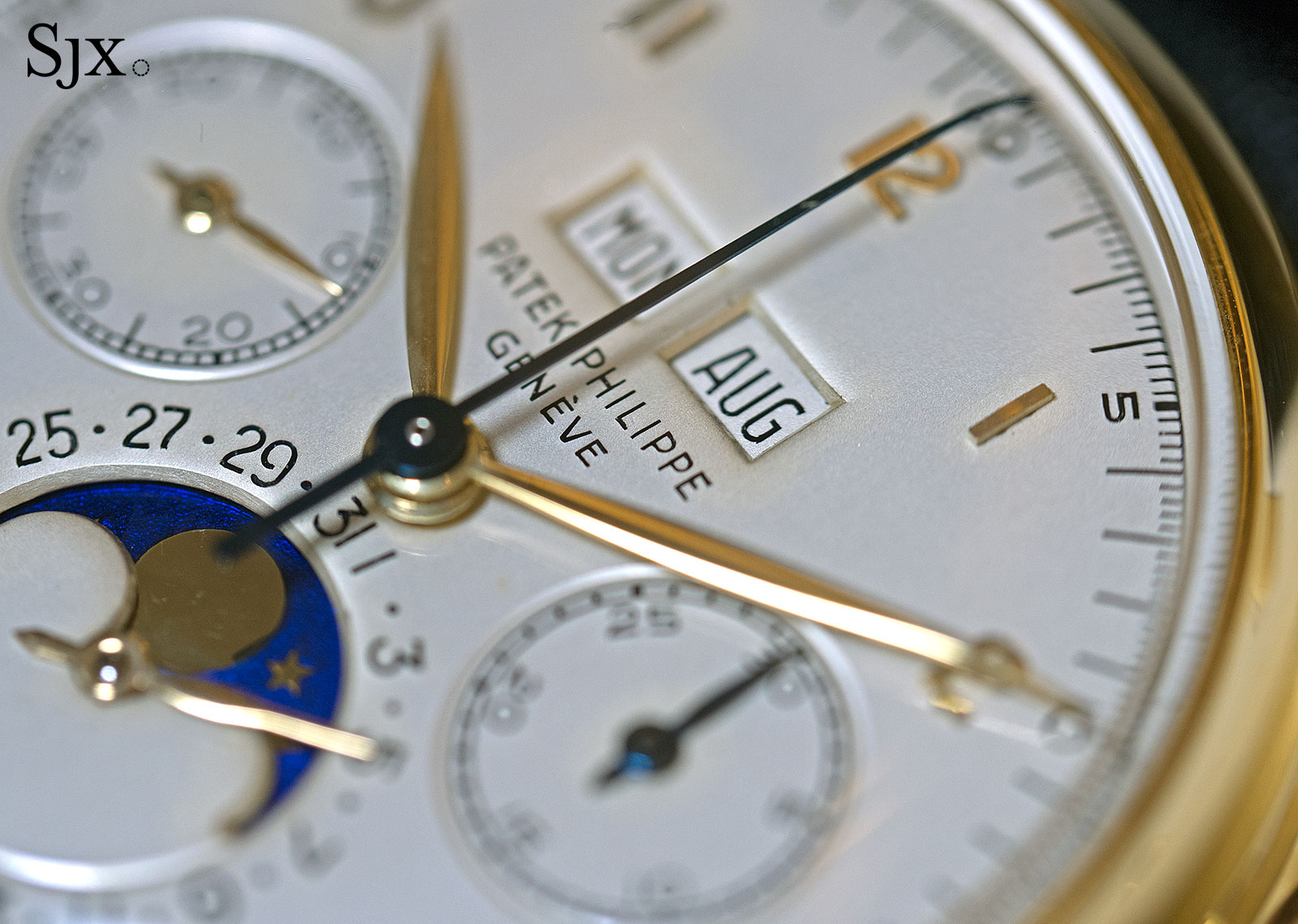
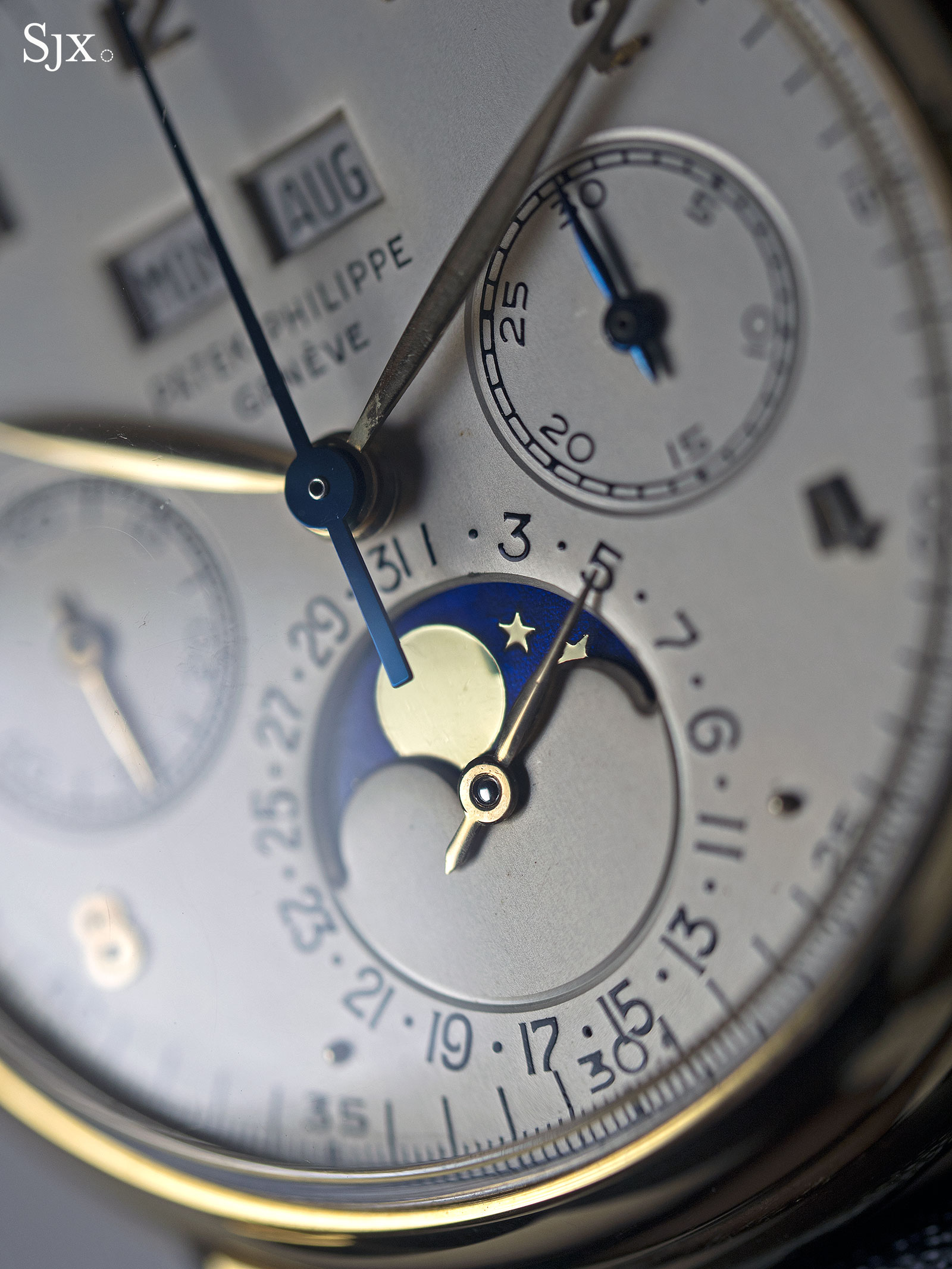
Dating from 1966, this example is in clean condition, having been serviced by Patek Philippe – the case back sticker and Calatrava cross crown are indicators of that.
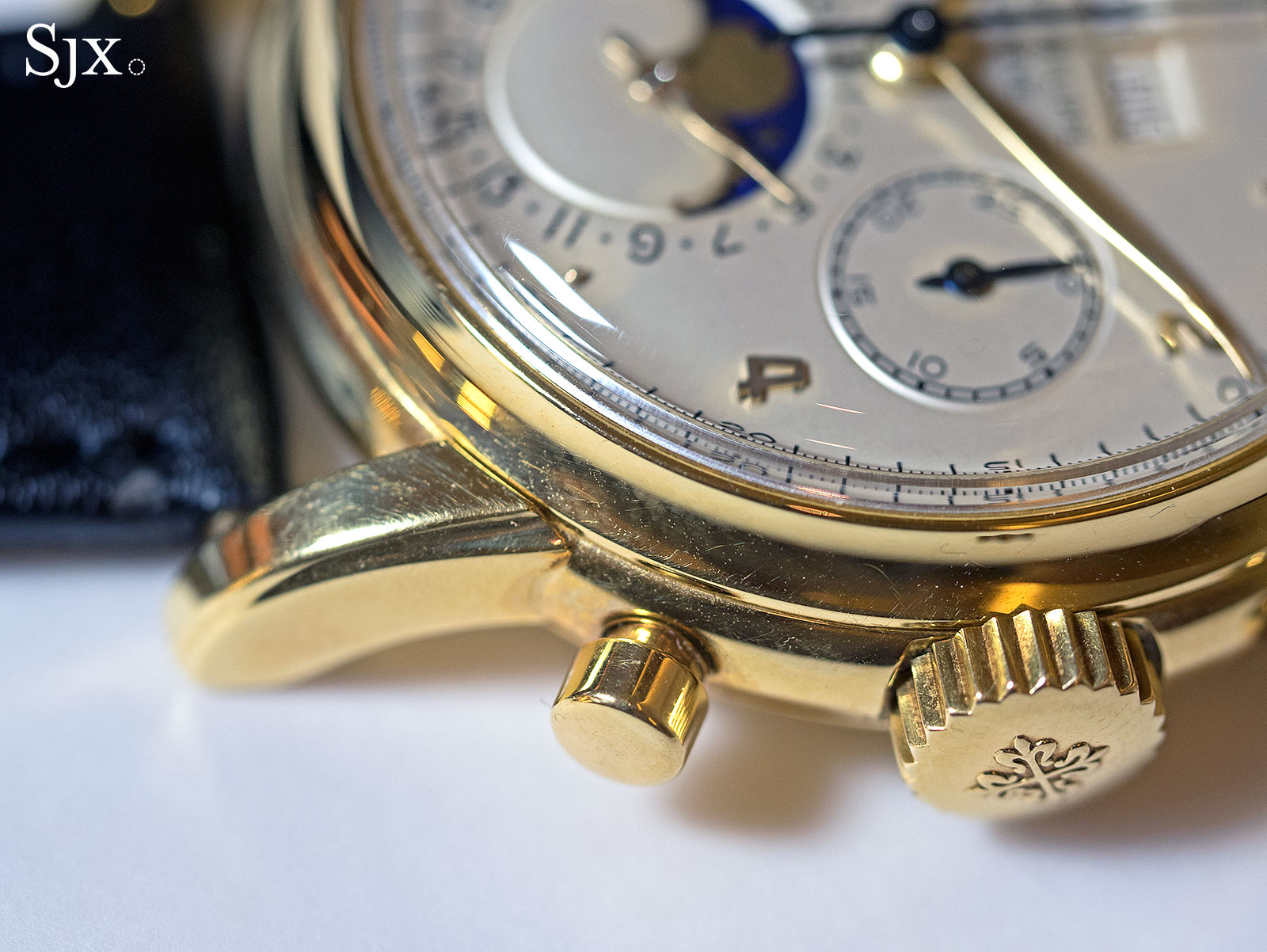
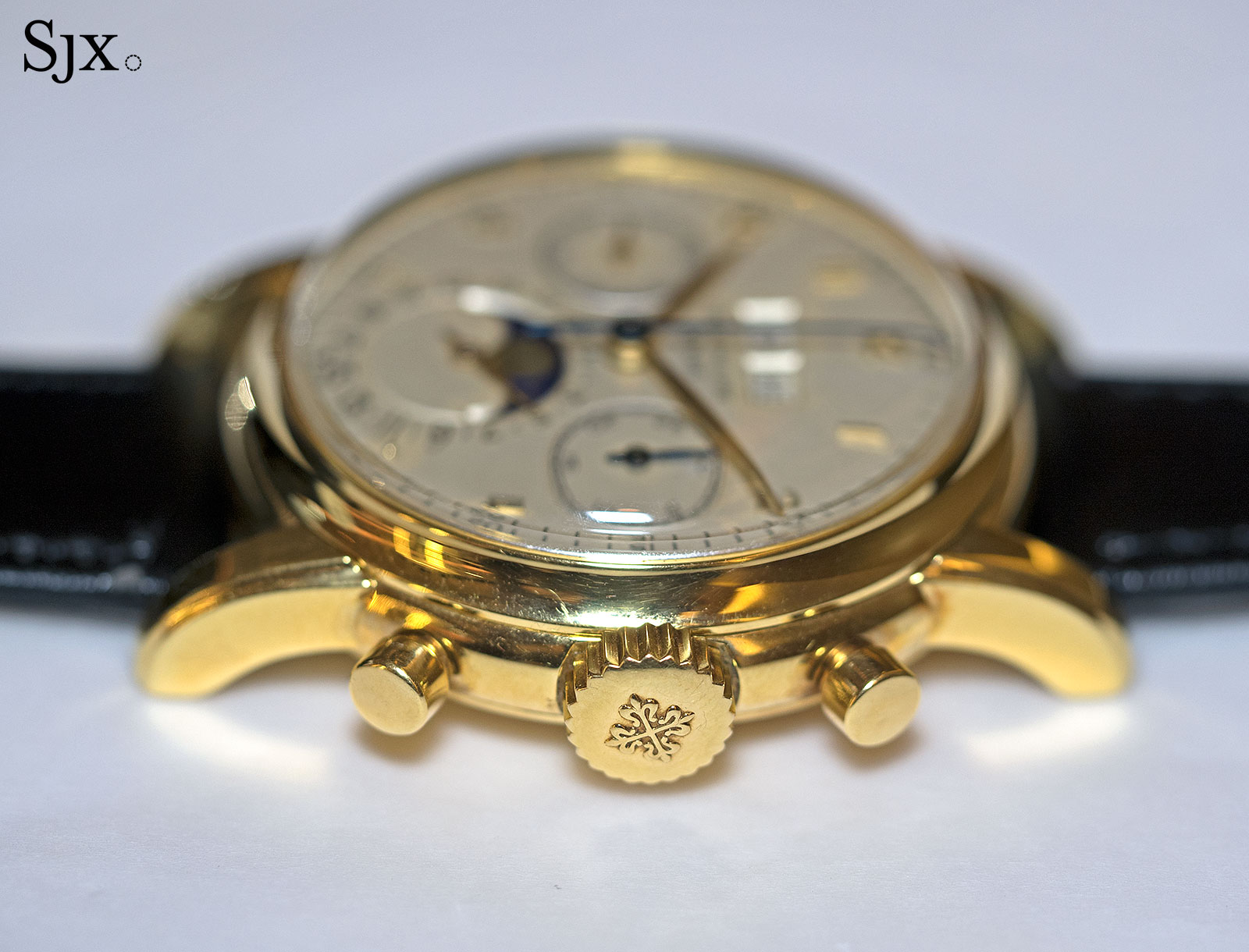
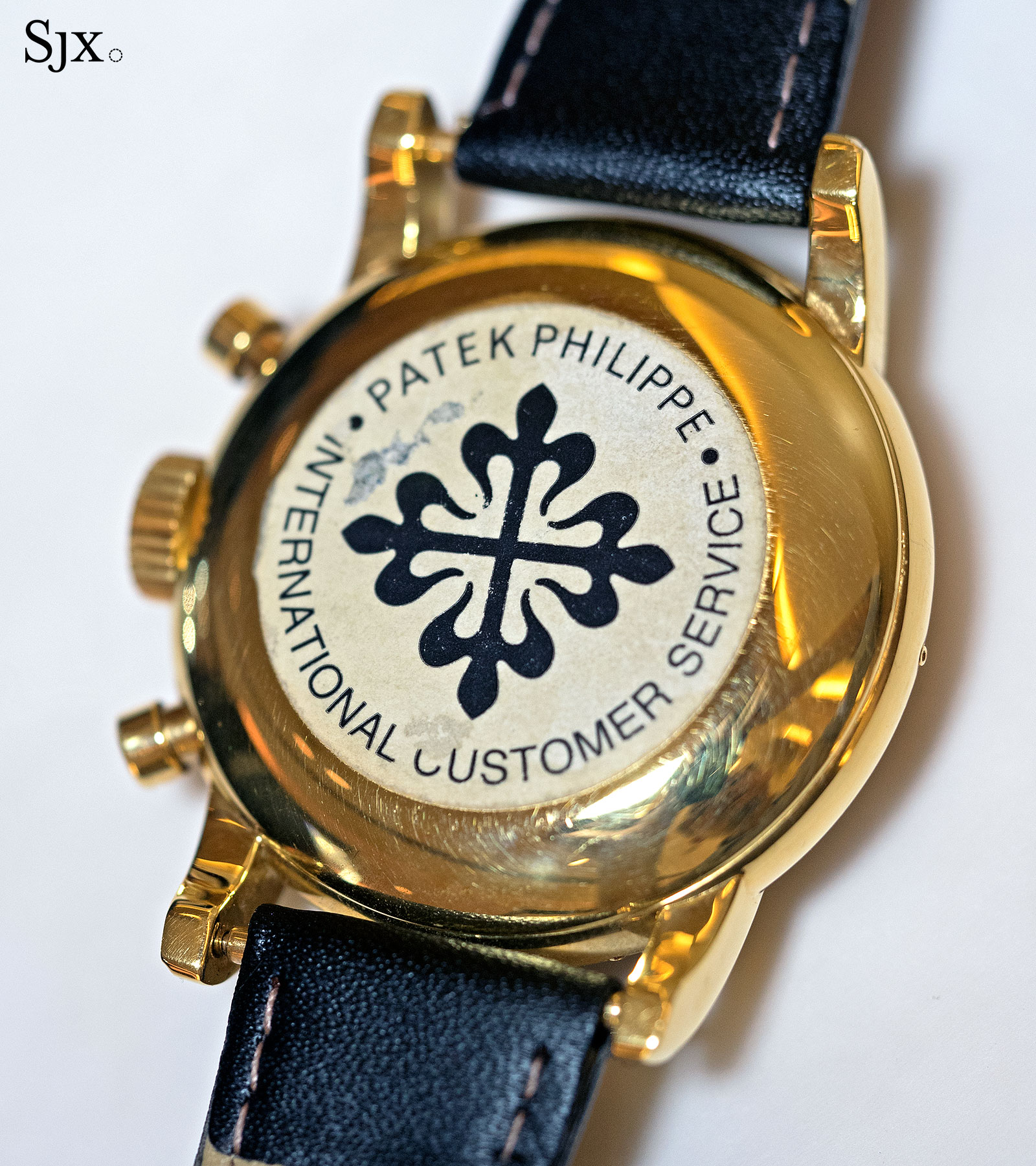
The estimate is HK$2.7m to HK$4.0m, or US$375,000 to US$500,000.
Lot 1071 – Patek Philippe ref. 2481 “Virgin Forest” cloisonné dial
Produced in 1951 with the cloisonné enamel done by noted artisan Marguerite Koch, this ref. 2481 is remarkably striking, with vibrant and fresh colours on the dial. Not only is the dial exceptionally rare, the case is pink gold.
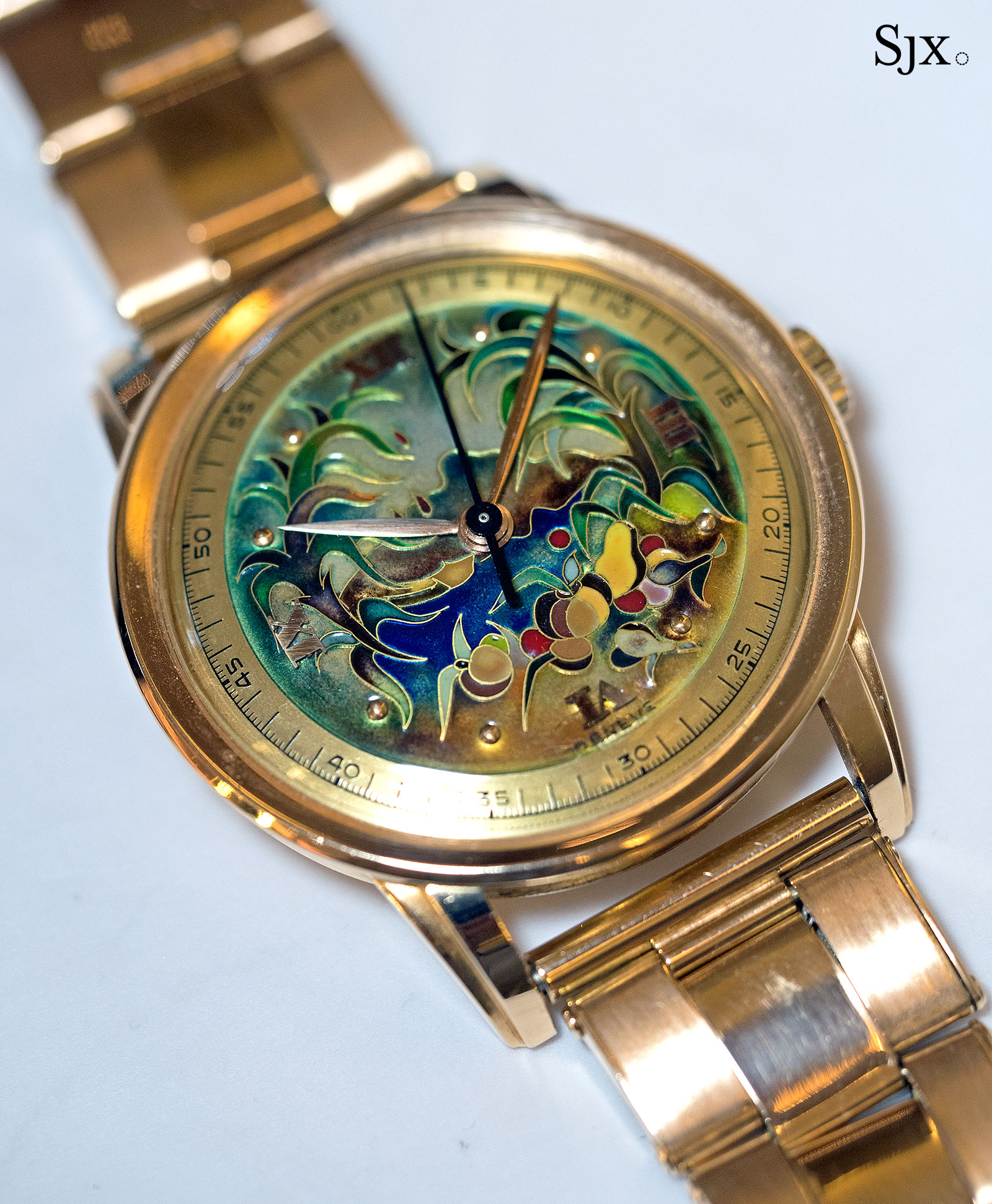
Like many other top quality enamel dials of the period, the dial was produced by Stern Freres, the dial maker once owned by the same Stern family that owns Patek Philippe. It’s fine, original and wonderfully crisp, save for a chip and minor restoration at six o’clock.
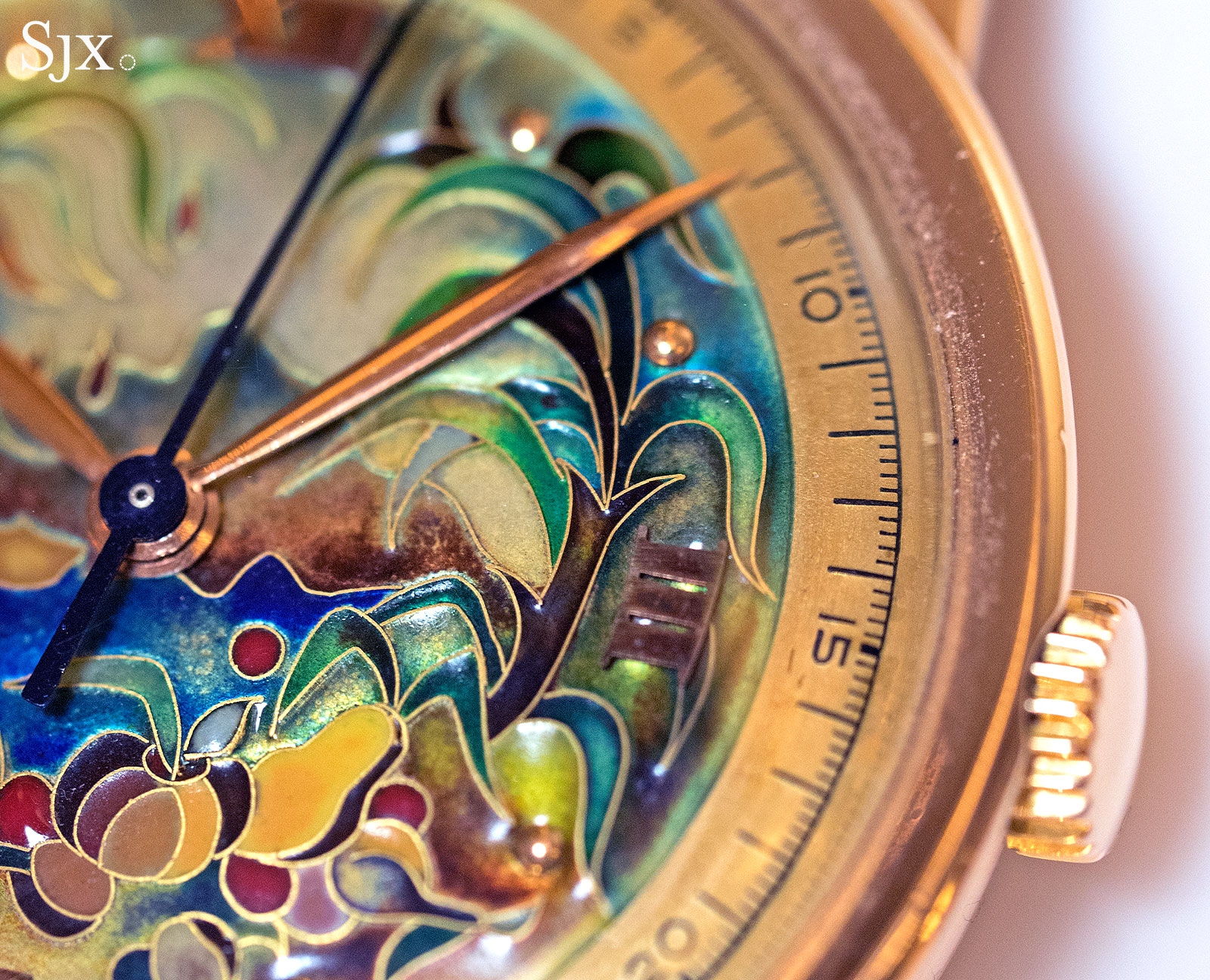
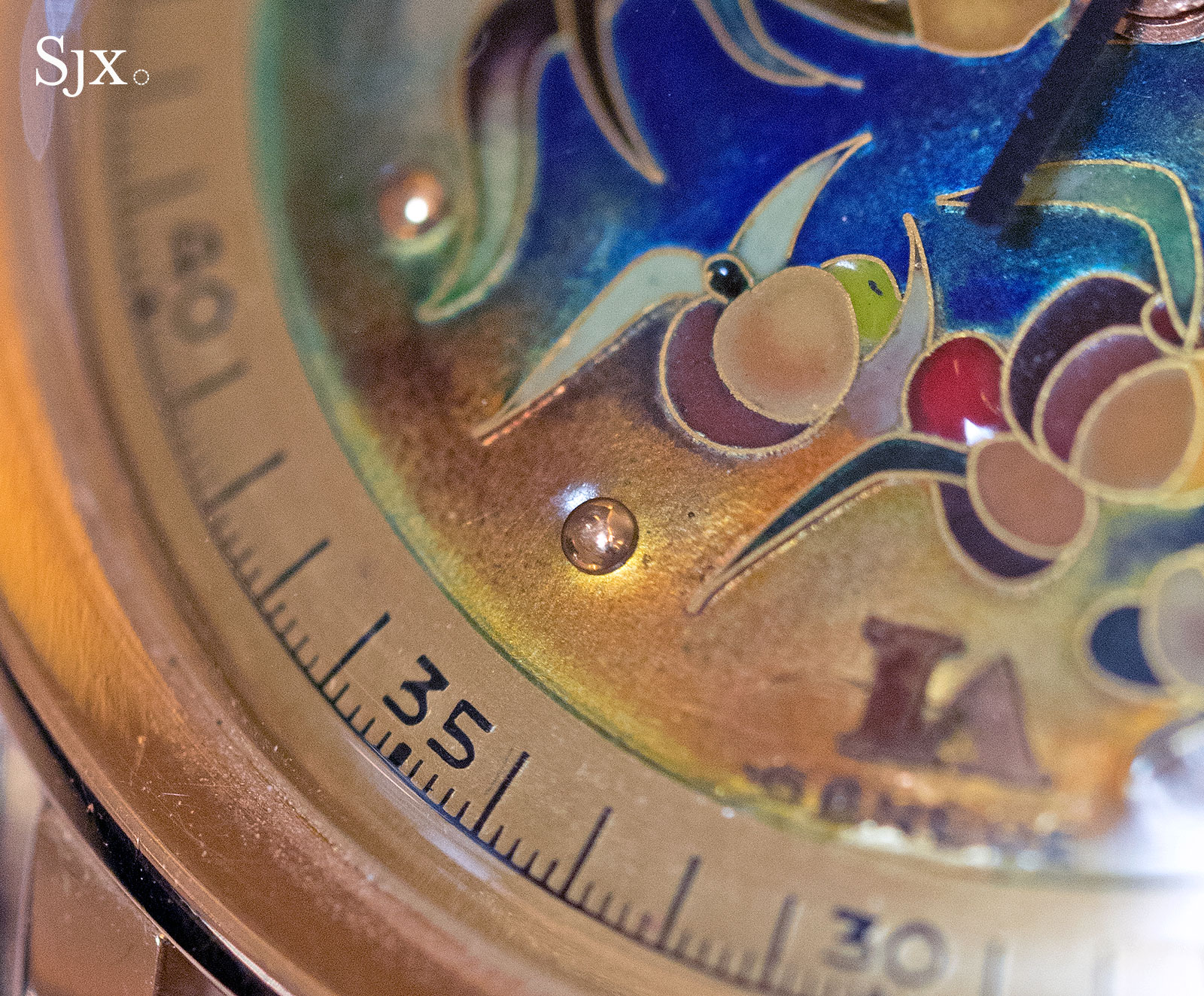
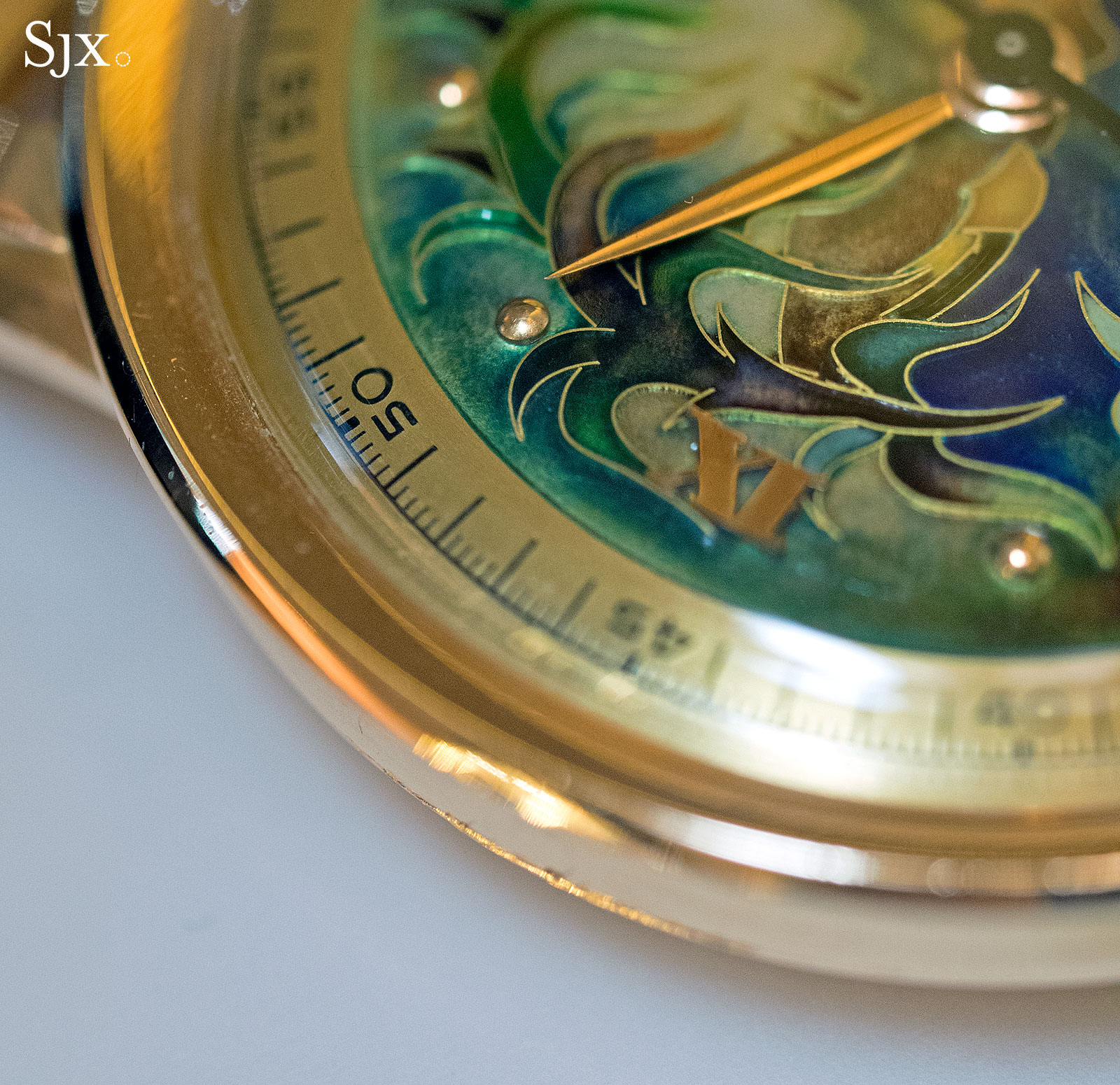
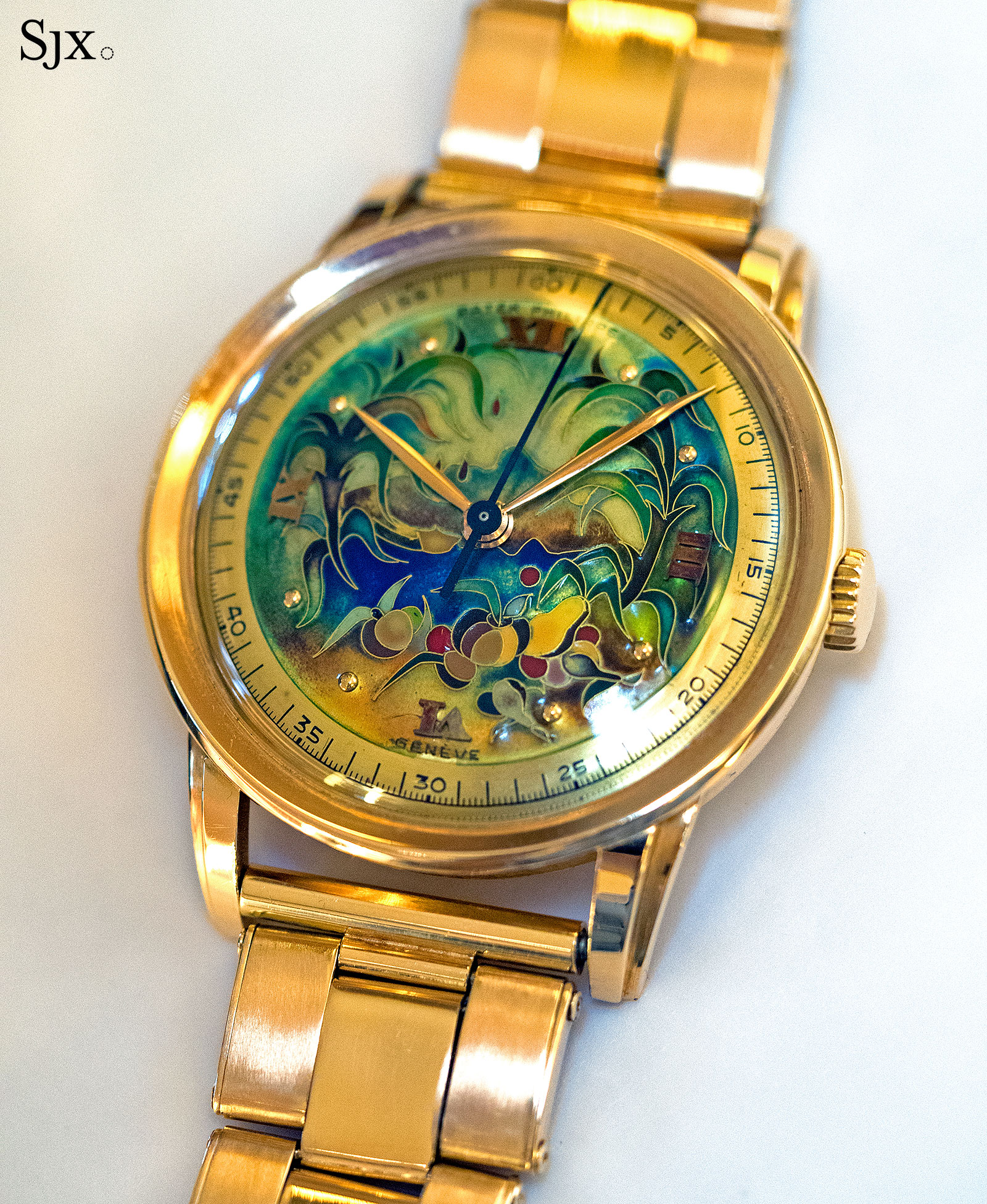
The case is similarly well preserved, with the curved, fluted lugs clearly retaining their original form. The well matched pink gold and expandable Gay Freres bracelet is period correct, but not a Patek Philippe bracelet.
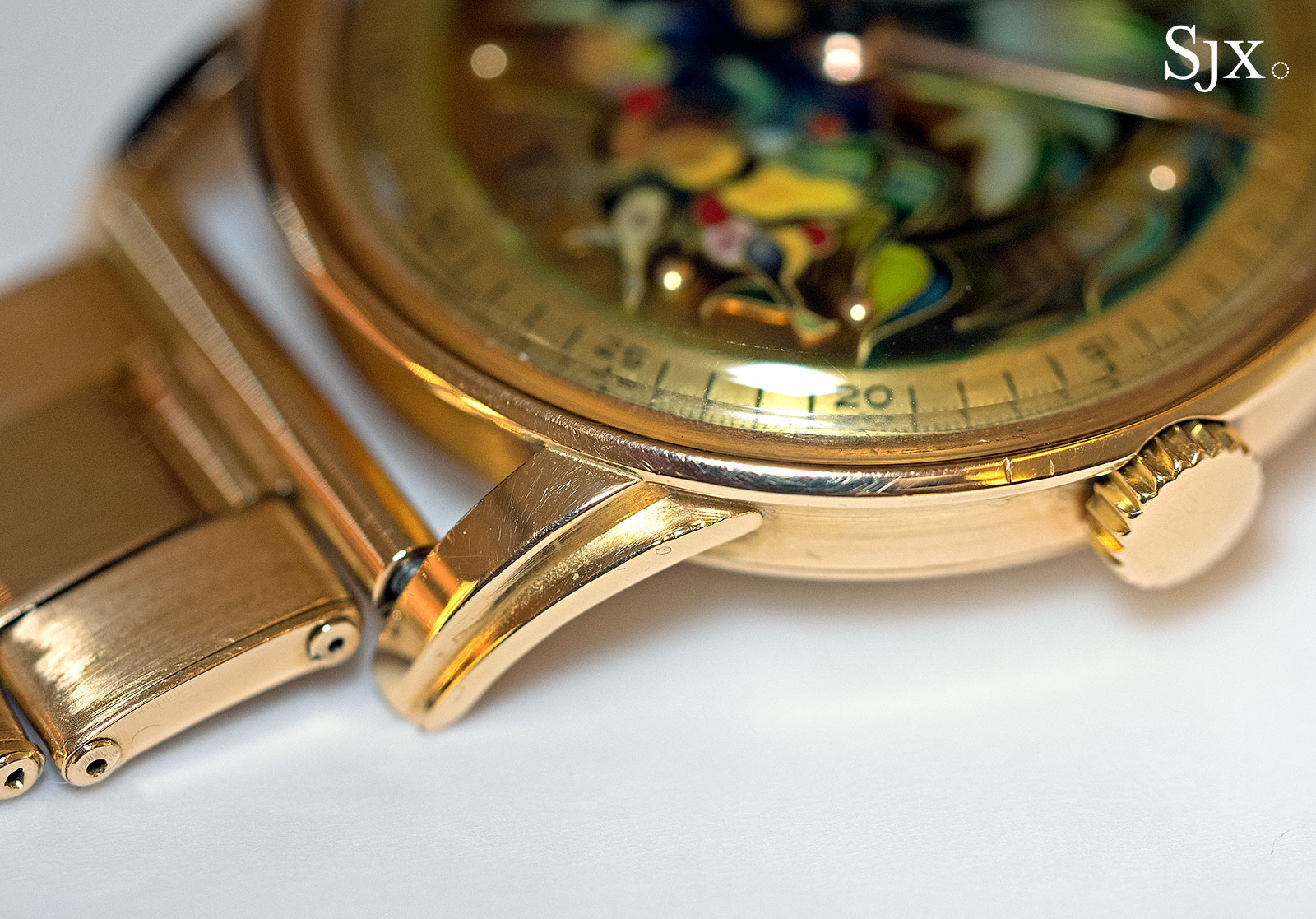
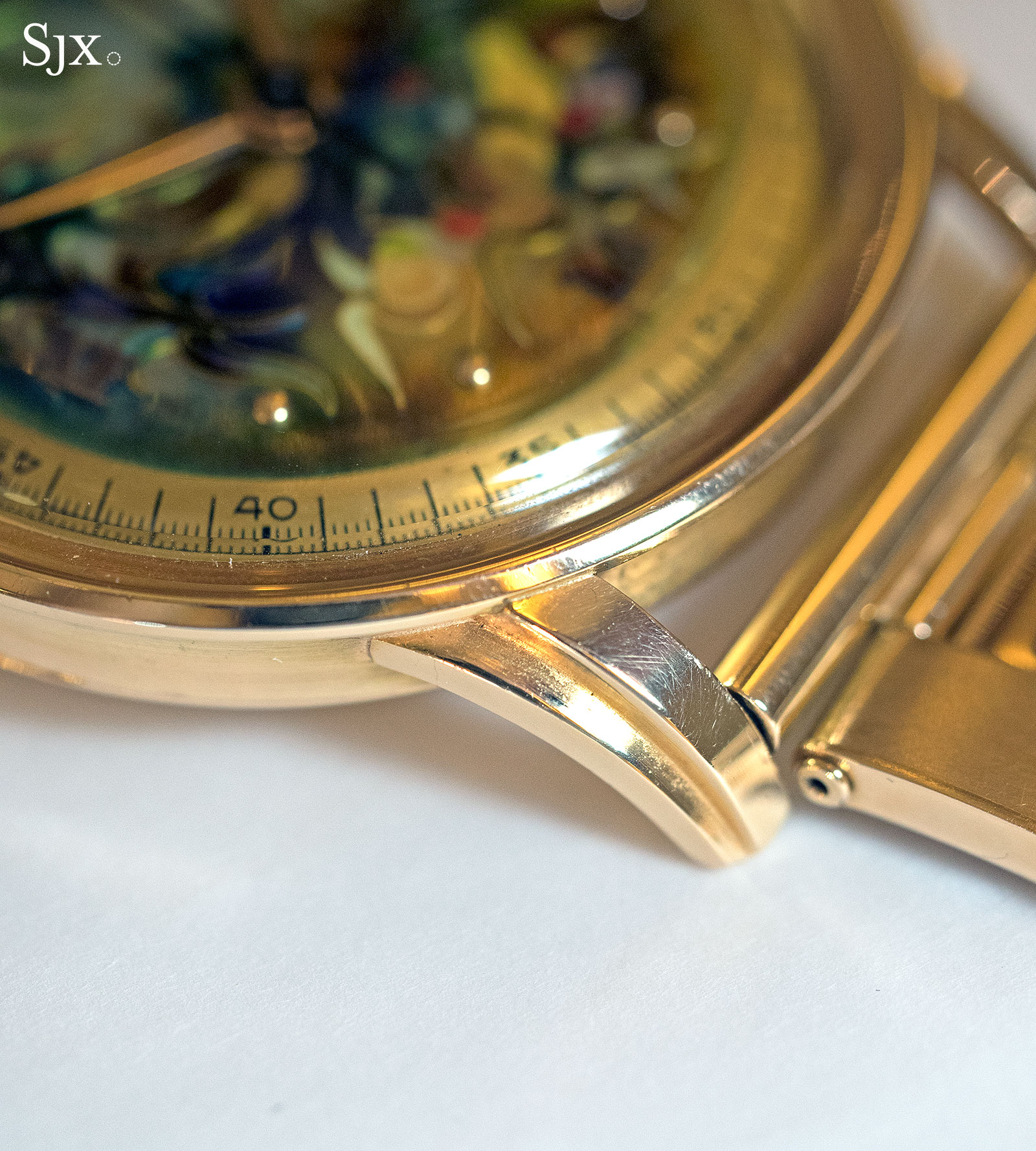
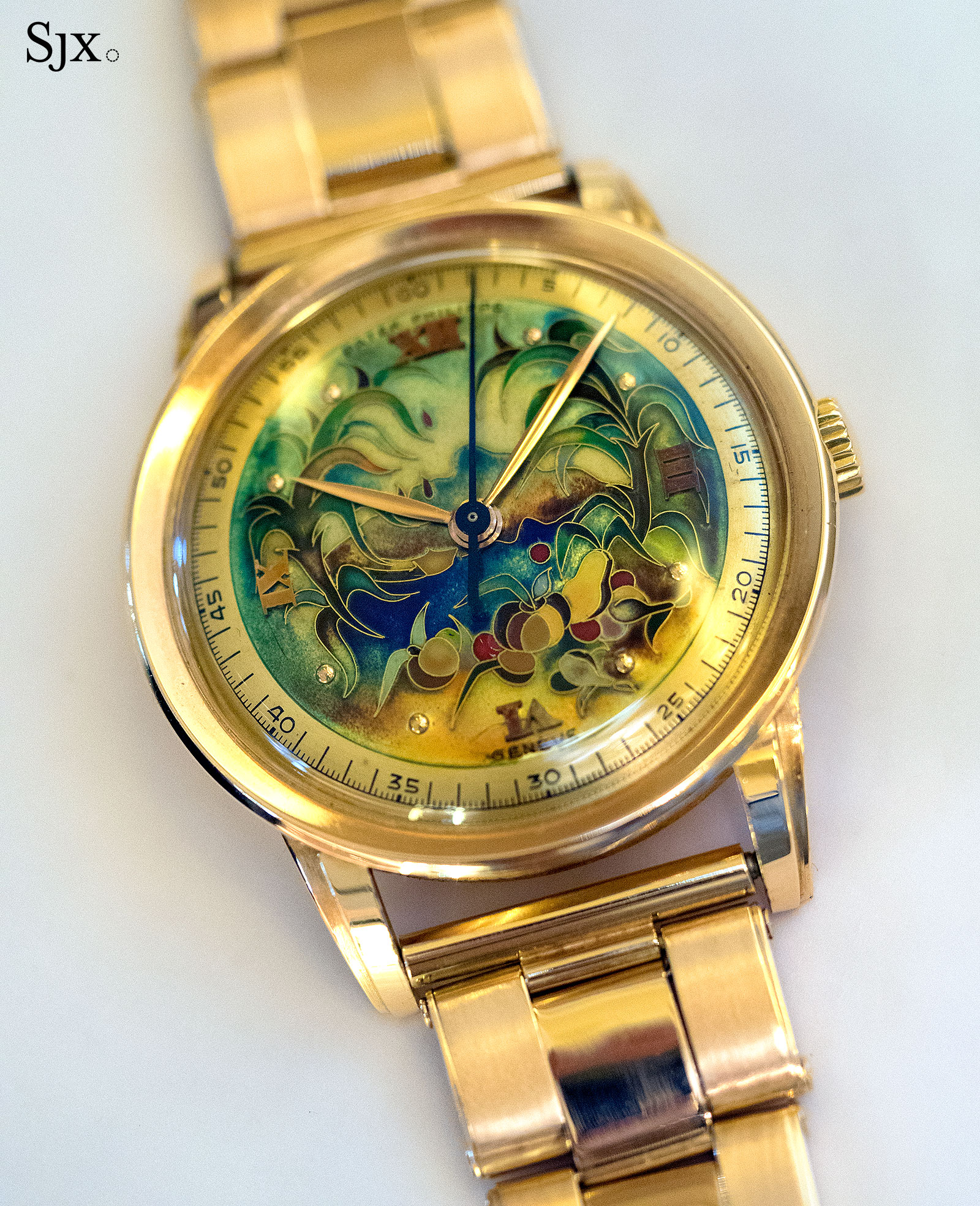
The estimate is HK$4.0m to HK$8.0m, or US$500,000 to US$1.0m.
Lot 1074 – Patek Philippe ref. 3448 in white gold
Already rare as a model reference, this ref. 3448 is made even more unusual with its white gold case (most of them are in yellow gold) as well as luminous dots for the hour markers – it is likely the only one with this combination of features. The hands, including the date pointer, are similarly painted with tritium to match.
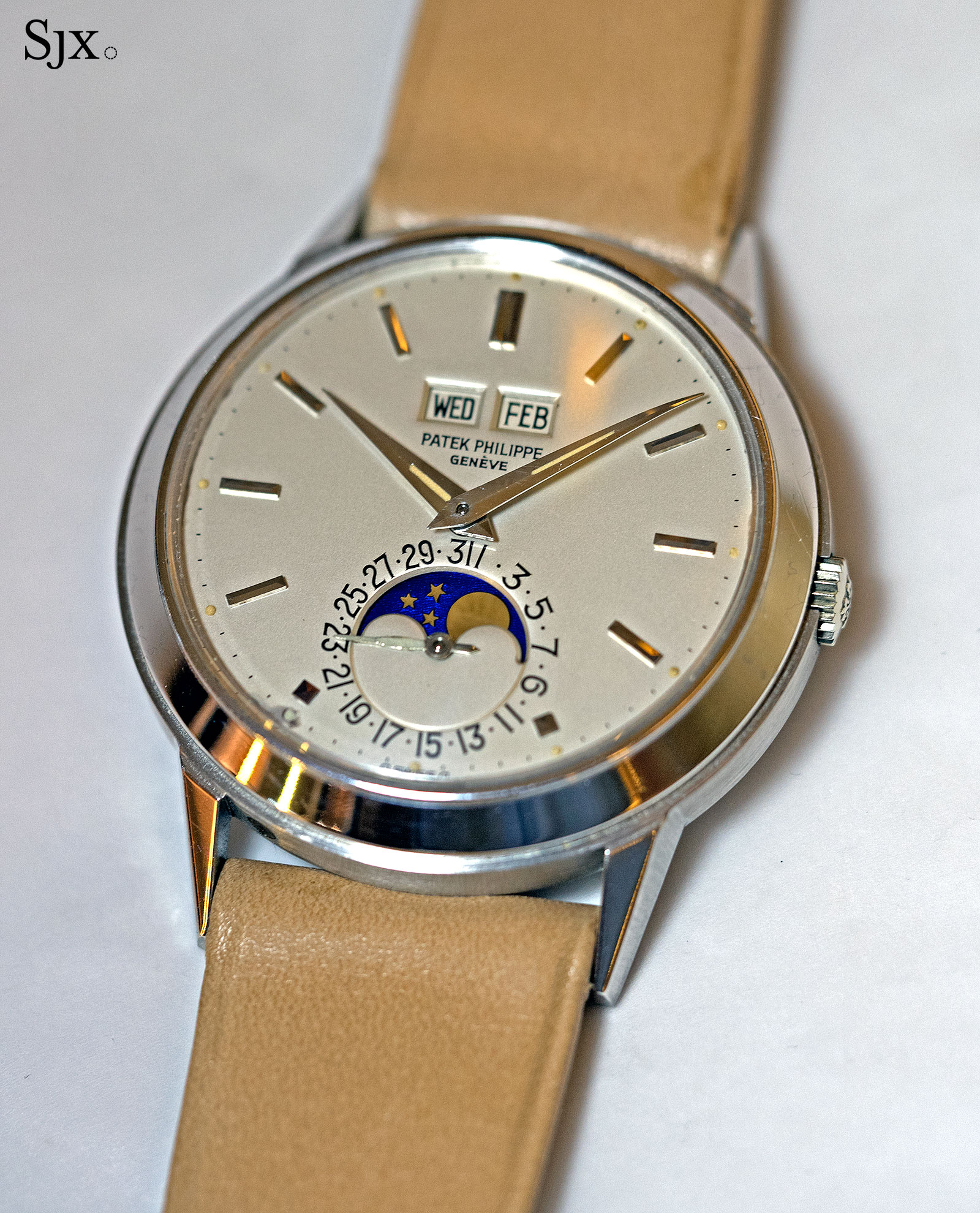
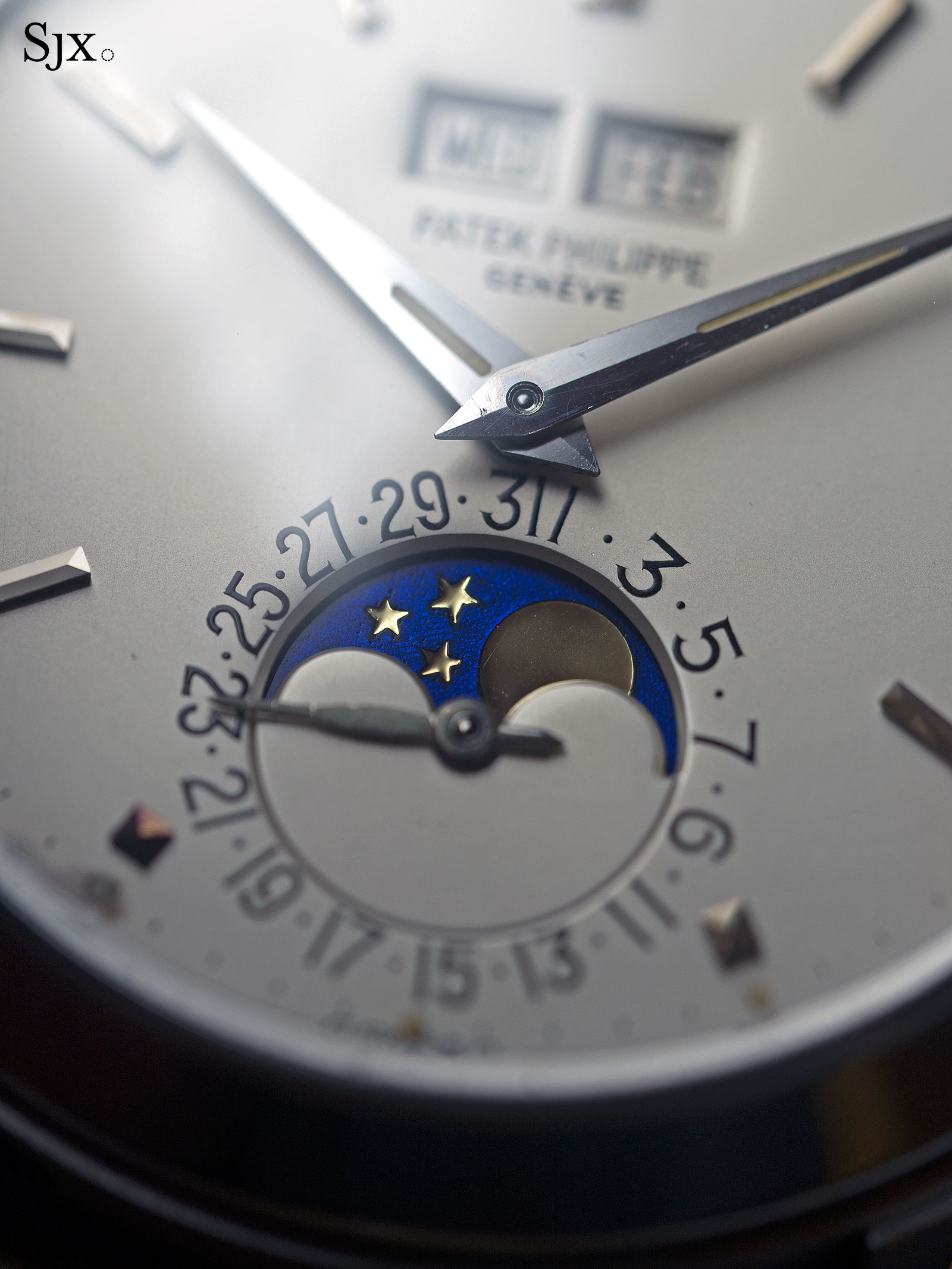
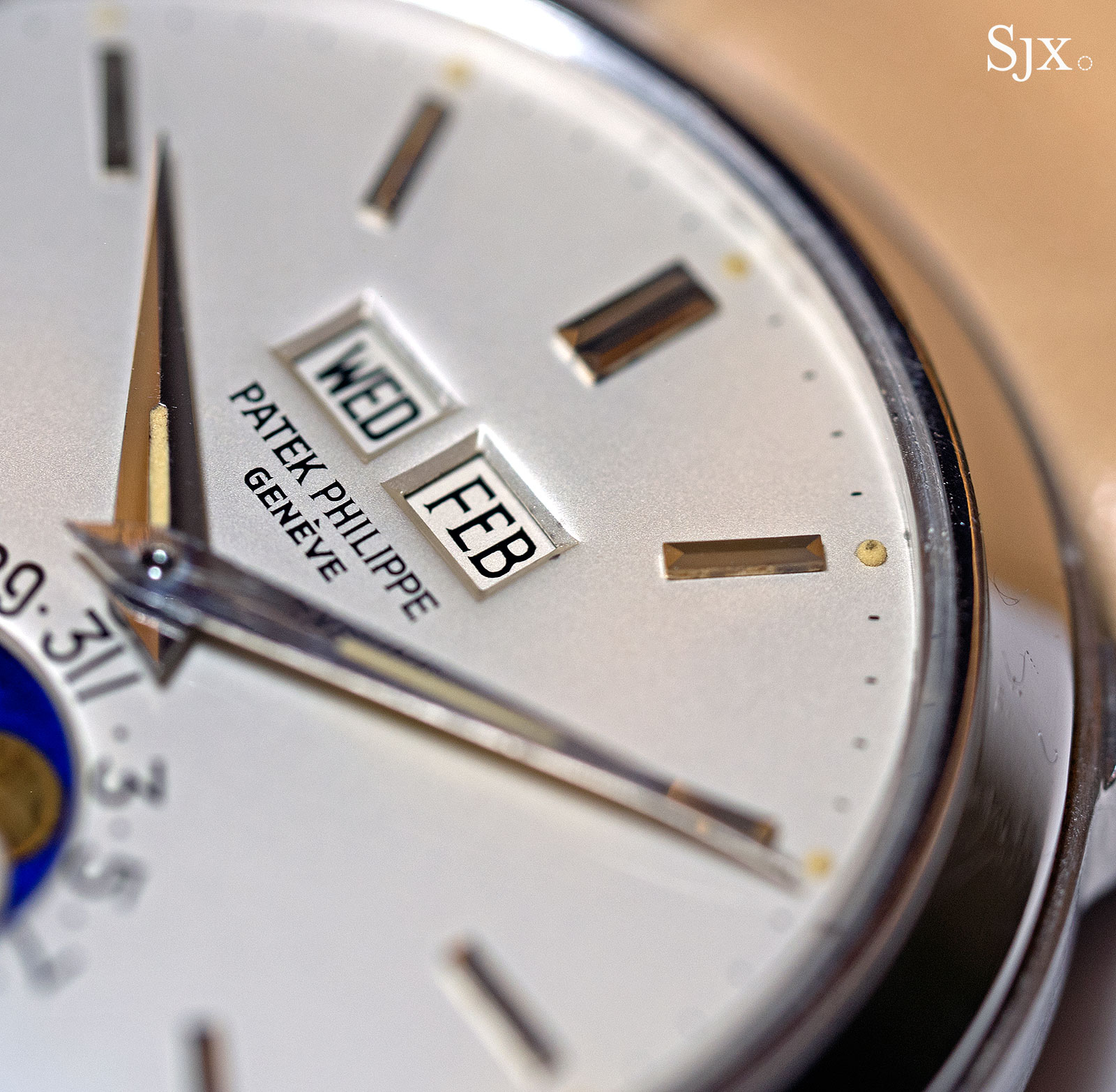
While the watch is incredibly well preserved – the case appears unpolished – and accompanied by the original certificate, guarantee, papers and boxes, the luminous dot at the seven o’clock marker has created a small patch of discolouration on the dial surface.
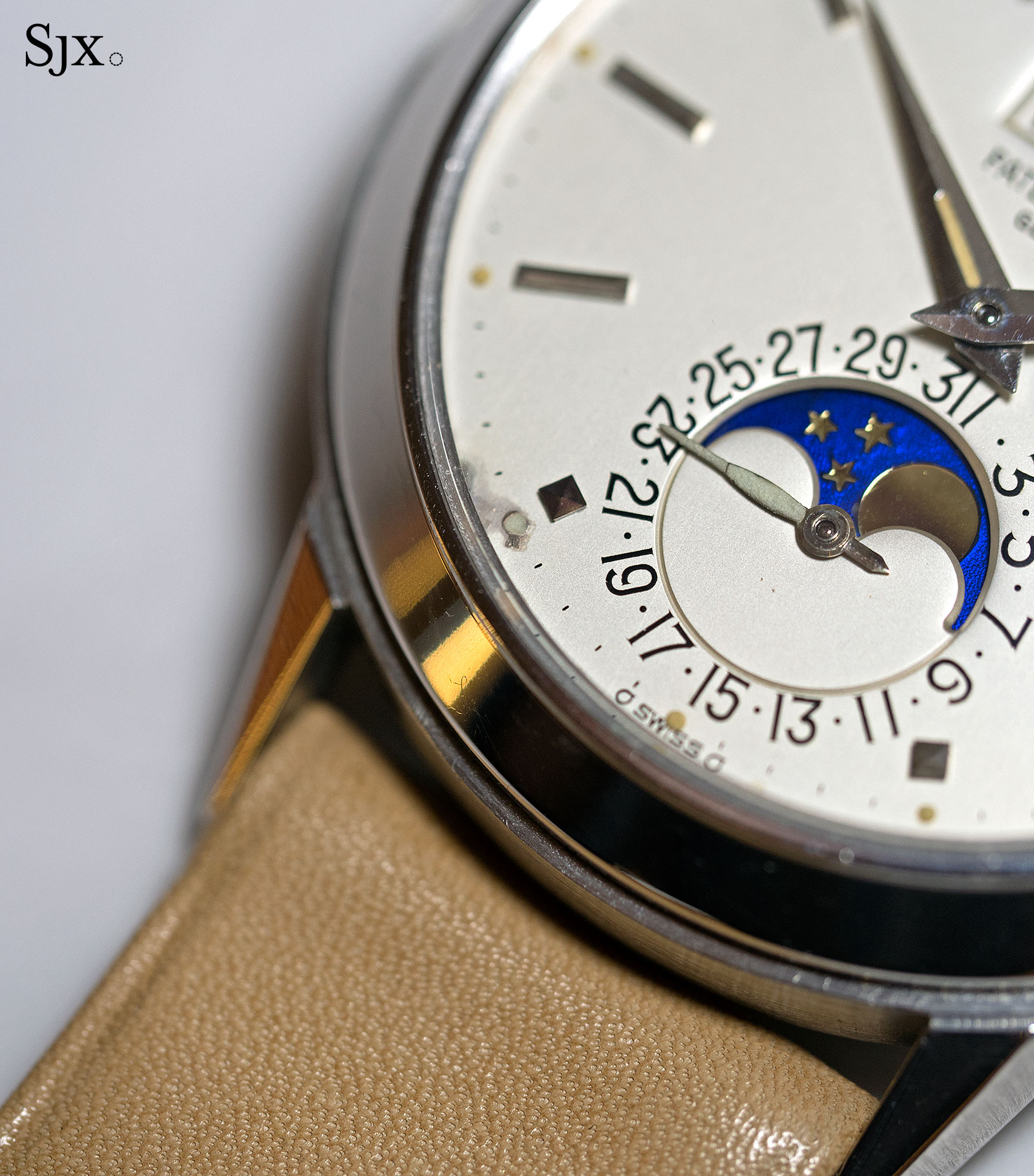
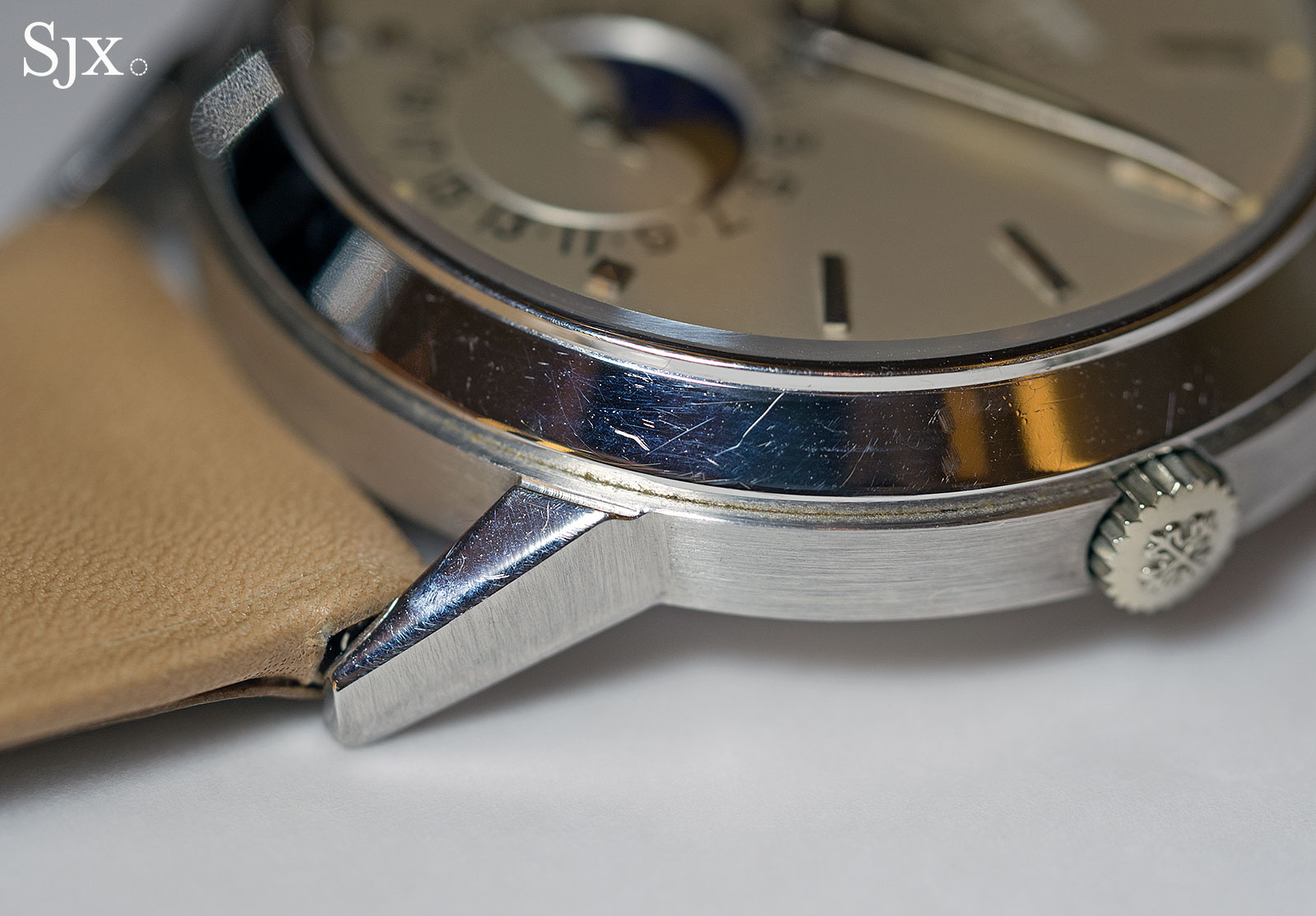
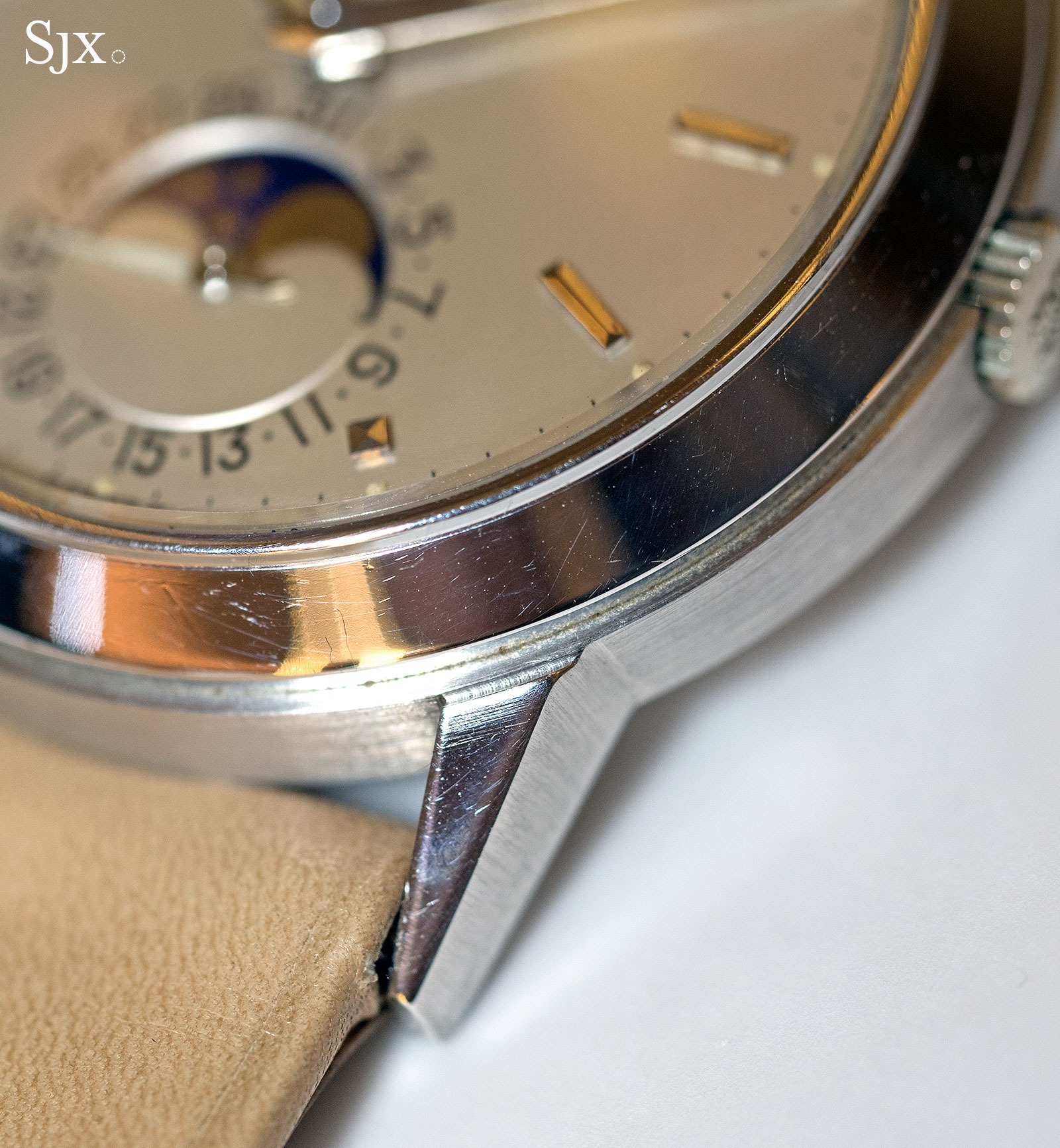
This is the second time the watch is up for sale, having been first sold in 2005 by its original owner, for just over US$258,000. It is estimated at HK$2.4m to HK$4.0m, or US$300,000 to US$500,000.
Lot 1076 – Patek Philippe ref. 530 chronograph in stainless steel
Despite sharing the same model reference as a time-only Calatrava, the ref. 530 is actually a strikingly oversized chronograph, with a 36.5mm case that makes it almost modern (the typical Patek Philippe ref. 130 of the period was just 33mm). Already rare in gold, the ref. 530 is decidedly less common in steel, with only a handful known.
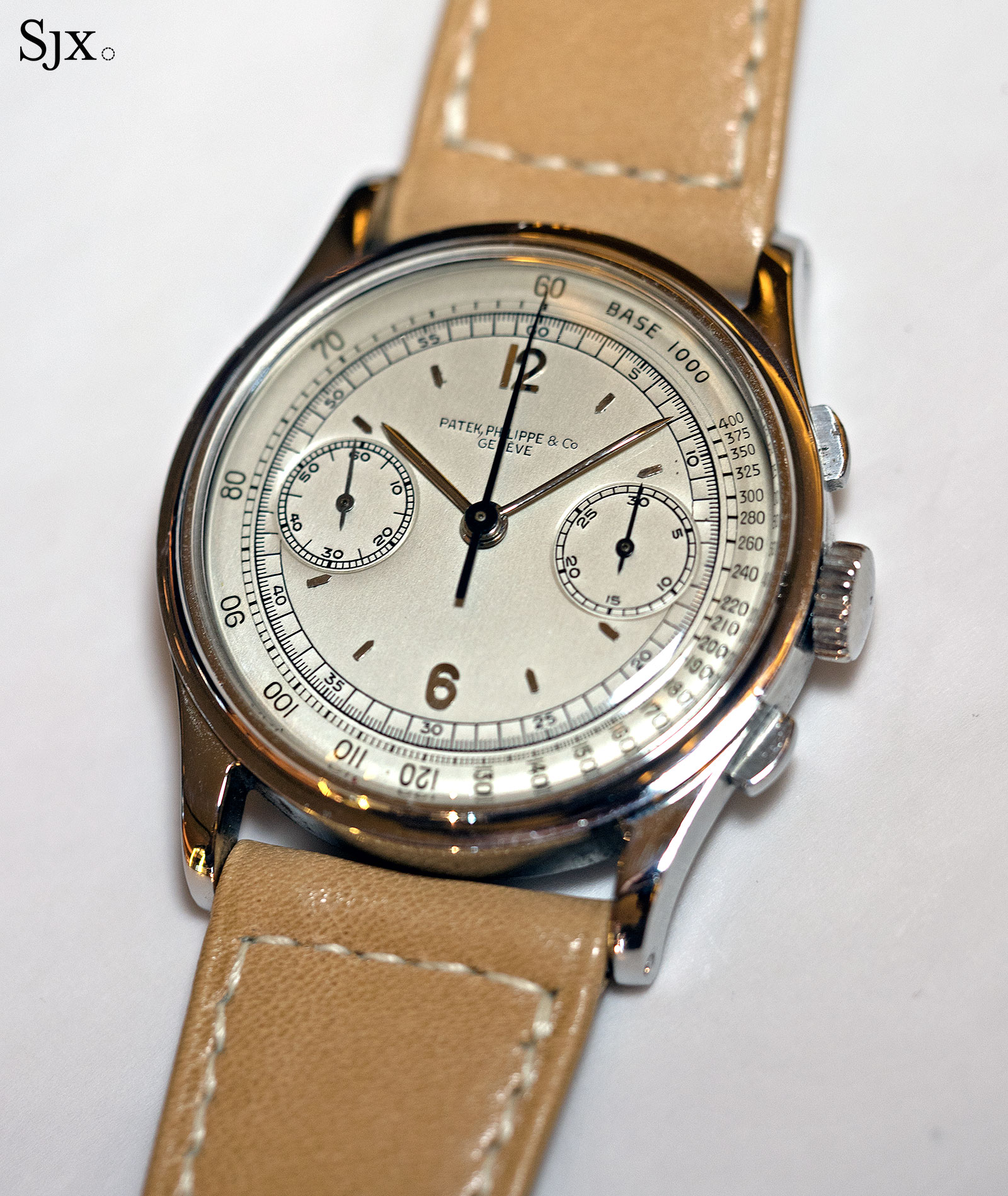
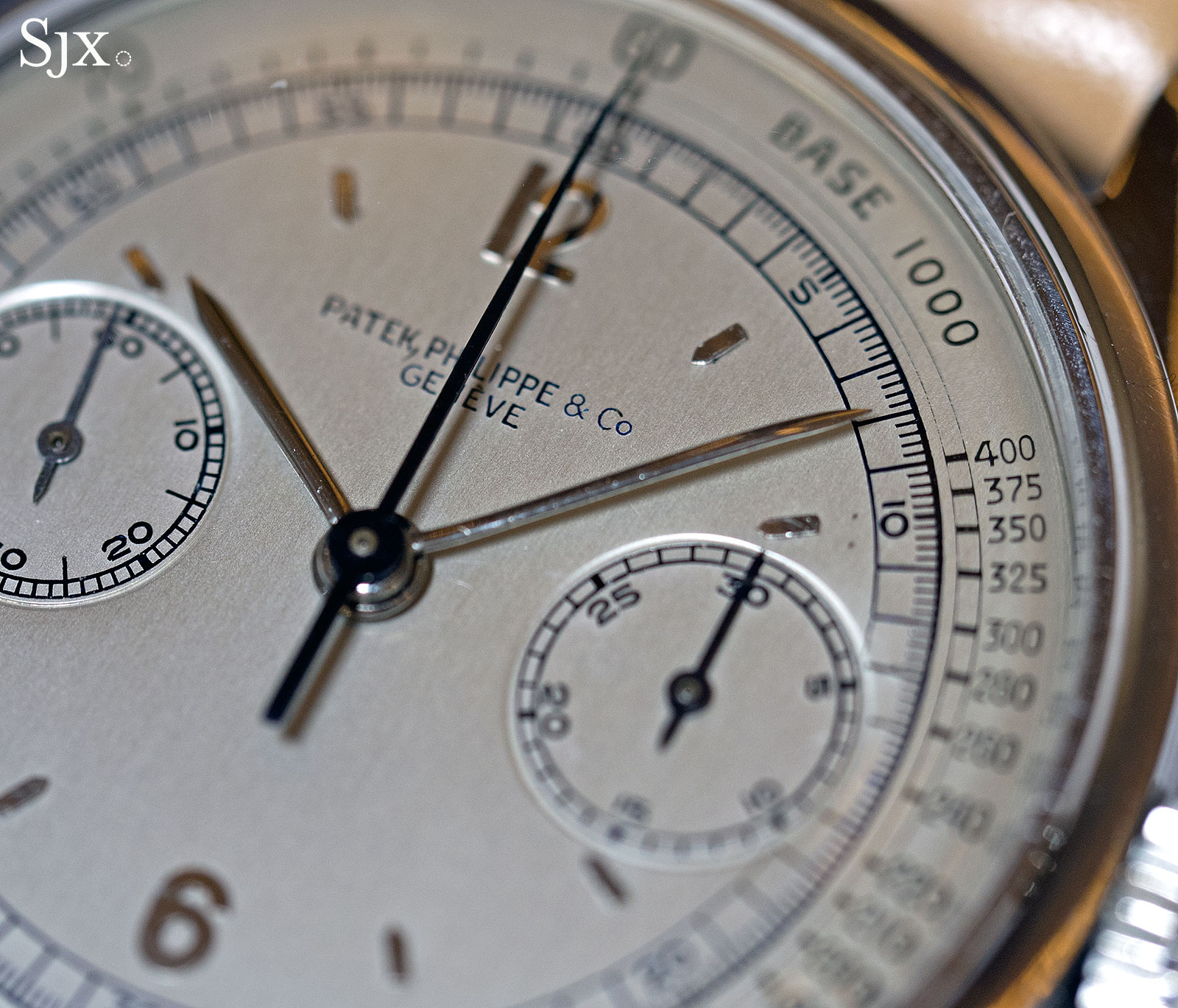
This steel ref. 530 chronograph was produced in 1943 and is a later example with wider, 21.5mm lugs (compared to 19mm on the first generation).
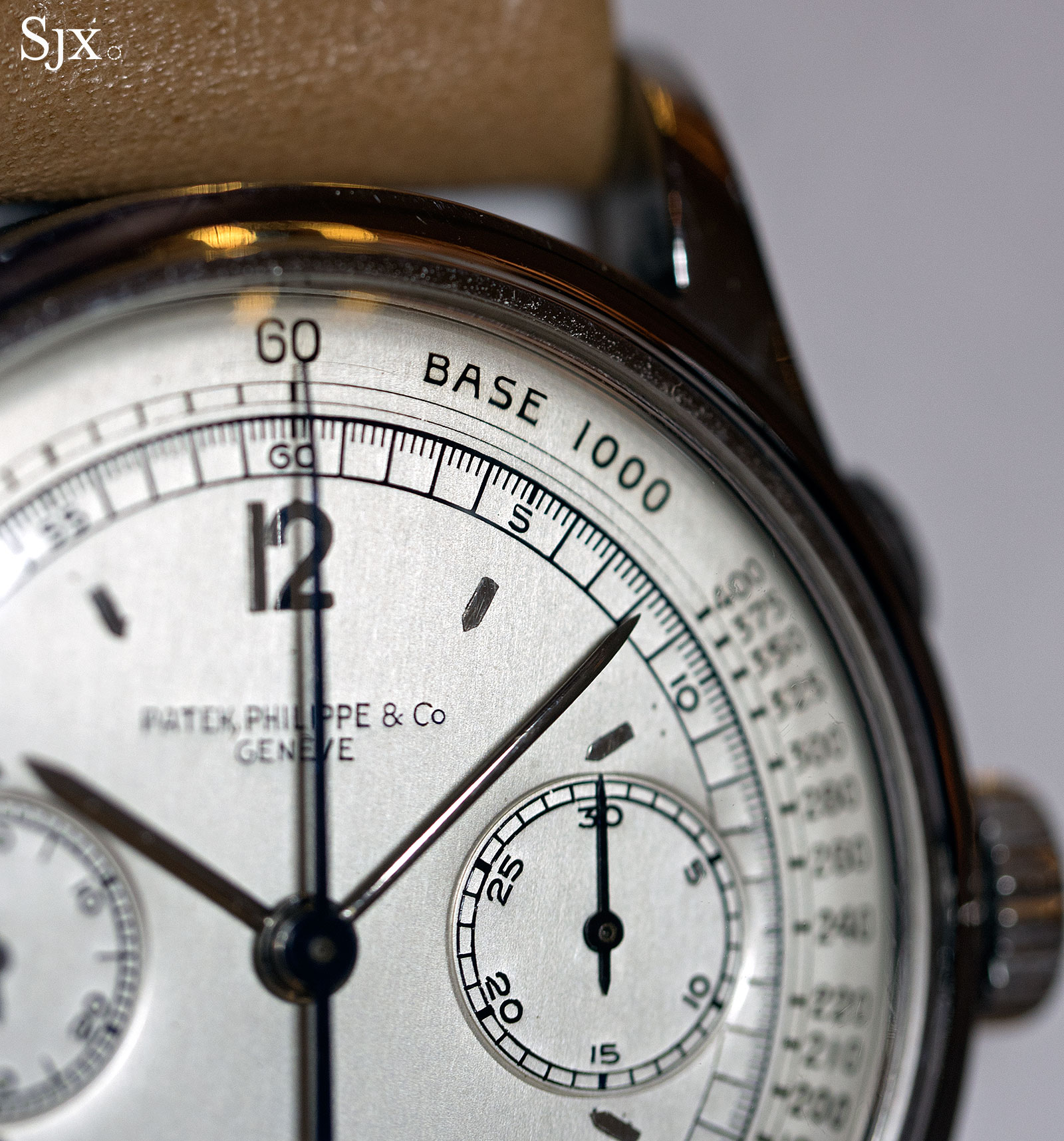
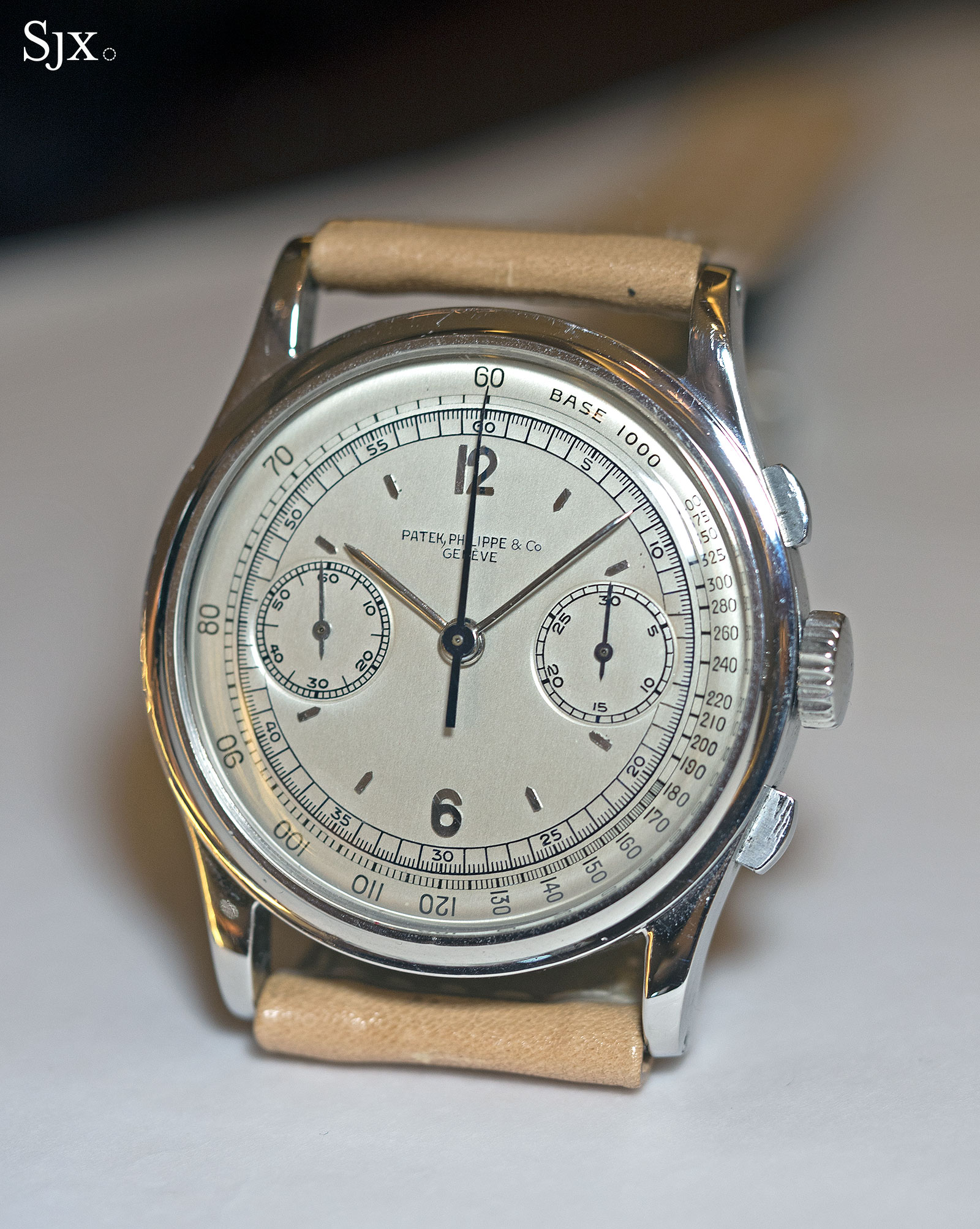
Notably, it’s complete with the original certificate as well as a 1952 service receipt. It was last sold in 2003 at Antiquorum for the equivalent of just over US$675,000. Now the estimate is HK$4.0m to HK$8.0m, or US$500,000 to US$1.0m.
Lot 1080 – Patek Philippe ref. 3670A
Probably the most valuable modern day Patek Philippe chronograph, the ref. 3670A was introduced as a 16-piece limited edition in 2011. They were the result of a chance find of 16 calibre 13-130 movements in a mythical attic when Patek Philippe renovated its Geneva boutique in 1996. Based on the Valjoux 23, the calibre 13-130 is a gorgeously refined calibre most commonly found in the ref. 130 chronograph.
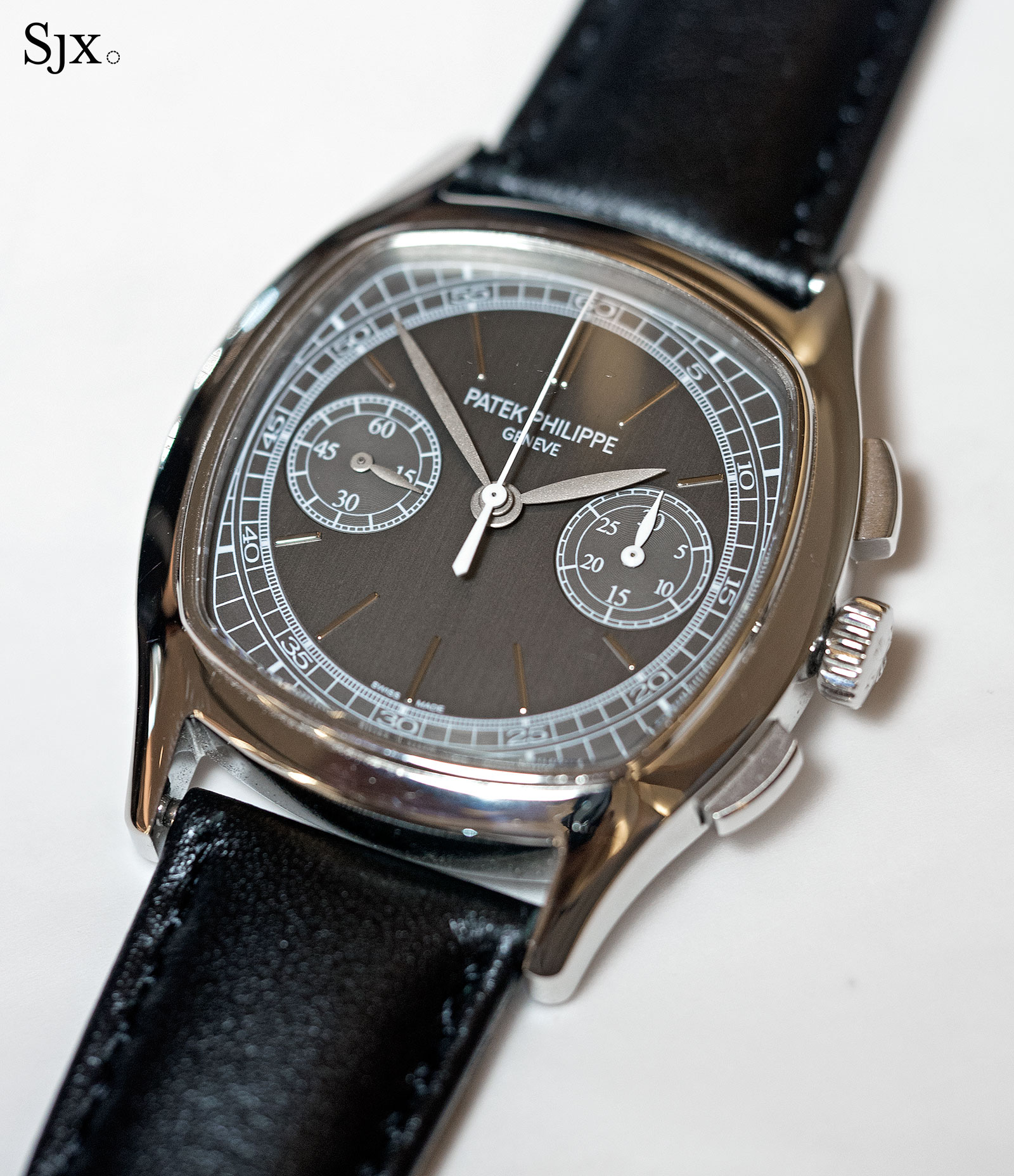
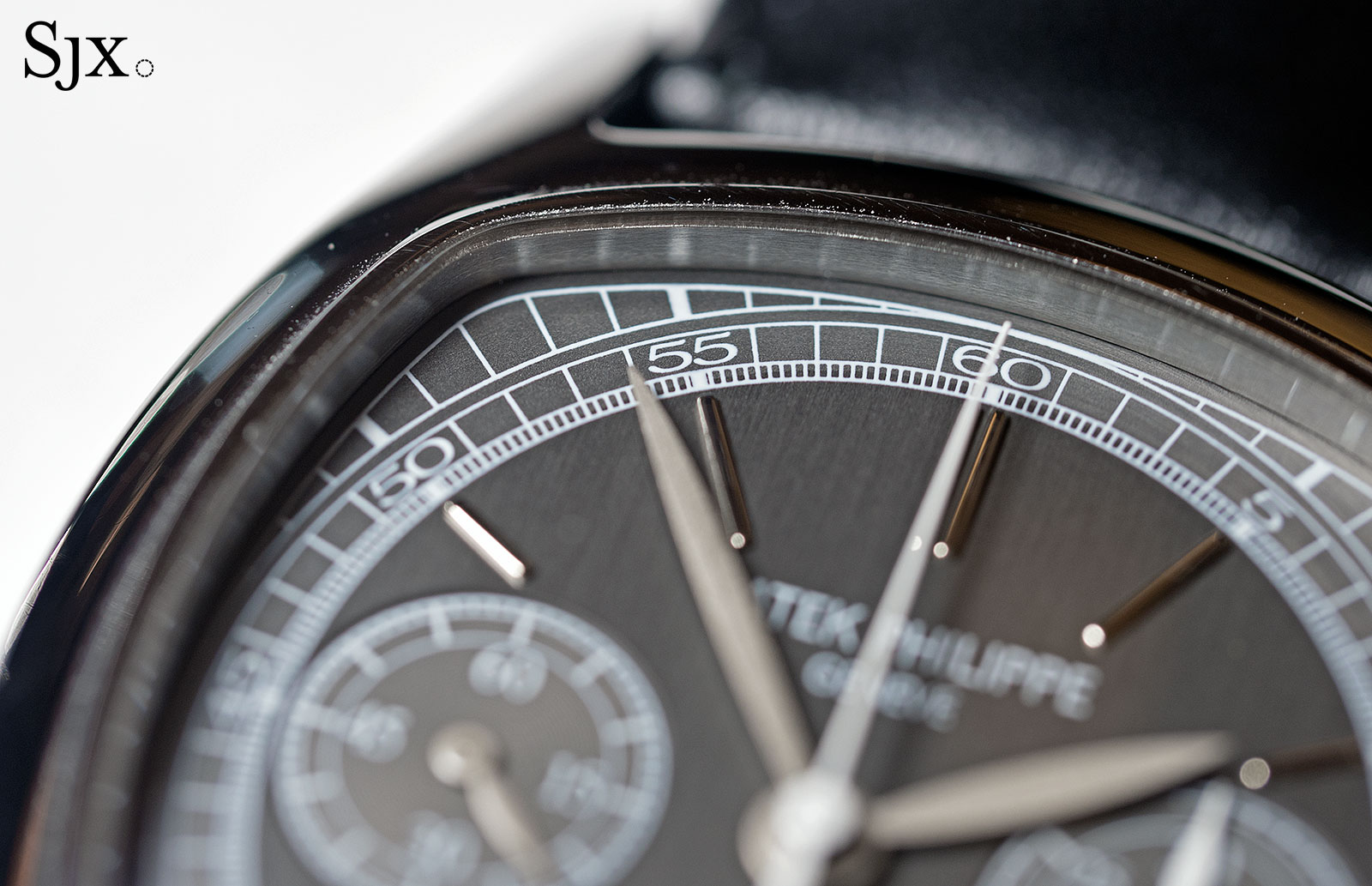
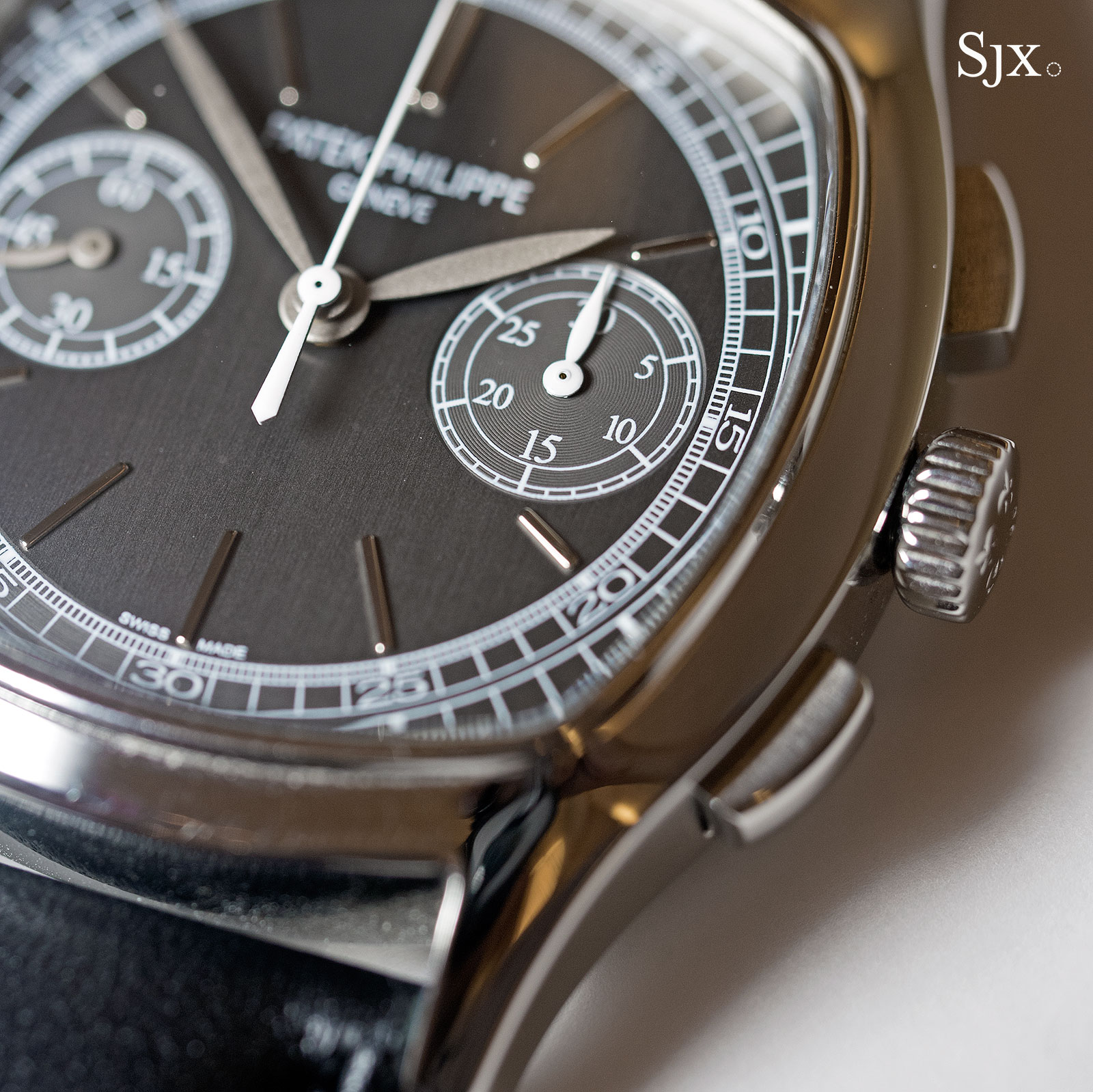
Dating to 1955, these rediscovered movements were cleaned and put into cushion-shaped steel cases with dark grey dials. Available only at Patek Philippe boutiques to key clients, they retailed for SFr240,000 at the time.
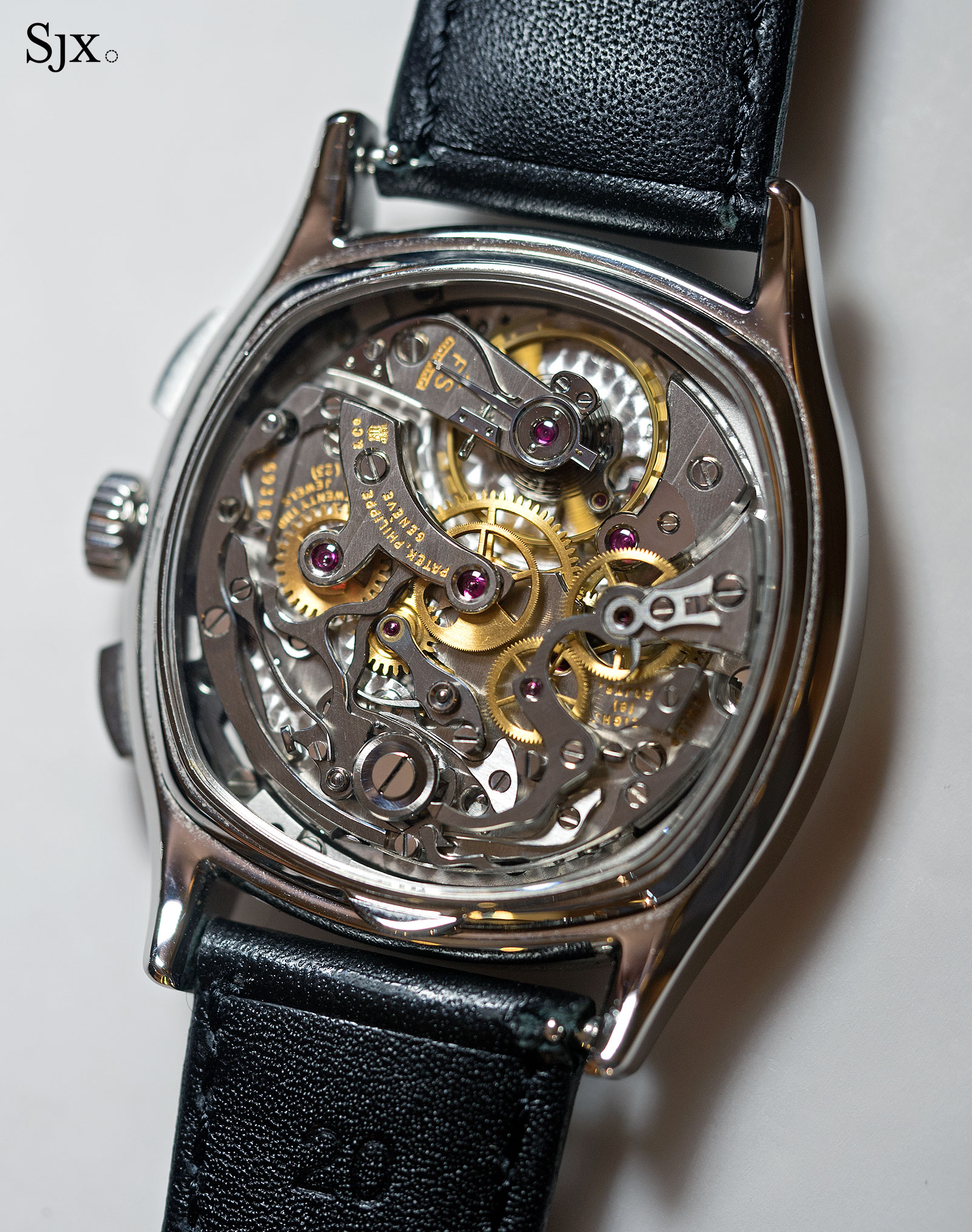
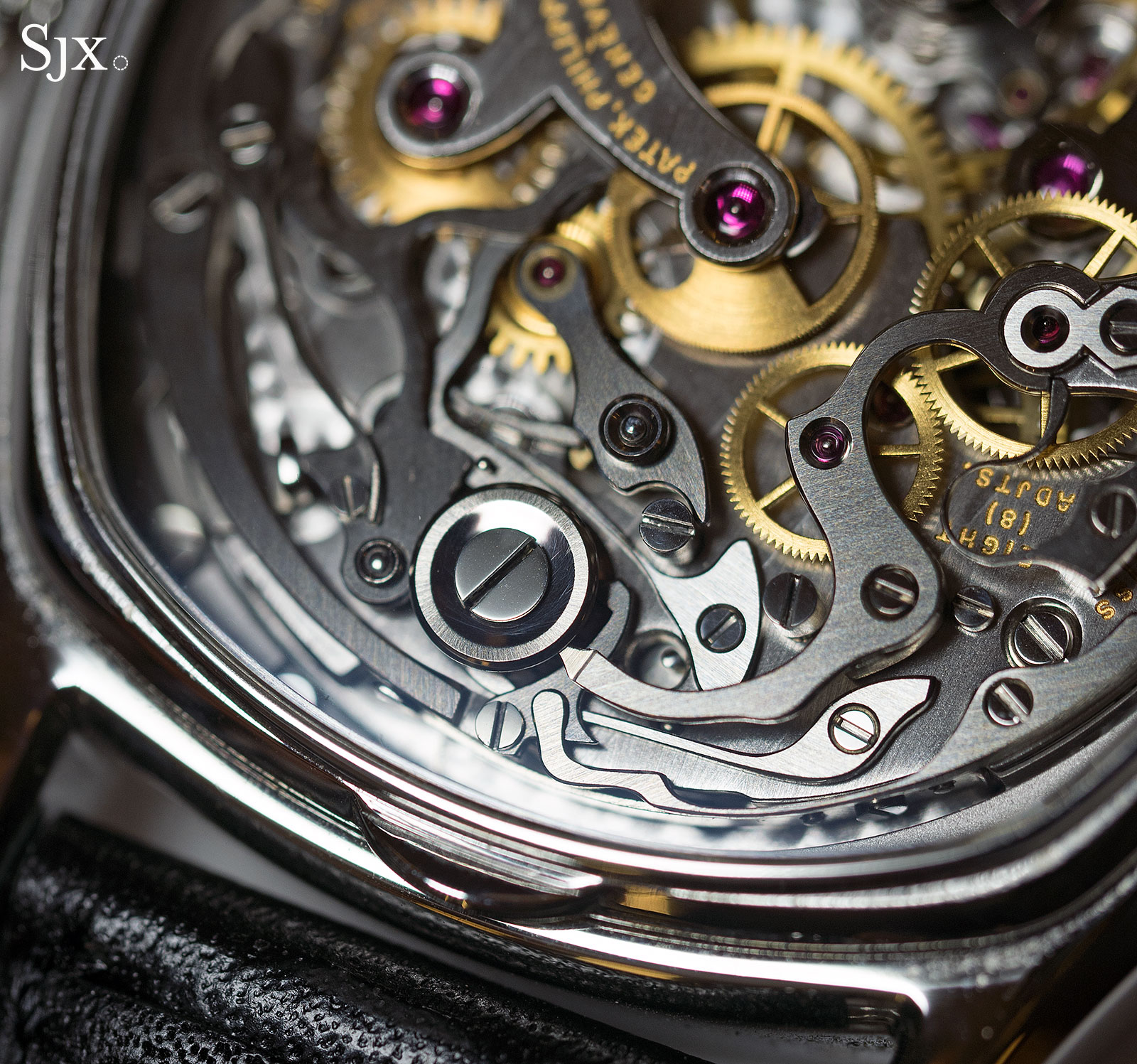
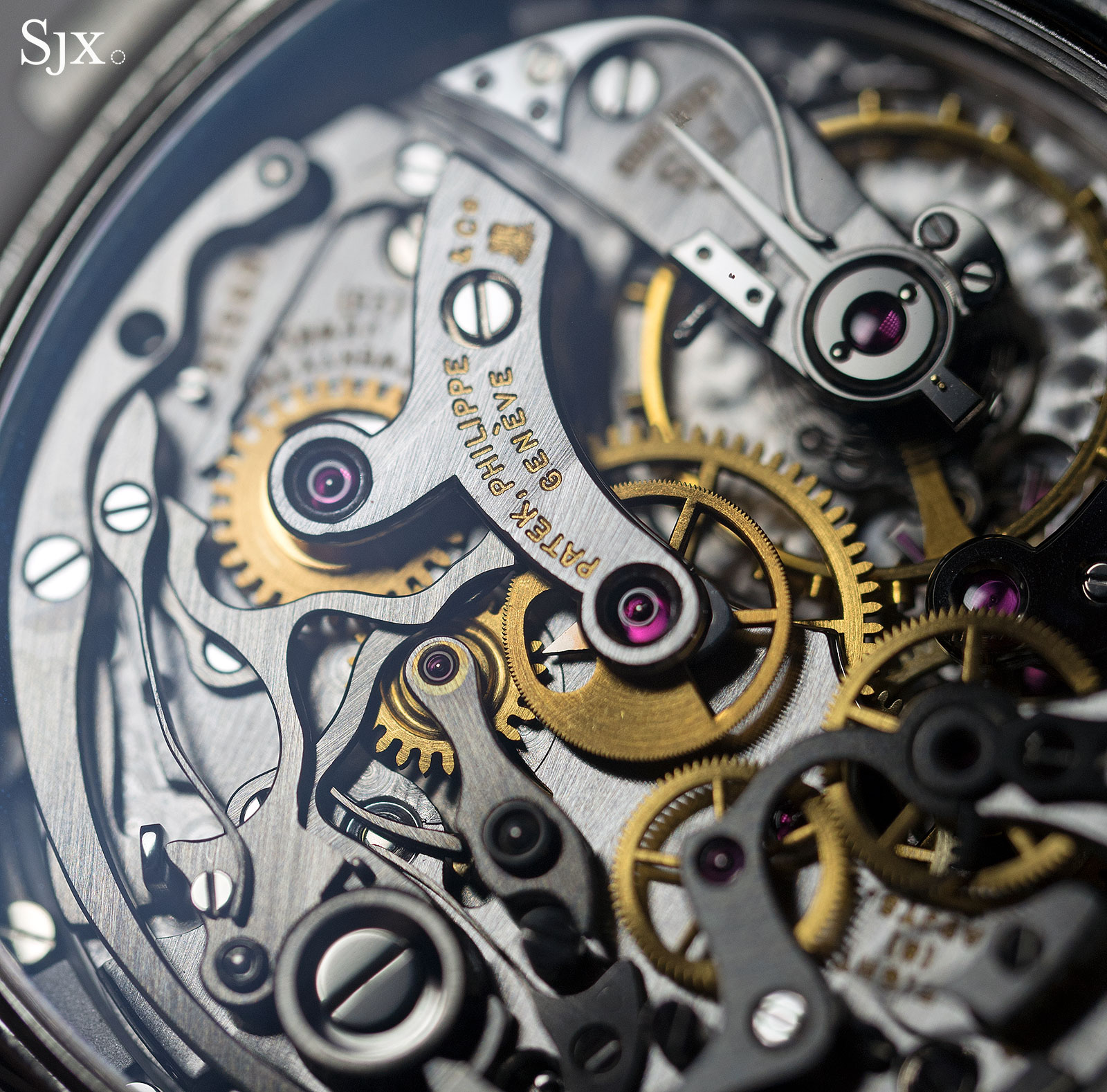
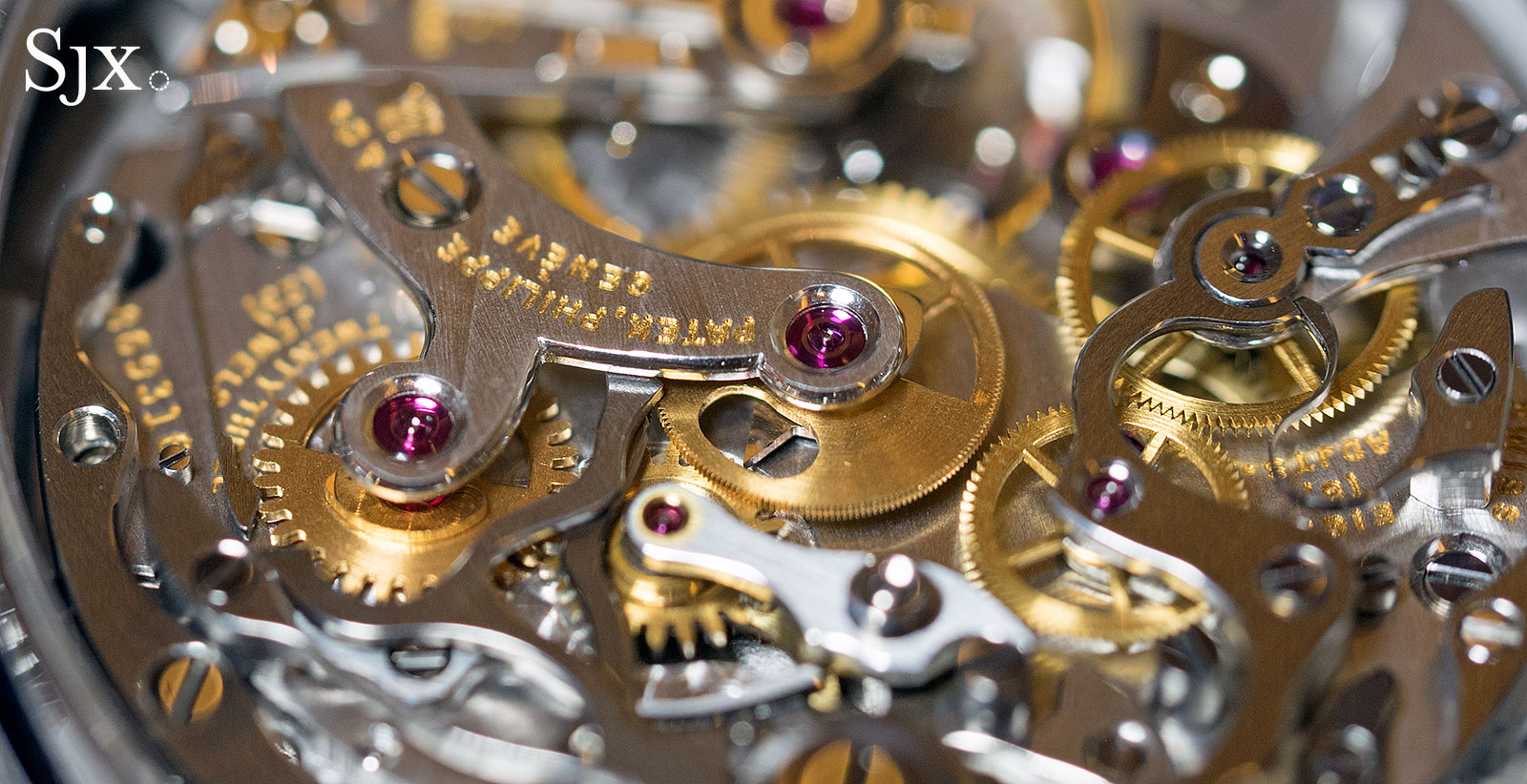
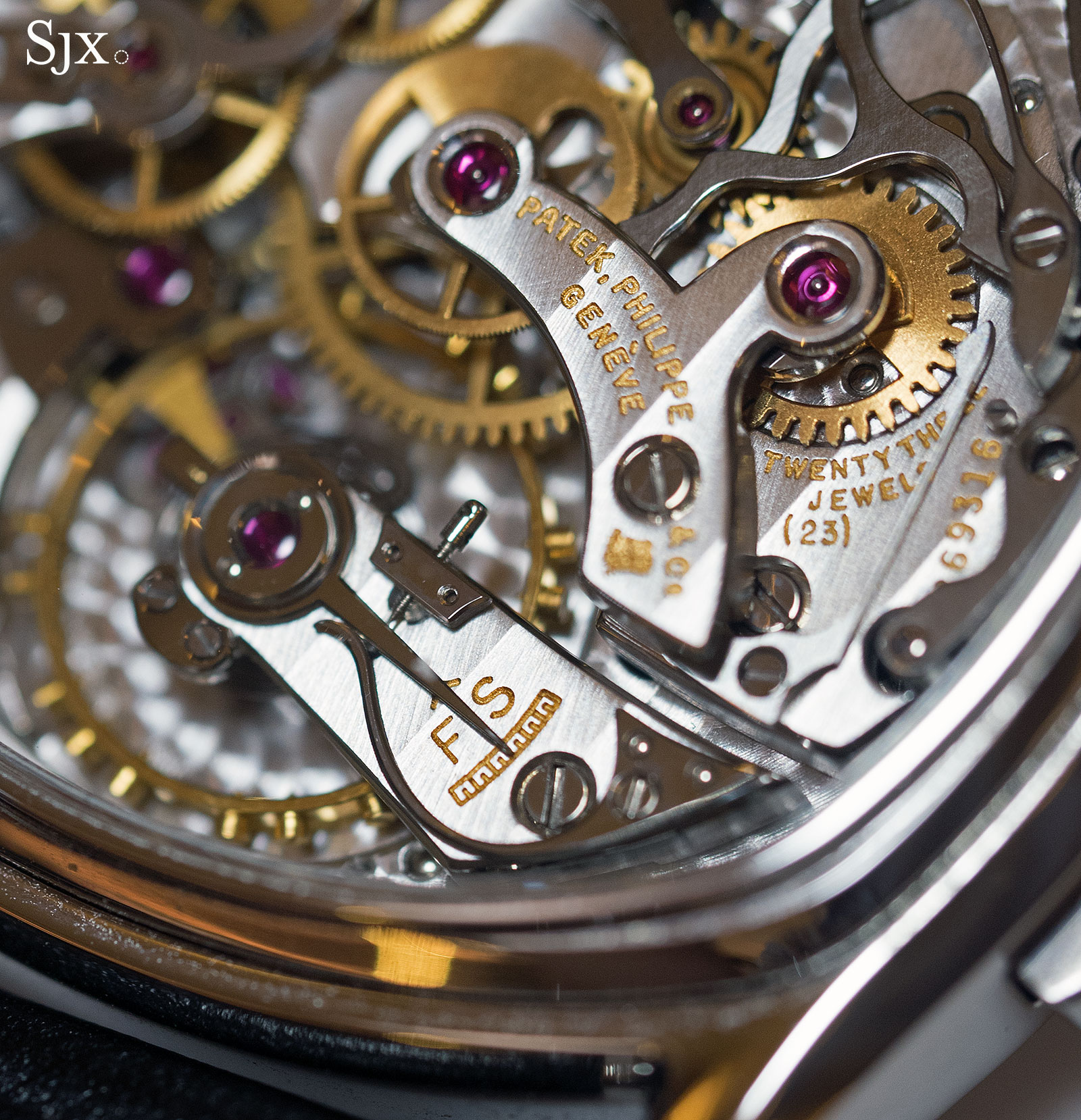
The exceptionally fine swan neck regulator is a work of art
This specimen of the ref. 3670A is the first one ever to appear at auction, and is estimated at HK$4.5m to HK$7.0m, or US$580,000 to US$900,000.
Lot 1149 – Patek Philippe ref. 5020R
Unlike the preceding watches, this is a contemporary wristwatch, but one that’s notably rare. Produced for a lengthy period from 1994 to 2002, the ref. 5020 is nonetheless infrequently encountered. Because it was unpopular when it was in production, few were produced. And this example is in pink gold, less common than the yellow gold version.
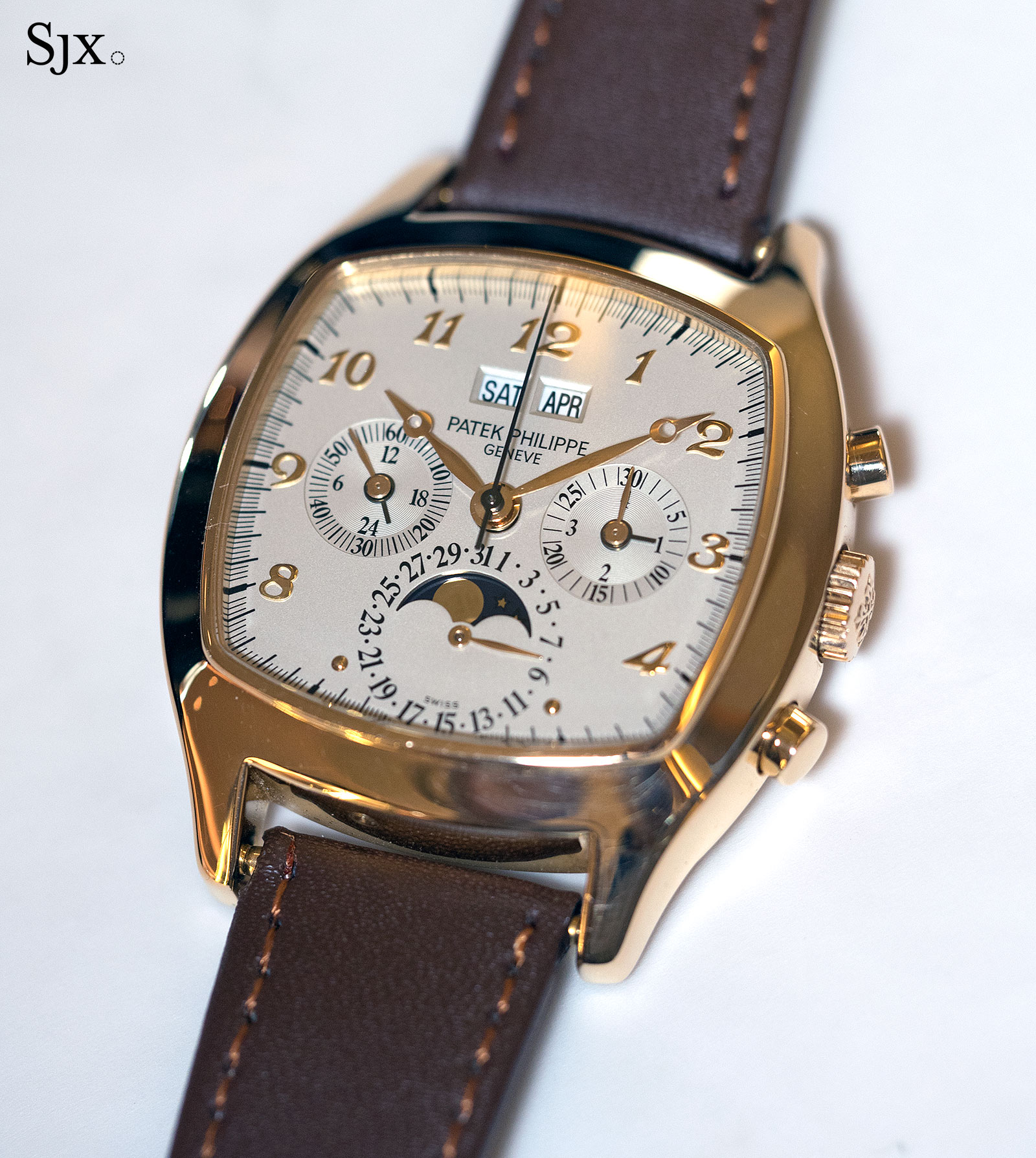
Regarded as somewhat ungainly while it was in the catalogue, the cushion- or TV-shaped case has grown more appealing over time. Unlike its peers from the same period, the ref. 5020 is feel substantially larger, giving it a more modern feel.
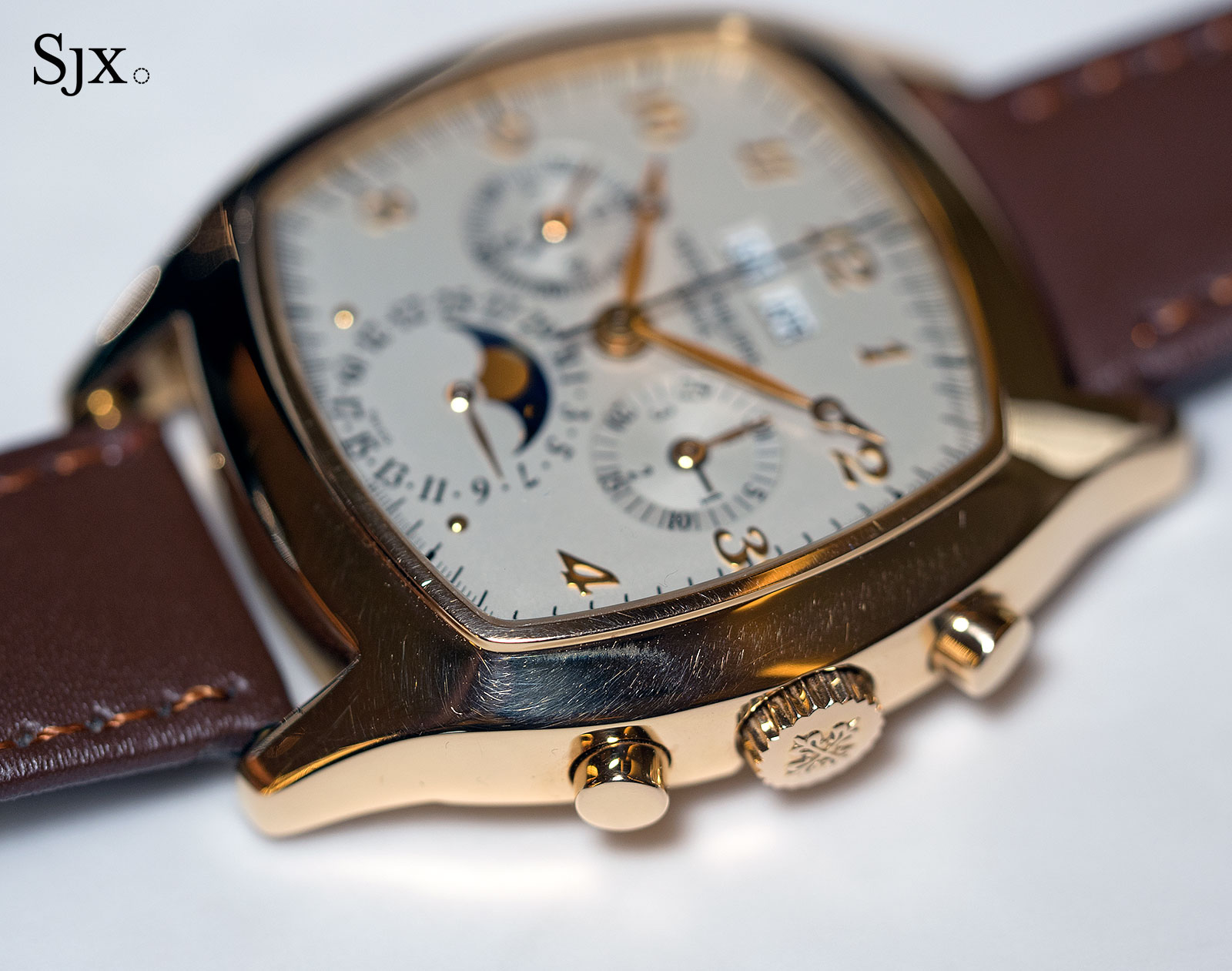
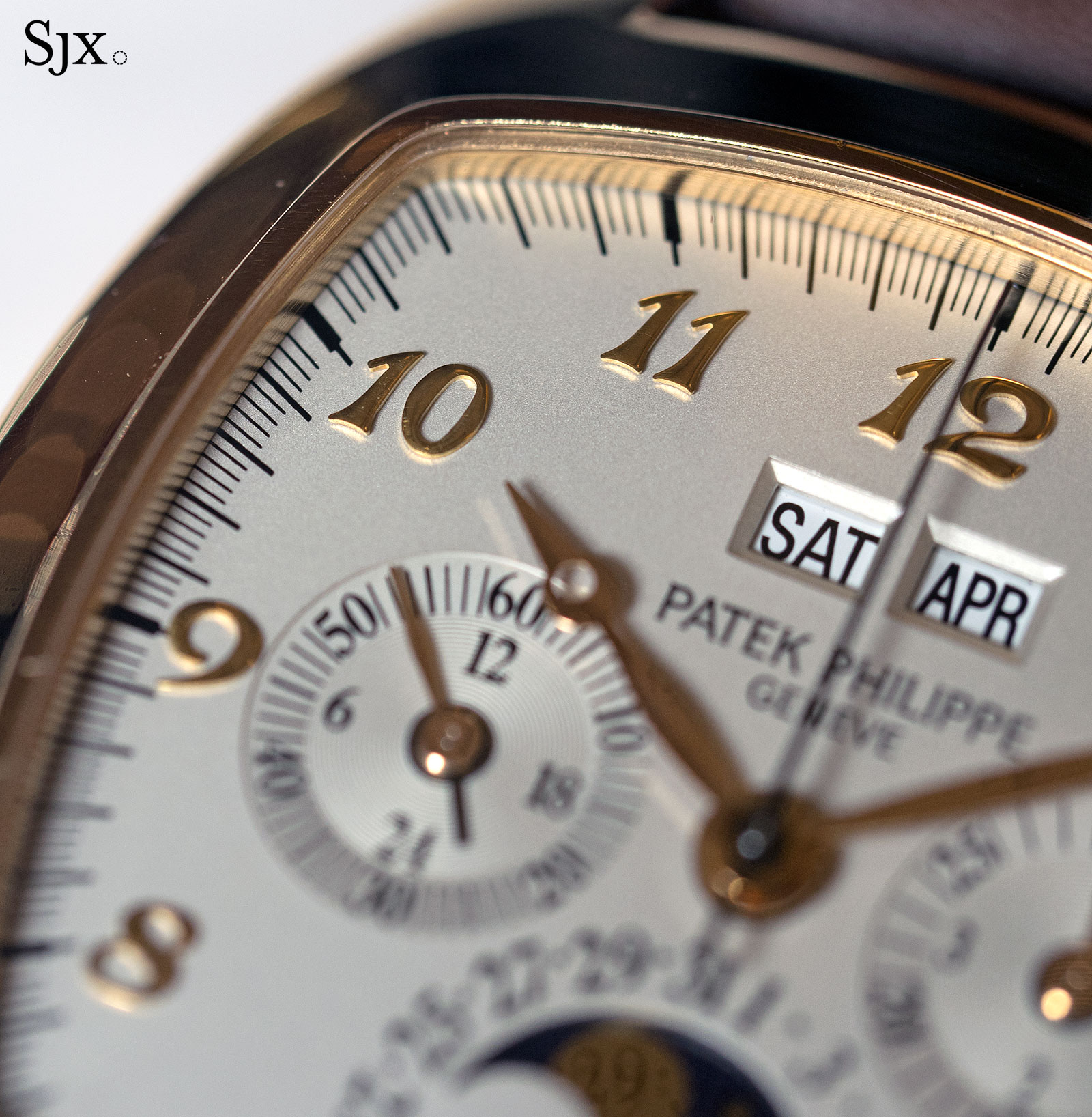
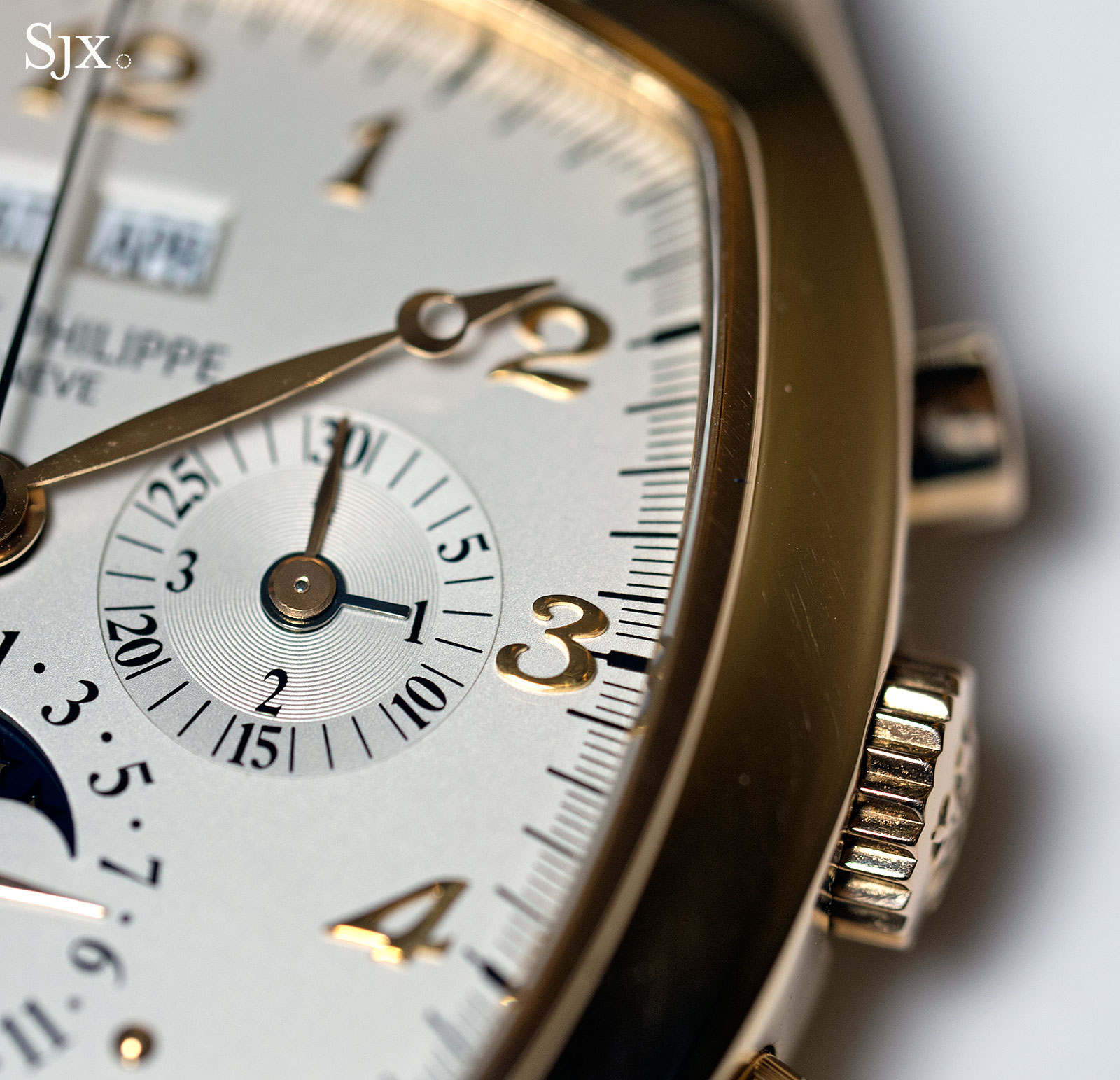
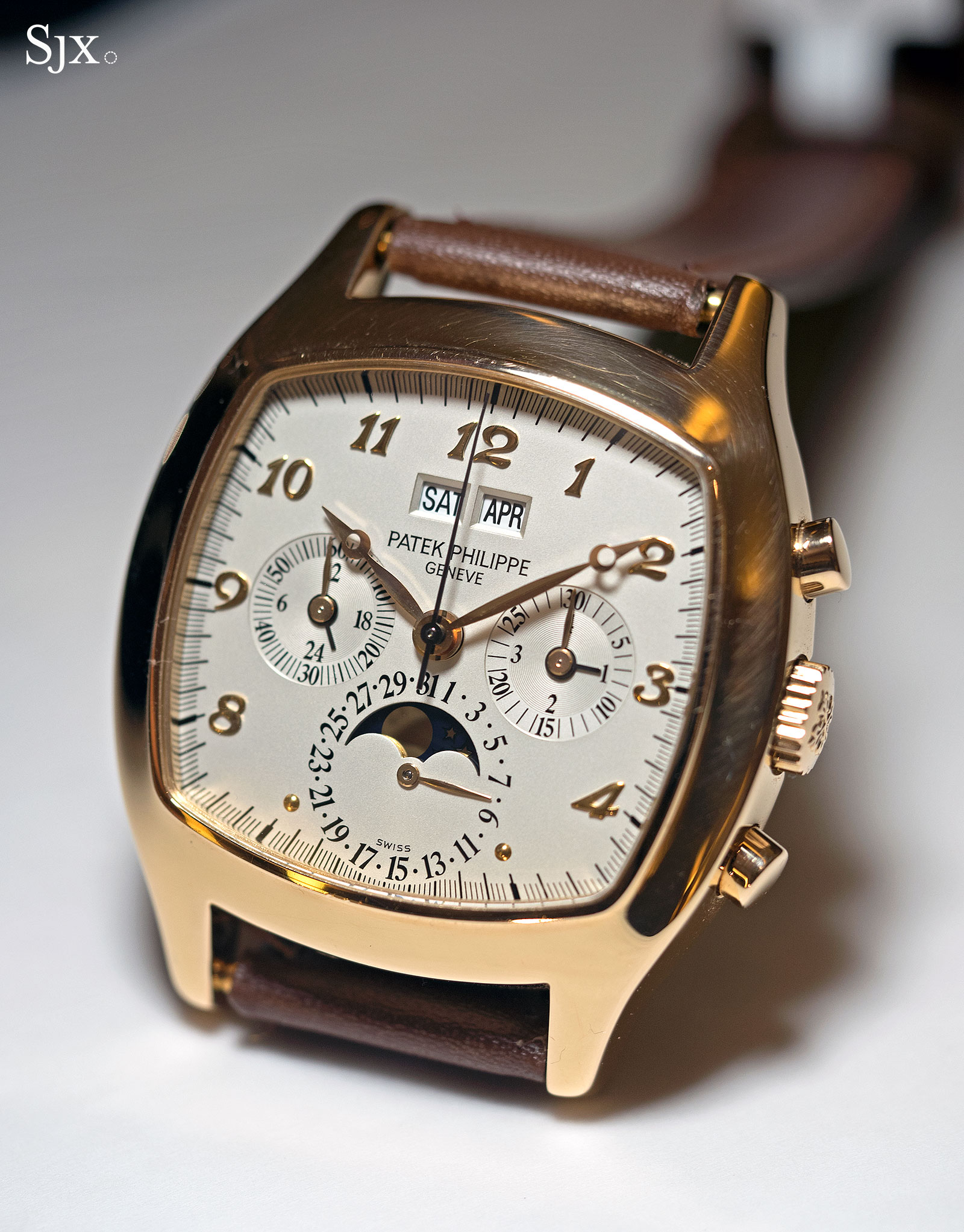
Mechanically this is identical to the ref. 3970 and later 5970, with the Lemania based CH27 movement inside.
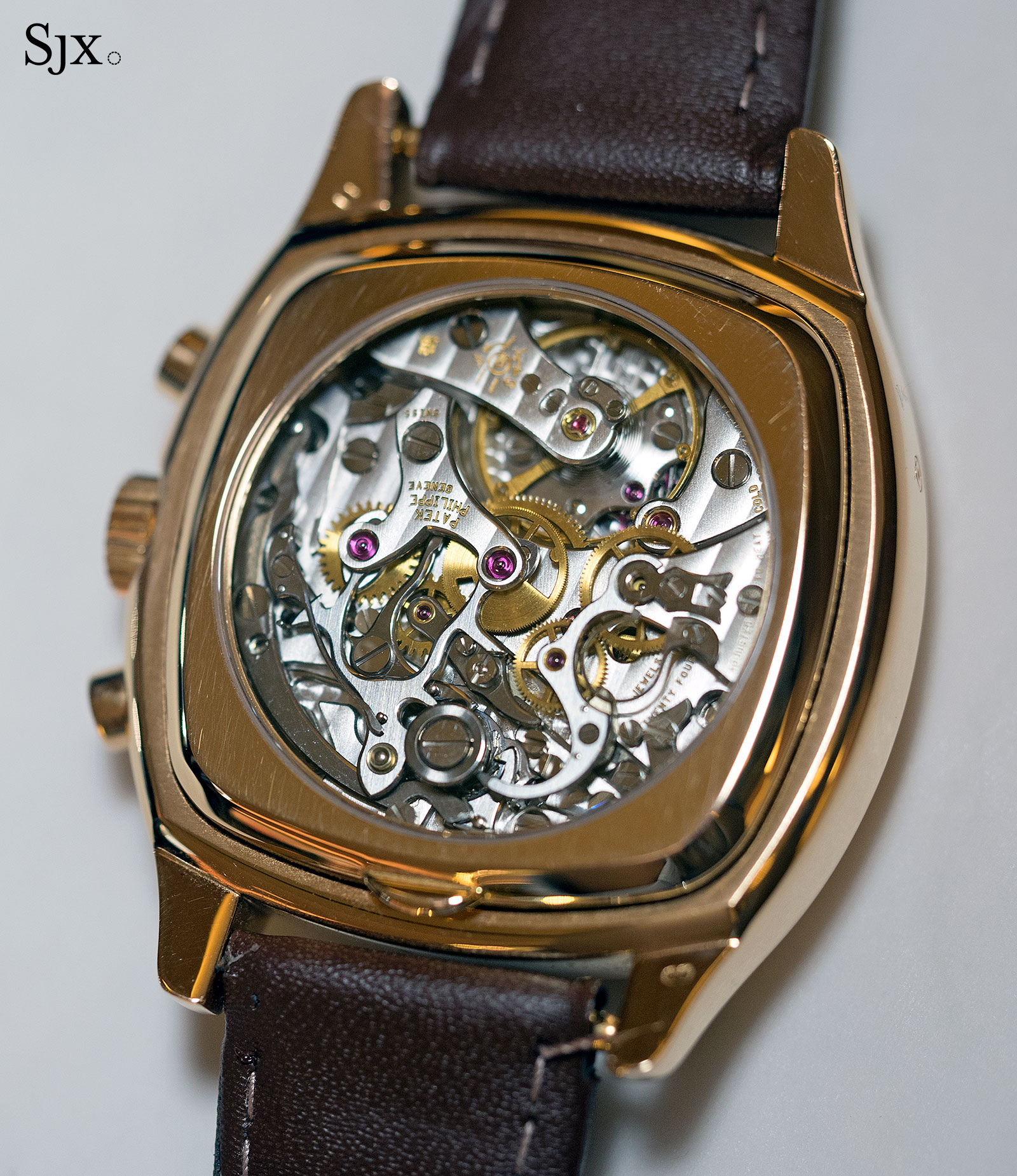
But because of its rarity, the ref. 5020 is worth double or even triple what the average ref. 3970 sells for. This has an estimate of HK$1,.4m to HK$2.0m, or US$180,000 to US$250,000.
Preview and auction details
The HKWA4 preview is open to the public and takes place from May 25 to 29, 10am to 6pm, at the Mandarin Oriental Hong Kong.
The auction will happen on May 30 at the same venue. The full catalogue is available here.
This was brought to you by Phillips.
Update May 28, 2017: Flaws on dial of ref. 2577 and chip on dial of ref. 2481 added.
Back to top.